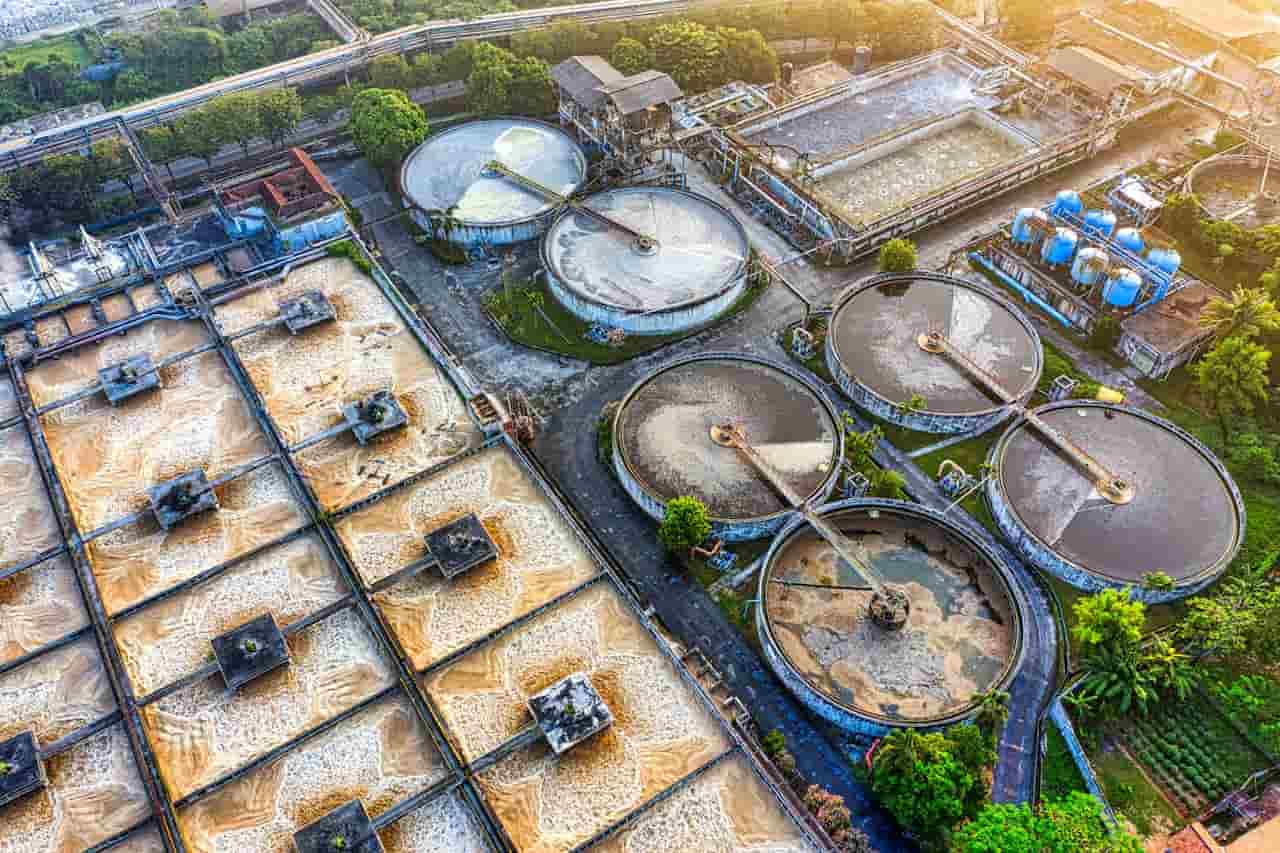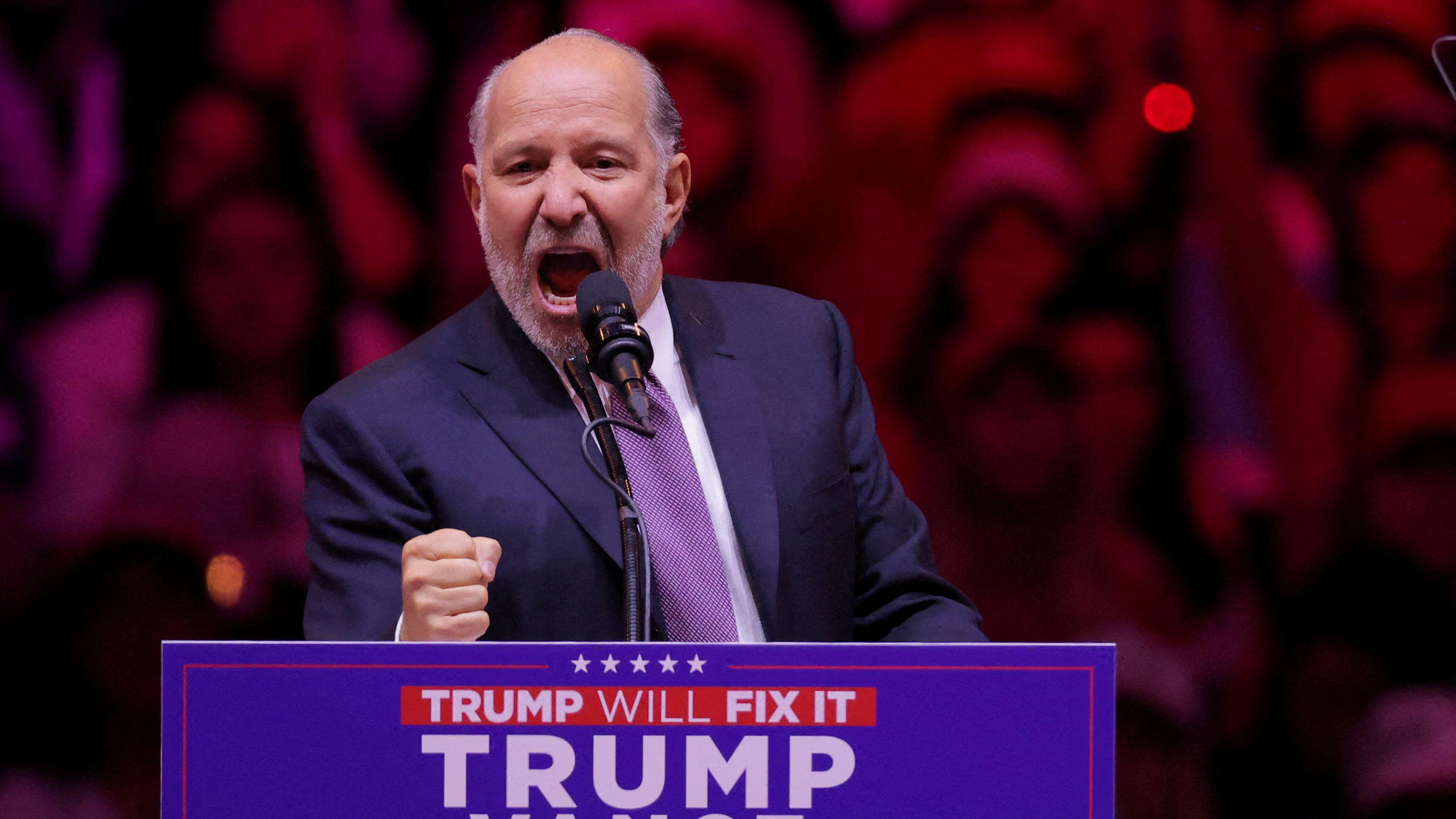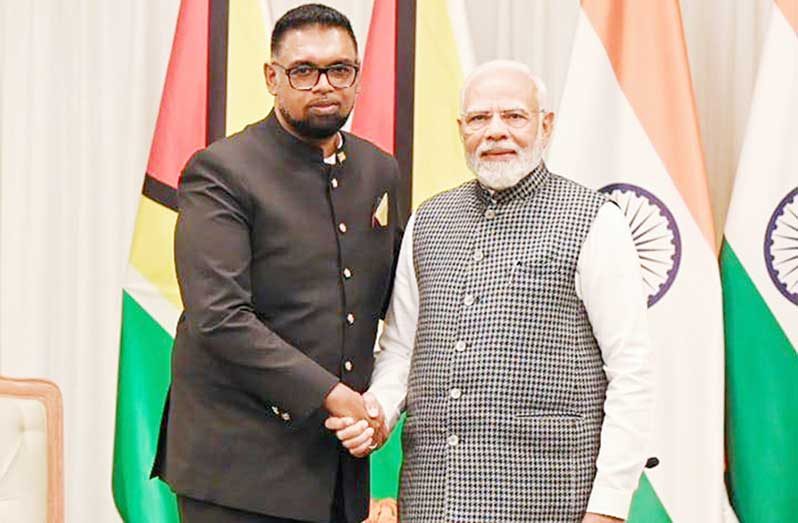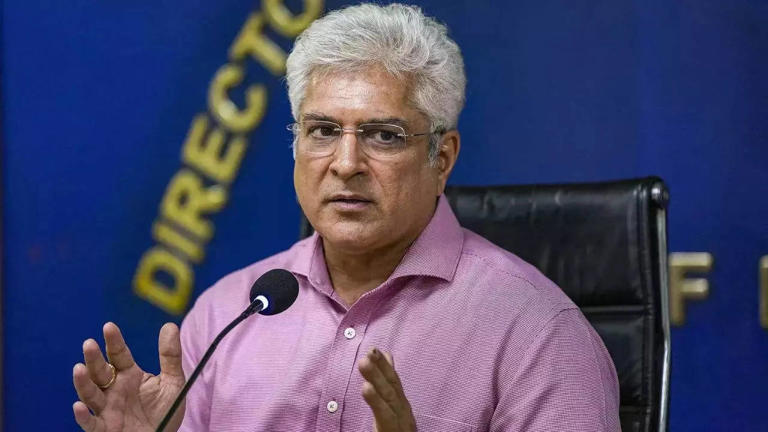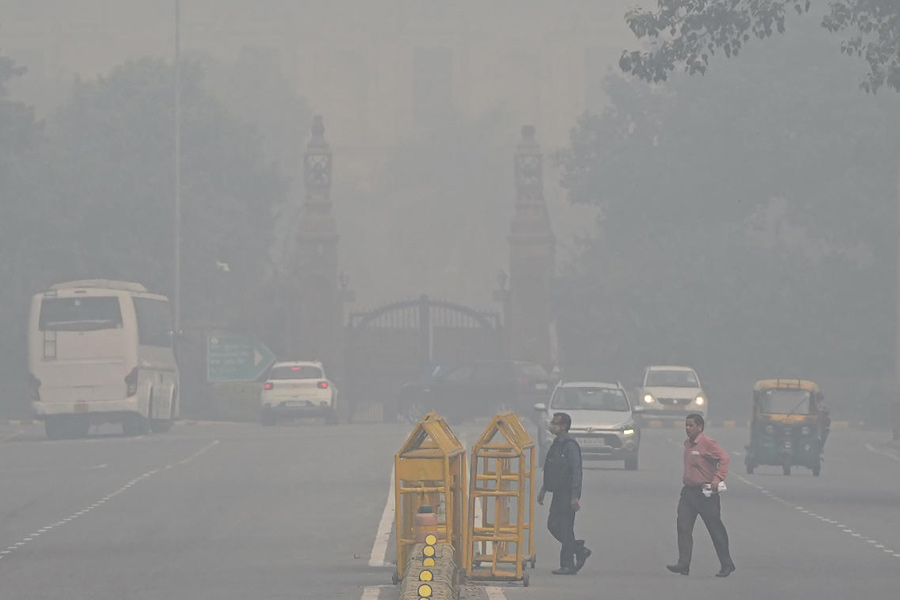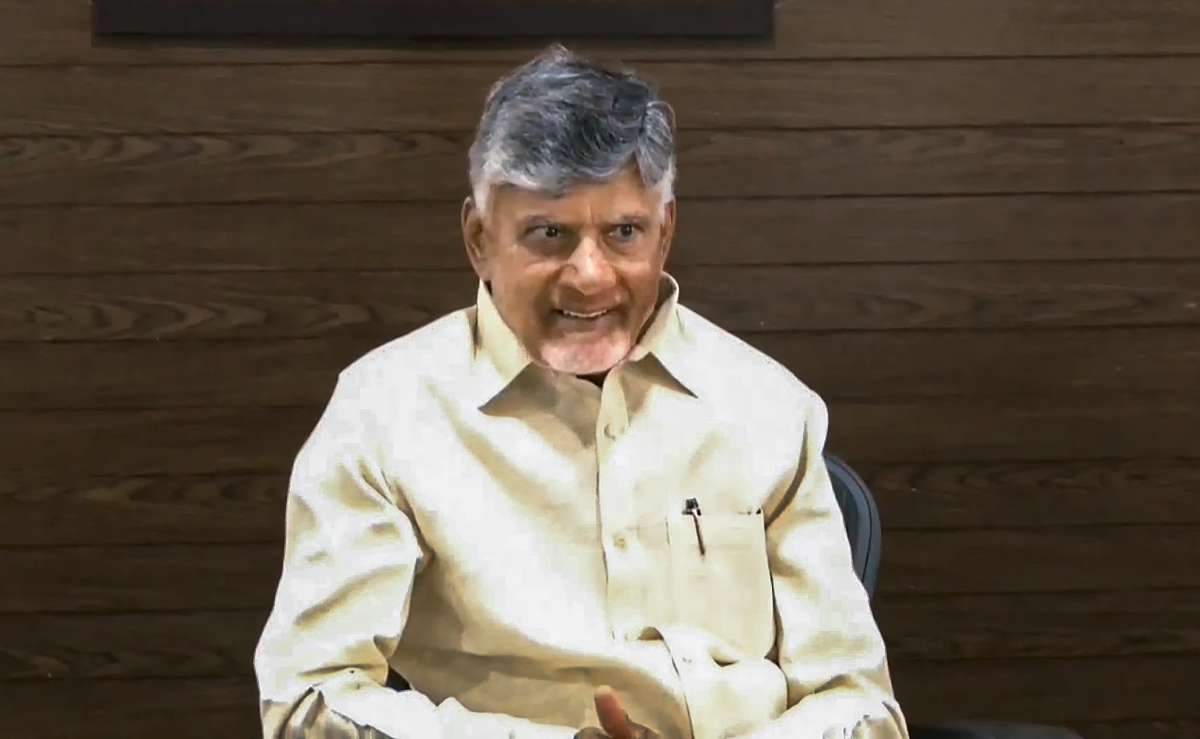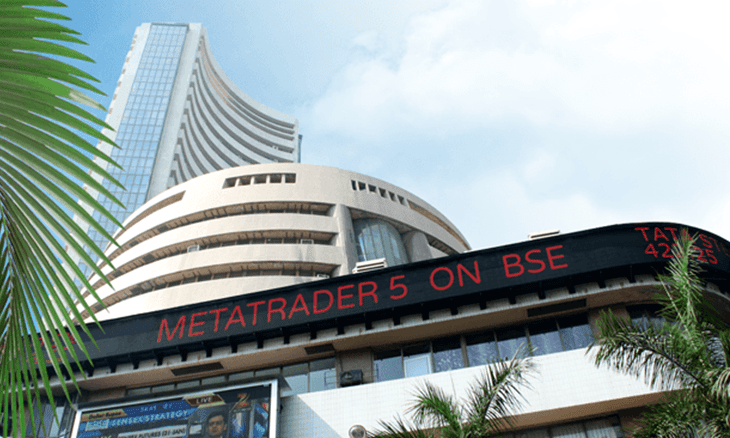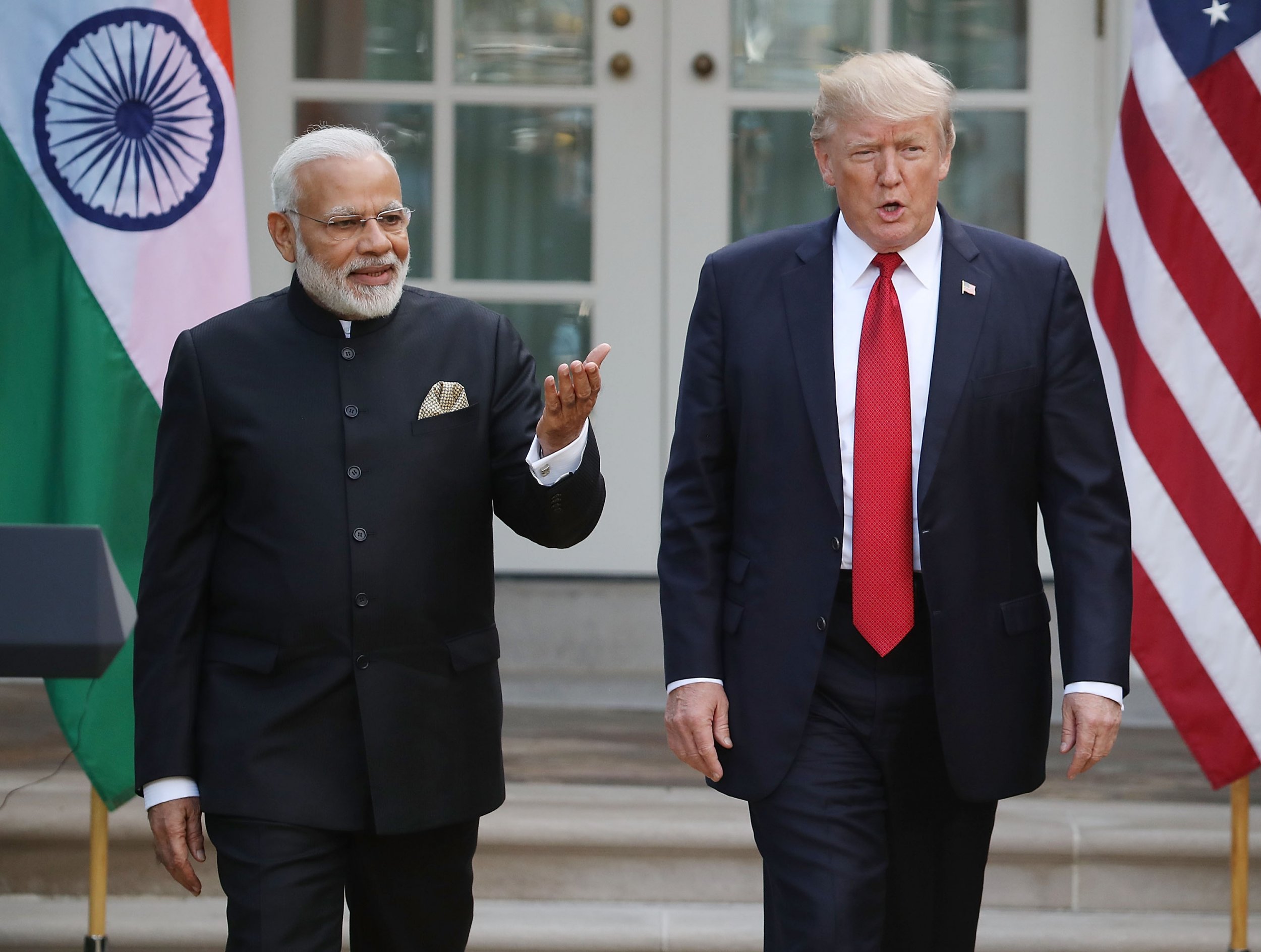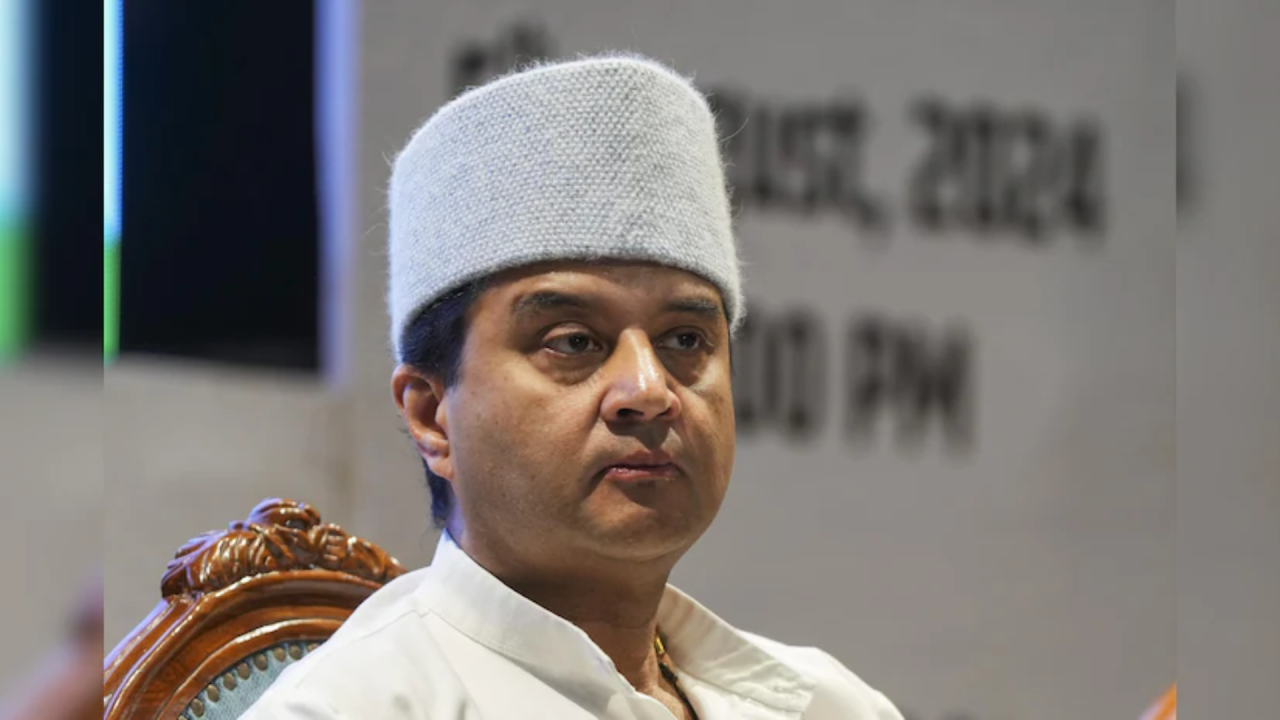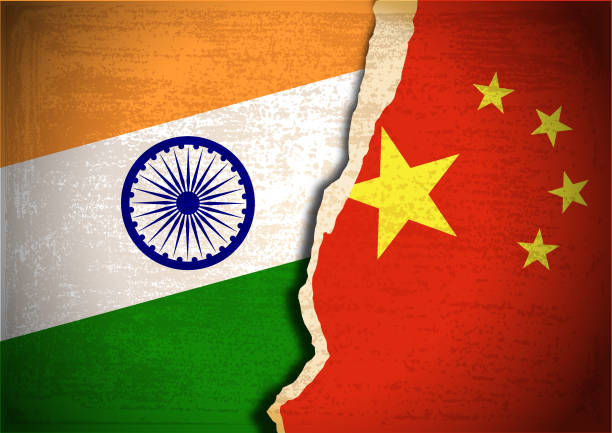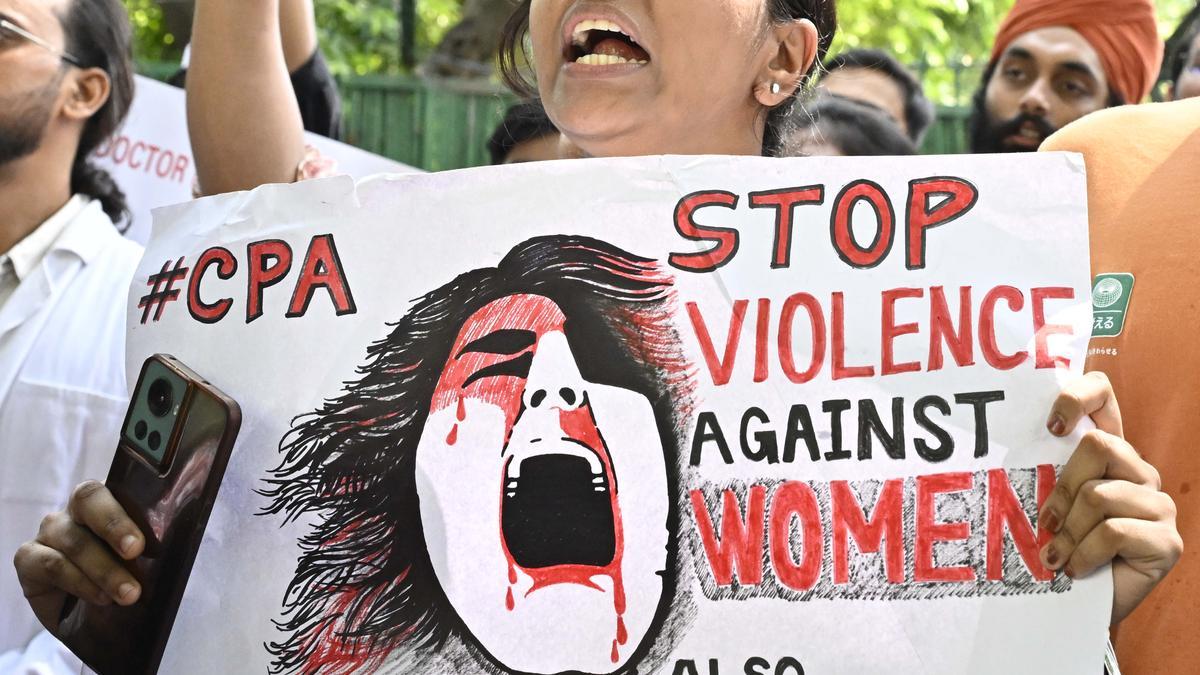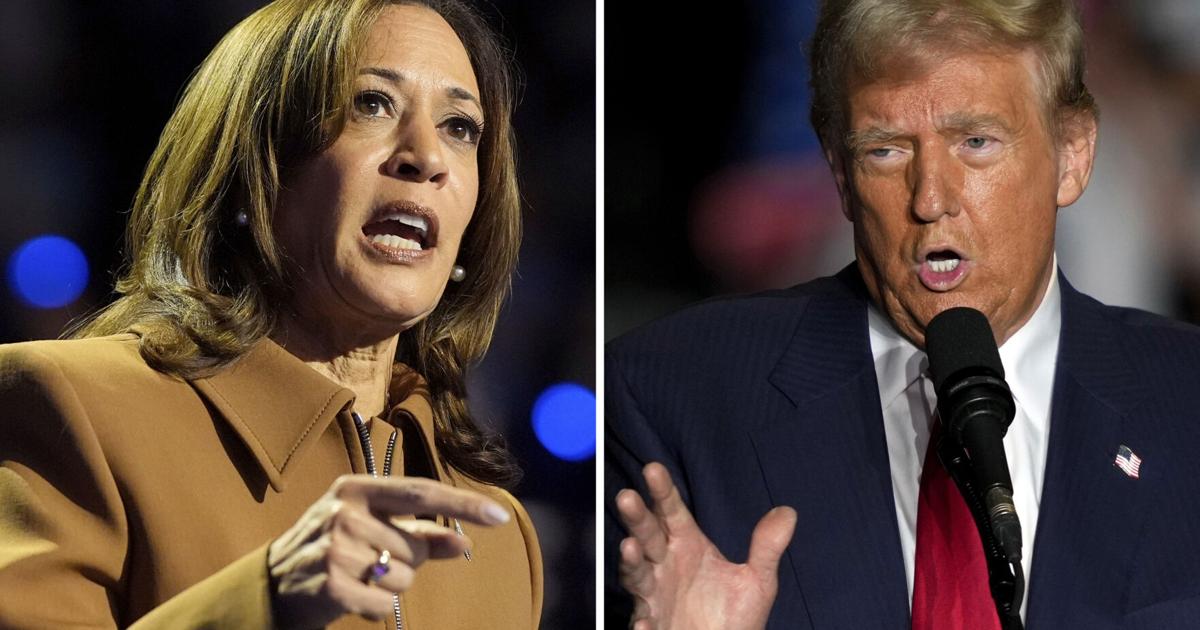Home / trending / Railways to Remove Kumbh Ads from Stations to Control Crowd Surge
Railways to Remove Kumbh Ads from Stations to Control Crowd Surge
By: My India Times
6 minutes read 175Updated At: 2025-02-18
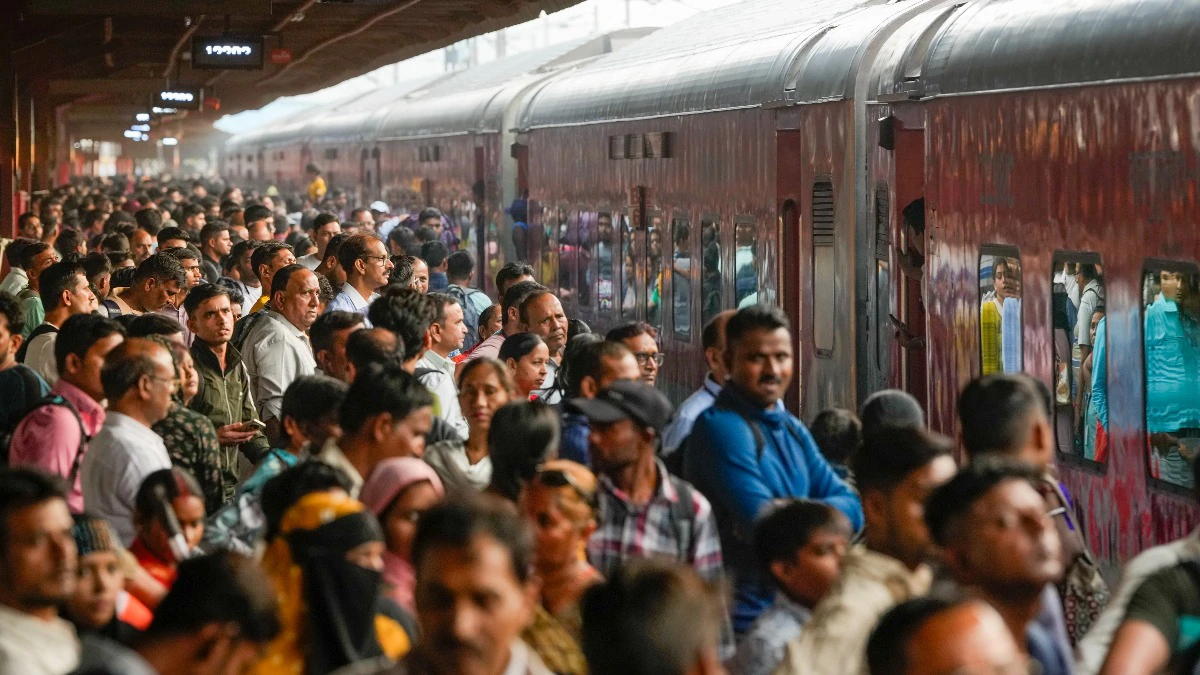
In a bid to manage overwhelming crowds and ensure passenger safety, Indian Railways is considering the removal of Kumbh Mela advertisements and promotional materials from major railway stations, particularly at the New Delhi Railway Station (NDLS). This move comes in response to the massive influx of devotees traveling to the Kumbh Mela, which has led to an unexpected surge in passengers. The decision follows a tragic stampede at NDLS, which claimed 15 lives and left 18 others injured.
Unprecedented Crowd Influx at NDLS
Two days after the stampede, officials acknowledged that the rush of Kumbh devotees at railway stations, especially at NDLS, was far greater than anticipated. The authorities had initially estimated a steady but manageable flow of pilgrims, but the turnout has exceeded expectations, causing severe overcrowding at key transit points.
Indian Railways is now exploring various crowd-control measures, including the removal of publicity materials that may further encourage devotees to undertake the journey. This strategic move aims to prevent additional surges in passenger numbers, which have already placed significant strain on station infrastructure and security arrangements.
Safety Concerns and the Aftermath of the Stampede
The tragic stampede at NDLS has raised serious concerns about crowd management during mass religious gatherings. According to initial reports, the stampede occurred due to an overwhelming number of people converging at the station simultaneously, leading to chaotic conditions. Panic and confusion among passengers exacerbated the situation, resulting in casualties and injuries.
The railway authorities, in collaboration with law enforcement agencies, have since intensified crowd management efforts. Measures such as regulated entry and exit points, enhanced police presence, and digital crowd monitoring systems are being implemented to prevent similar incidents in the future.
Impact of Kumbh Ads on Passenger Movement
Railway stations serve as crucial touchpoints for millions of travelers, and promotional advertisements play a significant role in influencing passenger behavior. The presence of Kumbh Mela-related ads at stations is believed to be one of the factors contributing to the unexpected rise in devotees opting for rail travel.
By removing these advertisements, Indian Railways hopes to achieve the following objectives:
Reduce the Visibility of Promotional Content – The absence of Kumbh-related posters, banners, and digital displays may subtly deter additional pilgrims from making impromptu travel plans.
Control Passenger Volume – With limited promotional influence, the number of new travelers seeking to reach the Kumbh Mela could decrease, easing congestion at railway stations.
Improve Safety Measures – Lower passenger density at stations will enhance safety and allow authorities to implement better crowd management strategies.
Optimize Railway Operations – Reduced overcrowding will facilitate smoother train operations, minimizing delays and disruptions caused by excessive passenger movement.
Balancing Devotion with Safety
The Kumbh Mela, one of the largest religious gatherings in the world, attracts millions of devotees who undertake the pilgrimage for spiritual fulfillment. However, ensuring their safety during transit remains a top priority for the authorities.
Indian Railways is working closely with the government and religious organizations to strike a balance between enabling pilgrimage travel and preventing potential hazards. While removing advertisements is a crucial step, additional measures are being explored to enhance crowd control, such as:
Special Train Services: Introducing additional train services with designated booking slots to distribute passenger load more evenly.
Strict Ticketing Policies: Enforcing stricter ticket booking regulations to prevent unauthorized travel and overcrowding.
Real-Time Crowd Monitoring: Deploying surveillance systems and artificial intelligence (AI)-driven analytics to monitor station density and predict congestion trends.
Public Awareness Campaigns: Educating travelers on alternative travel options and the importance of planning their trips in advance to avoid last-minute rushes.
Lessons from Past Events
Mass religious gatherings in India have historically posed logistical challenges, with incidents of overcrowding leading to unfortunate casualties. The tragic NDLS stampede serves as a stark reminder of the need for robust planning and proactive intervention.
Authorities are analyzing past case studies of crowd disasters and incorporating lessons learned into their current strategies. The focus is on leveraging technology, better coordination among agencies, and fostering public cooperation to prevent any recurrence of such incidents.
Public and Stakeholder Reactions
The decision to remove Kumbh-related ads has sparked mixed reactions among various stakeholders. While some religious groups have expressed concerns over the potential impact on pilgrimage turnout, safety experts and transportation analysts largely support the move.
Many passengers and travel experts believe that prioritizing safety over promotional efforts is a necessary step. Several social organizations and NGOs have also come forward to assist in spreading awareness about safe pilgrimage travel, advising devotees to plan their journeys mindfully and follow railway guidelines.
Moving Forward: A Sustainable Approach to Mass Travel
As India continues to host large-scale religious and cultural events, developing a sustainable approach to mass transit is essential. Beyond the immediate measures taken for Kumbh Mela, Indian Railways is expected to refine its long-term strategies for managing high-density travel scenarios.
Future initiatives may include:
Enhanced Infrastructure: Expanding station platforms, improving seating arrangements, and upgrading railway terminals to accommodate larger crowds.
Digitized Ticketing Systems: Implementing dynamic pricing and digital reservation mechanisms to regulate passenger numbers.
Collaboration with Private Sector: Engaging private transport providers to offer alternative travel options and reduce railway dependency during peak pilgrimage seasons.
AI-Powered Predictive Analytics: Utilizing AI to forecast crowd movement patterns and optimize train schedules accordingly.
Conclusion
The decision to remove Kumbh advertisements from railway stations underscores Indian Railways' commitment to passenger safety and efficient crowd management. While the Kumbh Mela remains a deeply revered religious event, ensuring safe and organized transit for devotees is of paramount importance.
By implementing a multi-faceted approach that combines strategic advertising policies, advanced technology, and public awareness, Indian Railways aims to mitigate risks and enhance the overall travel experience for millions of passengers. As the situation unfolds, ongoing assessments and adaptive measures will play a crucial role in preventing overcrowding and maintaining order at railway stations across the country.
....
In a bid to manage overwhelming crowds and ensure passenger safety, Indian Railways is considering the removal of Kumbh Mela advertisements and promotional materials from major railway stations, particularly at the New Delhi Railway Station (NDLS). This move comes in response to the massive influx of devotees traveling to the Kumbh Mela, which has led to an unexpected surge in passengers. The decision follows a tragic stampede at NDLS, which claimed 15 lives and left 18 others injured.
Unprecedented Crowd Influx at NDLS
Two days after the stampede, officials acknowledged that the rush of Kumbh devotees at railway stations, especially at NDLS, was far greater than anticipated. The authorities had initially estimated a steady but manageable flow of pilgrims, but the turnout has exceeded expectations, causing severe overcrowding at key transit points.
Indian Railways is now exploring various crowd-control measures, including the removal of publicity materials that may further encourage devotees to undertake the journey. This strategic move aims to prevent additional surges in passenger numbers, which have already placed significant strain on station infrastructure and security arrangements.
Safety Concerns and the Aftermath of the Stampede
The tragic stampede at NDLS has raised serious concerns about crowd management during mass religious gatherings. According to initial reports, the stampede occurred due to an overwhelming number of people converging at the station simultaneously, leading to chaotic conditions. Panic and confusion among passengers exacerbated the situation, resulting in casualties and injuries.
The railway authorities, in collaboration with law enforcement agencies, have since intensified crowd management efforts. Measures such as regulated entry and exit points, enhanced police presence, and digital crowd monitoring systems are being implemented to prevent similar incidents in the future.
Impact of Kumbh Ads on Passenger Movement
Railway stations serve as crucial touchpoints for millions of travelers, and promotional advertisements play a significant role in influencing passenger behavior. The presence of Kumbh Mela-related ads at stations is believed to be one of the factors contributing to the unexpected rise in devotees opting for rail travel.
By removing these advertisements, Indian Railways hopes to achieve the following objectives:
Reduce the Visibility of Promotional Content – The absence of Kumbh-related posters, banners, and digital displays may subtly deter additional pilgrims from making impromptu travel plans.
Control Passenger Volume – With limited promotional influence, the number of new travelers seeking to reach the Kumbh Mela could decrease, easing congestion at railway stations.
Improve Safety Measures – Lower passenger density at stations will enhance safety and allow authorities to implement better crowd management strategies.
Optimize Railway Operations – Reduced overcrowding will facilitate smoother train operations, minimizing delays and disruptions caused by excessive passenger movement.
Balancing Devotion with Safety
The Kumbh Mela, one of the largest religious gatherings in the world, attracts millions of devotees who undertake the pilgrimage for spiritual fulfillment. However, ensuring their safety during transit remains a top priority for the authorities.
Indian Railways is working closely with the government and religious organizations to strike a balance between enabling pilgrimage travel and preventing potential hazards. While removing advertisements is a crucial step, additional measures are being explored to enhance crowd control, such as:
Special Train Services: Introducing additional train services with designated booking slots to distribute passenger load more evenly.
Strict Ticketing Policies: Enforcing stricter ticket booking regulations to prevent unauthorized travel and overcrowding.
Real-Time Crowd Monitoring: Deploying surveillance systems and artificial intelligence (AI)-driven analytics to monitor station density and predict congestion trends.
Public Awareness Campaigns: Educating travelers on alternative travel options and the importance of planning their trips in advance to avoid last-minute rushes.
Lessons from Past Events
Mass religious gatherings in India have historically posed logistical challenges, with incidents of overcrowding leading to unfortunate casualties. The tragic NDLS stampede serves as a stark reminder of the need for robust planning and proactive intervention.
Authorities are analyzing past case studies of crowd disasters and incorporating lessons learned into their current strategies. The focus is on leveraging technology, better coordination among agencies, and fostering public cooperation to prevent any recurrence of such incidents.
Public and Stakeholder Reactions
The decision to remove Kumbh-related ads has sparked mixed reactions among various stakeholders. While some religious groups have expressed concerns over the potential impact on pilgrimage turnout, safety experts and transportation analysts largely support the move.
Many passengers and travel experts believe that prioritizing safety over promotional efforts is a necessary step. Several social organizations and NGOs have also come forward to assist in spreading awareness about safe pilgrimage travel, advising devotees to plan their journeys mindfully and follow railway guidelines.
Moving Forward: A Sustainable Approach to Mass Travel
As India continues to host large-scale religious and cultural events, developing a sustainable approach to mass transit is essential. Beyond the immediate measures taken for Kumbh Mela, Indian Railways is expected to refine its long-term strategies for managing high-density travel scenarios.
Future initiatives may include:
Enhanced Infrastructure: Expanding station platforms, improving seating arrangements, and upgrading railway terminals to accommodate larger crowds.
Digitized Ticketing Systems: Implementing dynamic pricing and digital reservation mechanisms to regulate passenger numbers.
Collaboration with Private Sector: Engaging private transport providers to offer alternative travel options and reduce railway dependency during peak pilgrimage seasons.
AI-Powered Predictive Analytics: Utilizing AI to forecast crowd movement patterns and optimize train schedules accordingly.
Conclusion
The decision to remove Kumbh advertisements from railway stations underscores Indian Railways' commitment to passenger safety and efficient crowd management. While the Kumbh Mela remains a deeply revered religious event, ensuring safe and organized transit for devotees is of paramount importance.
By implementing a multi-faceted approach that combines strategic advertising policies, advanced technology, and public awareness, Indian Railways aims to mitigate risks and enhance the overall travel experience for millions of passengers. As the situation unfolds, ongoing assessments and adaptive measures will play a crucial role in preventing overcrowding and maintaining order at railway stations across the country.
By: My India Times
Updated At: 2025-02-18
Tags: trending News | My India Times News | Trending News | Travel News
Join our WhatsApp Channel

Similiar News
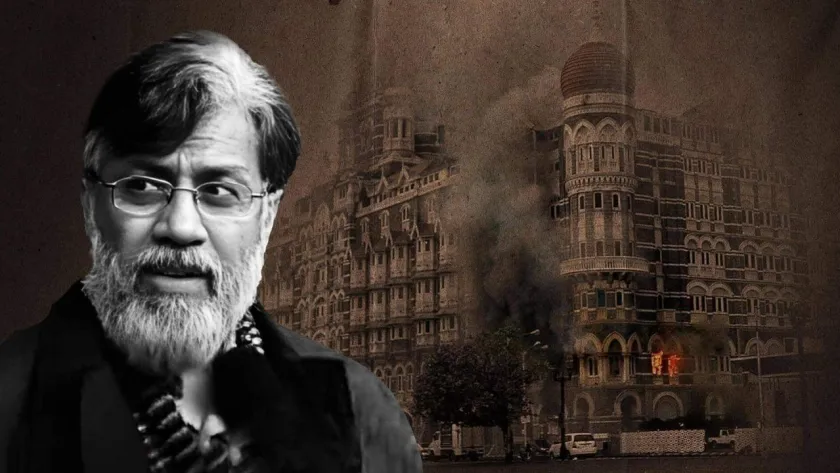
US Supreme Court Rejects 26/11 Accused Tahawwur Rana’s Plea to Block Extradition to India
2025-03-08
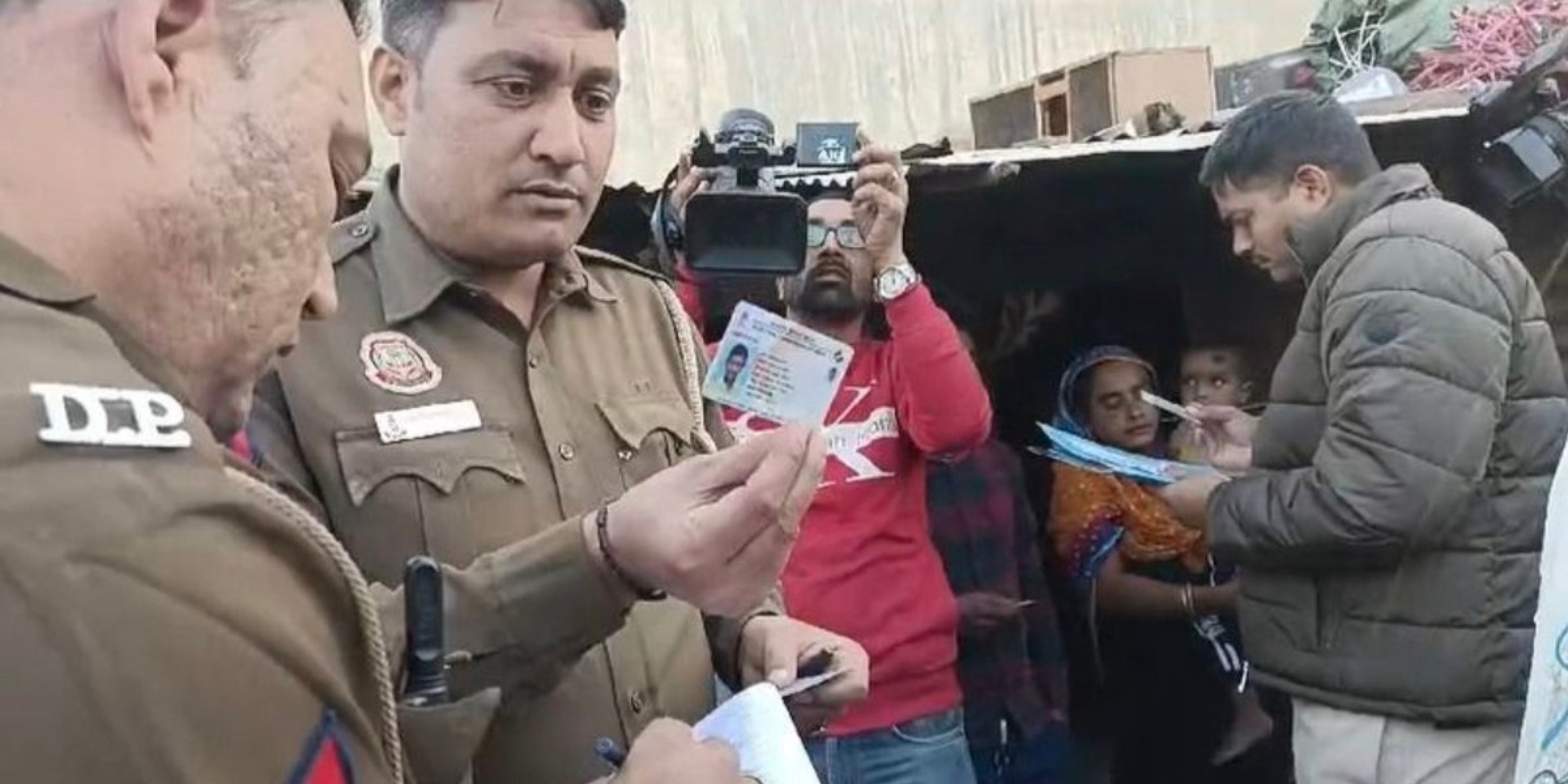


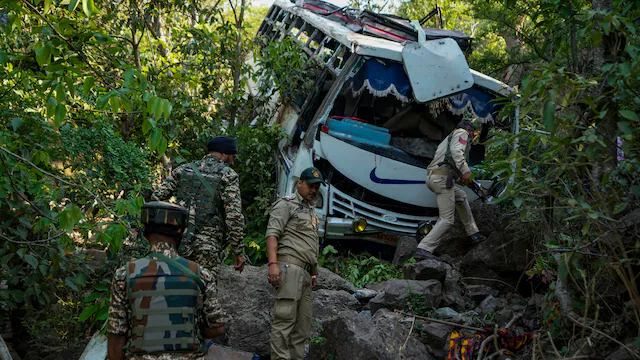














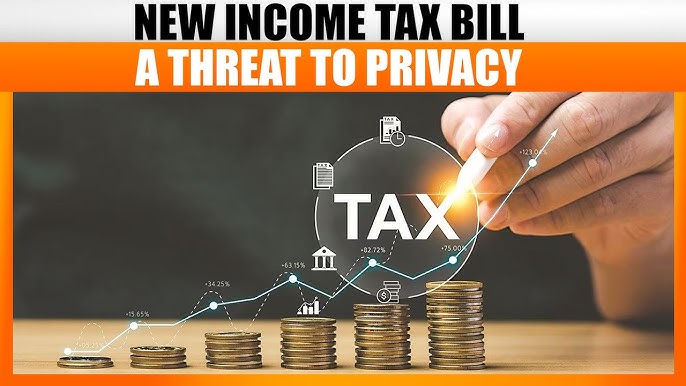




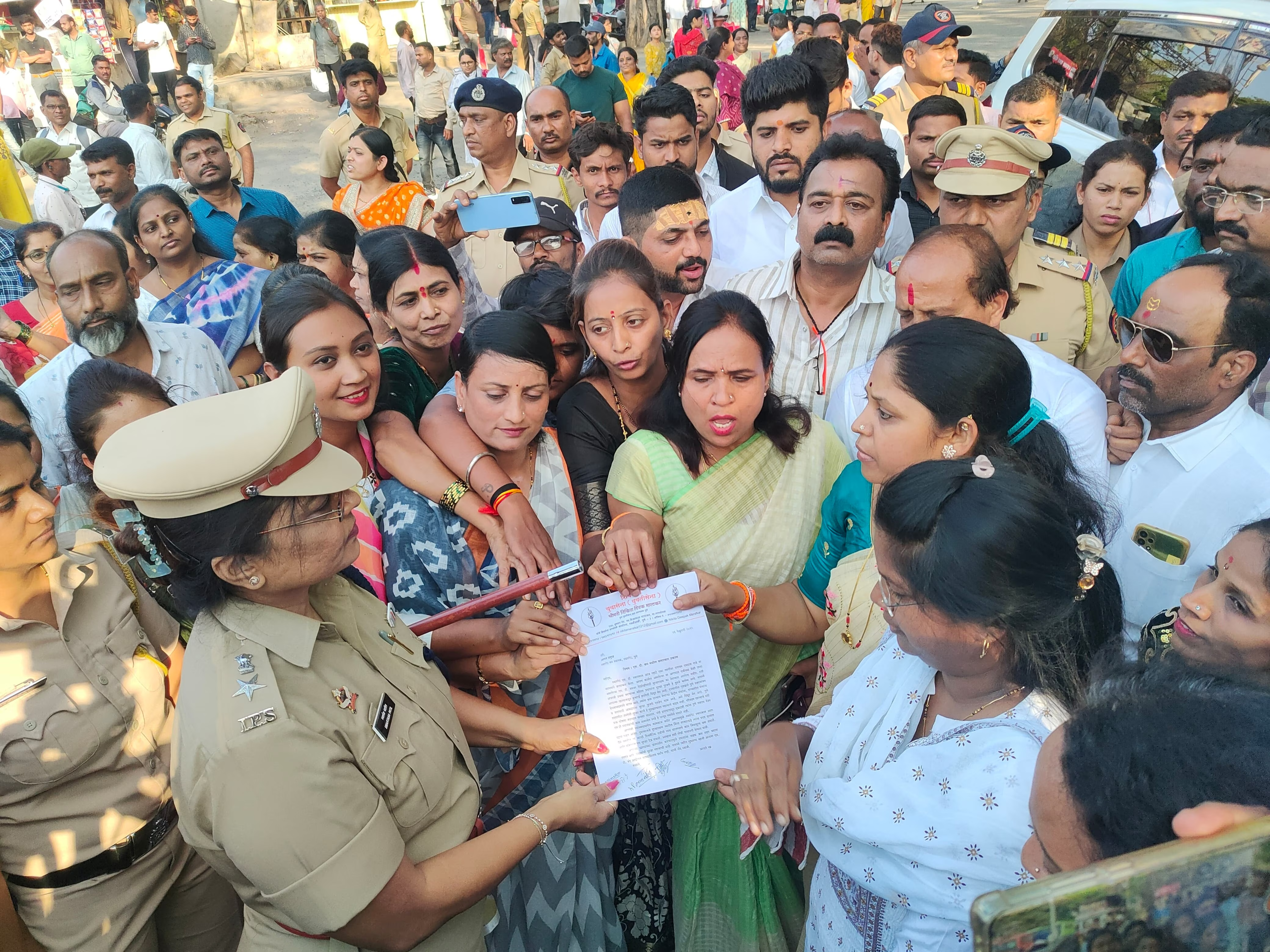

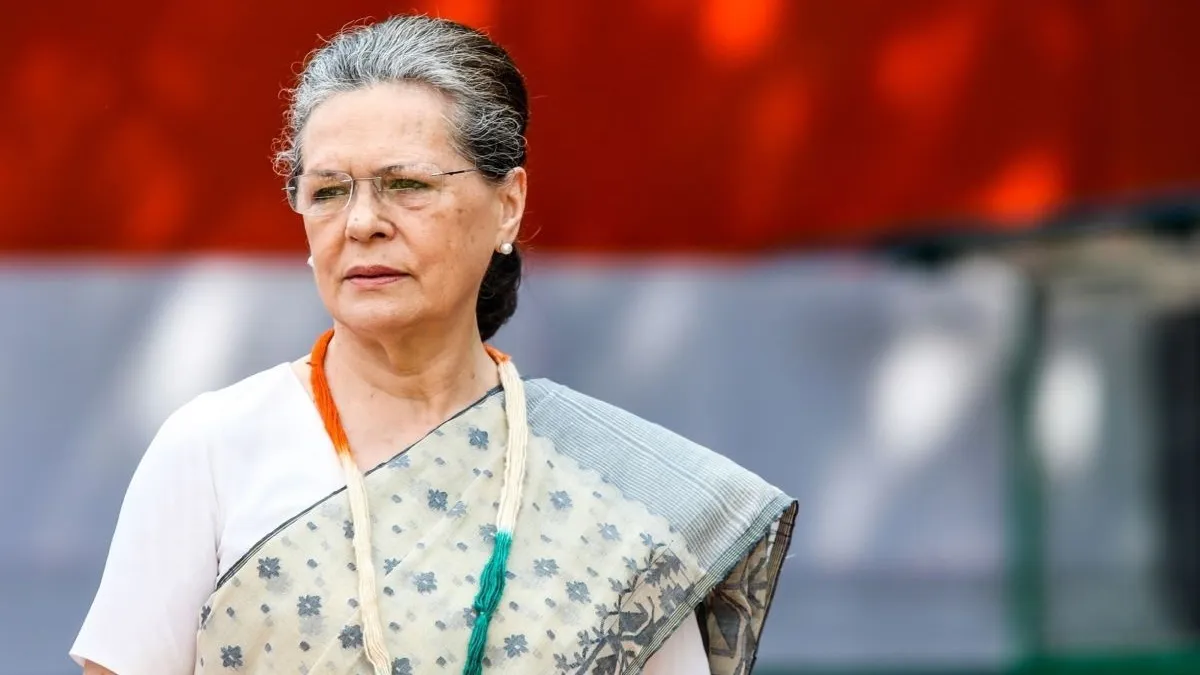

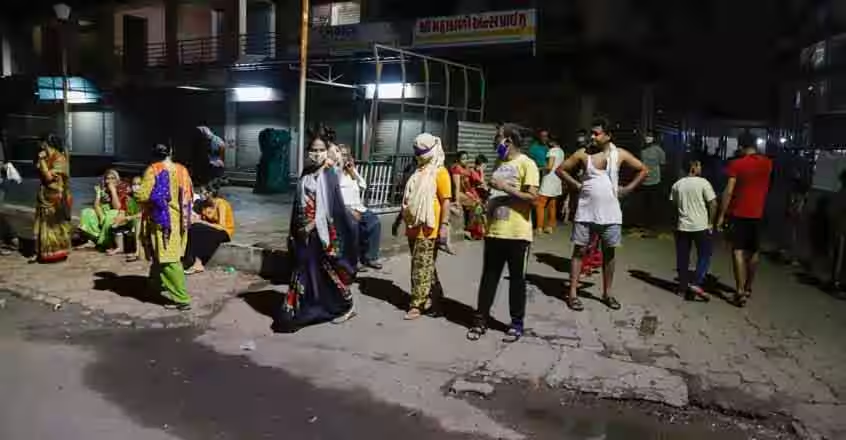








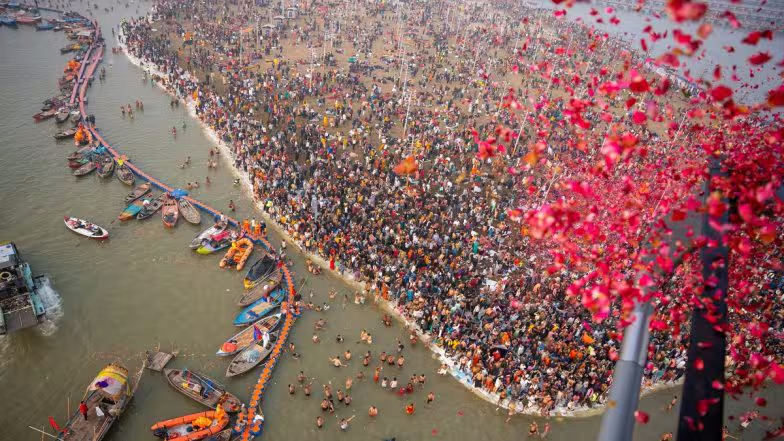





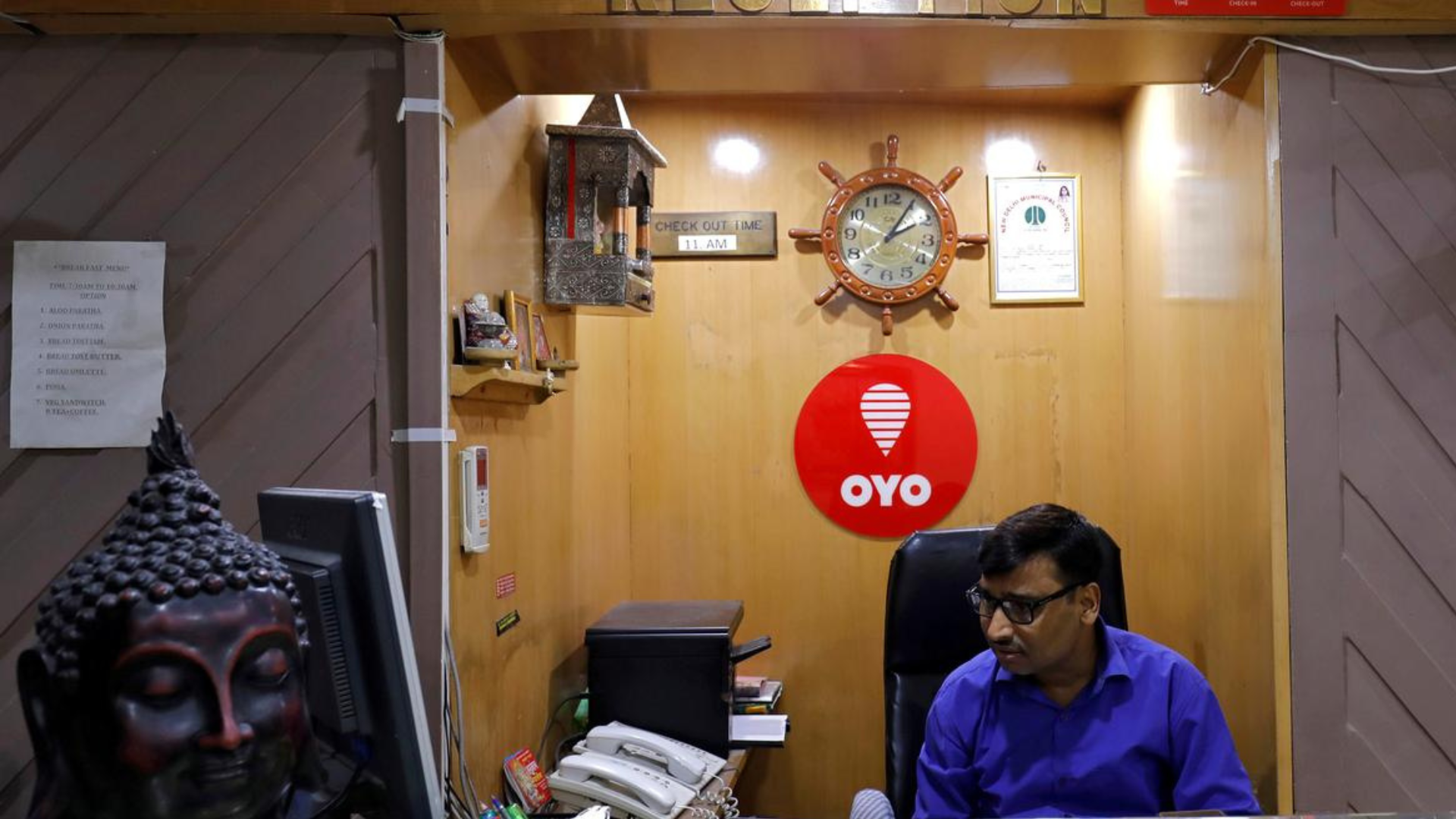
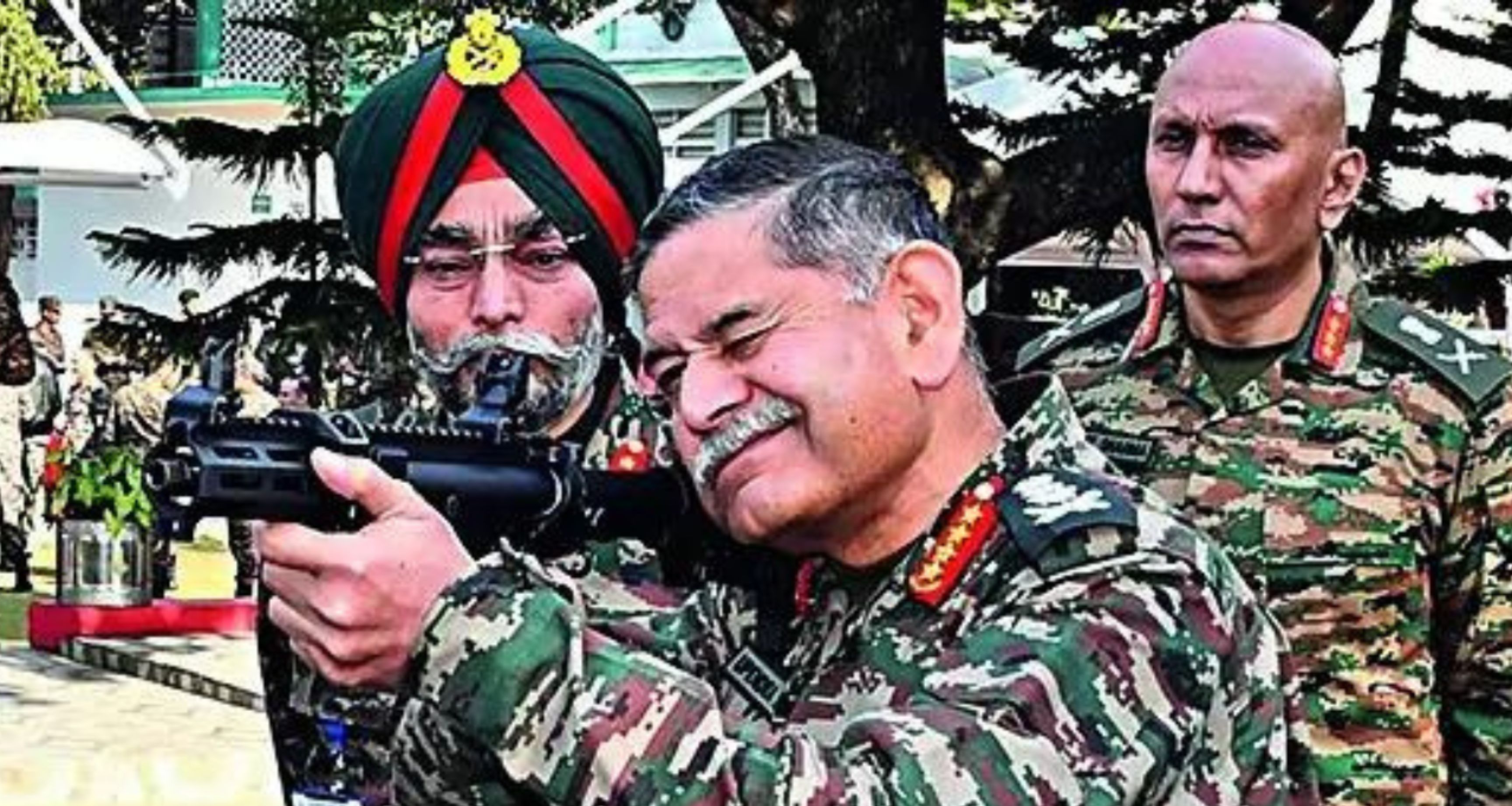
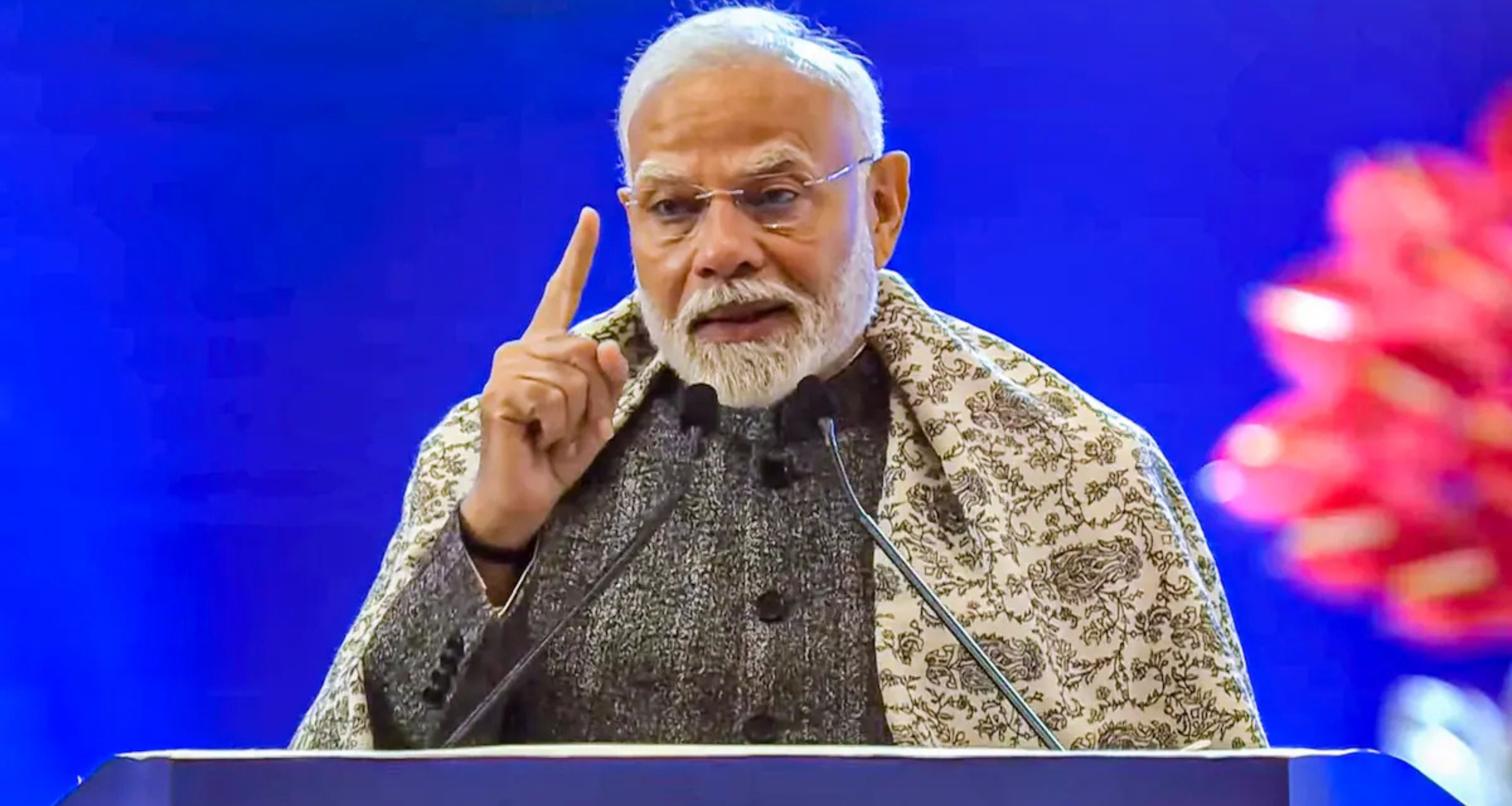
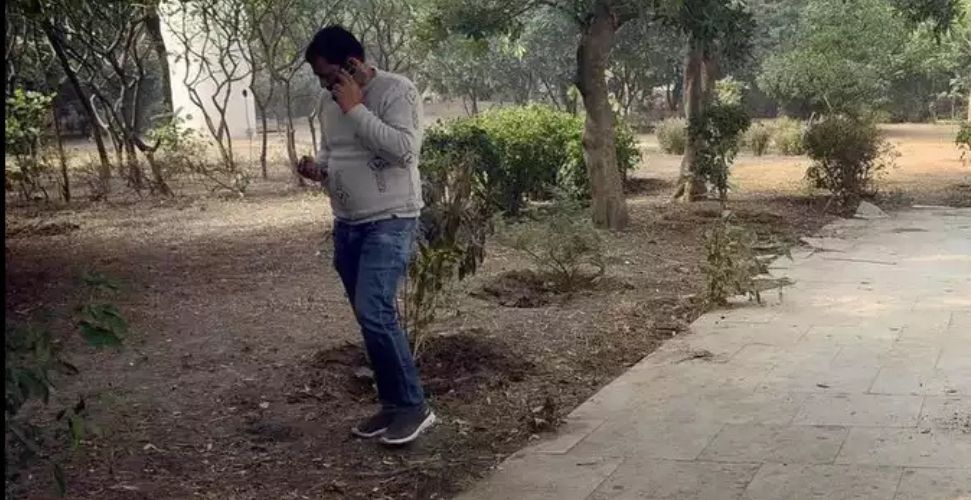
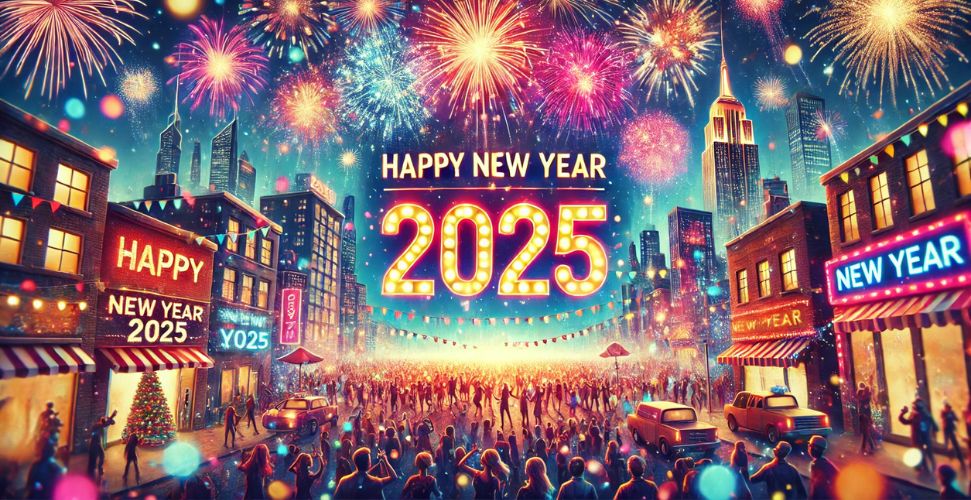
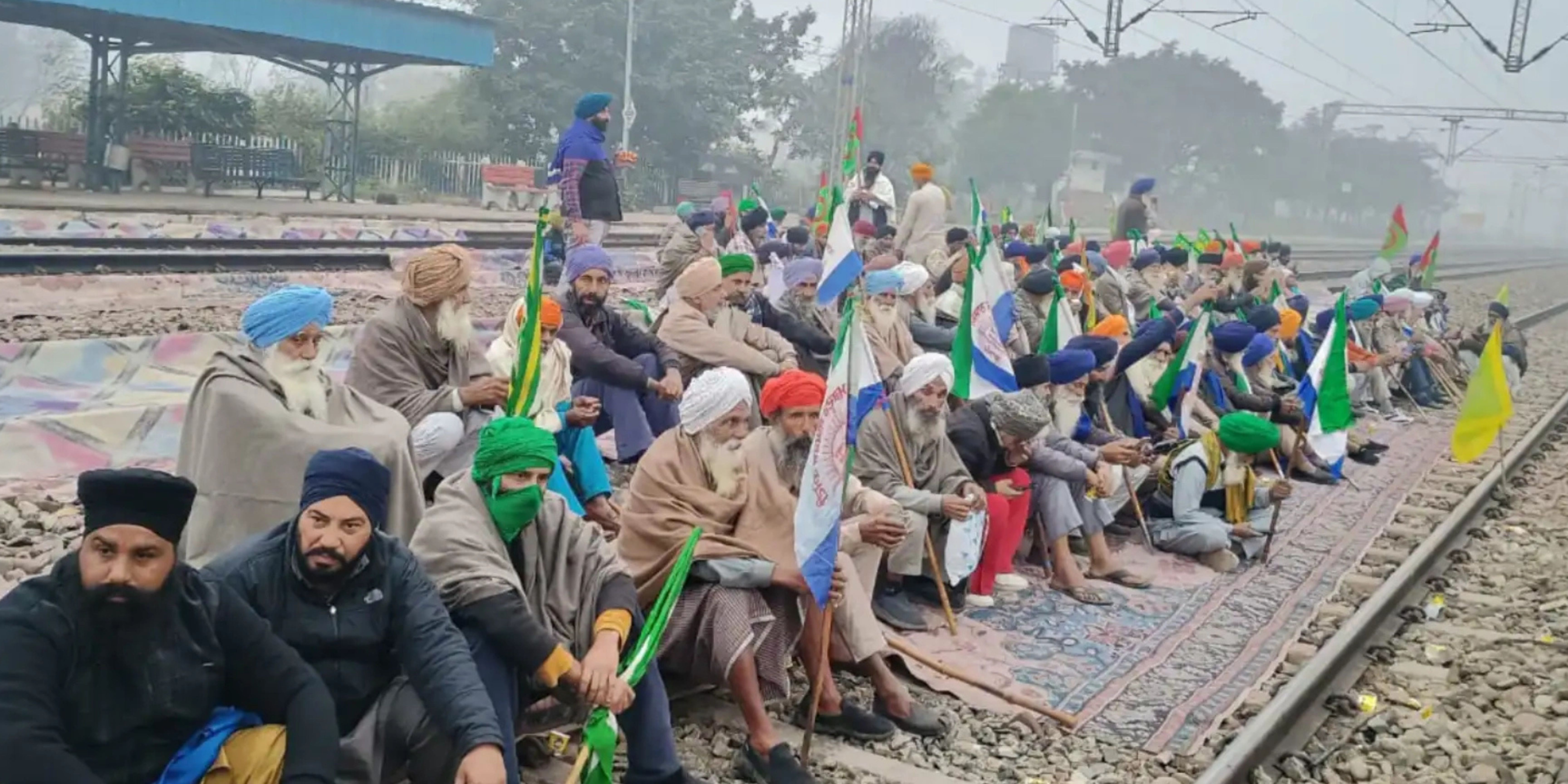
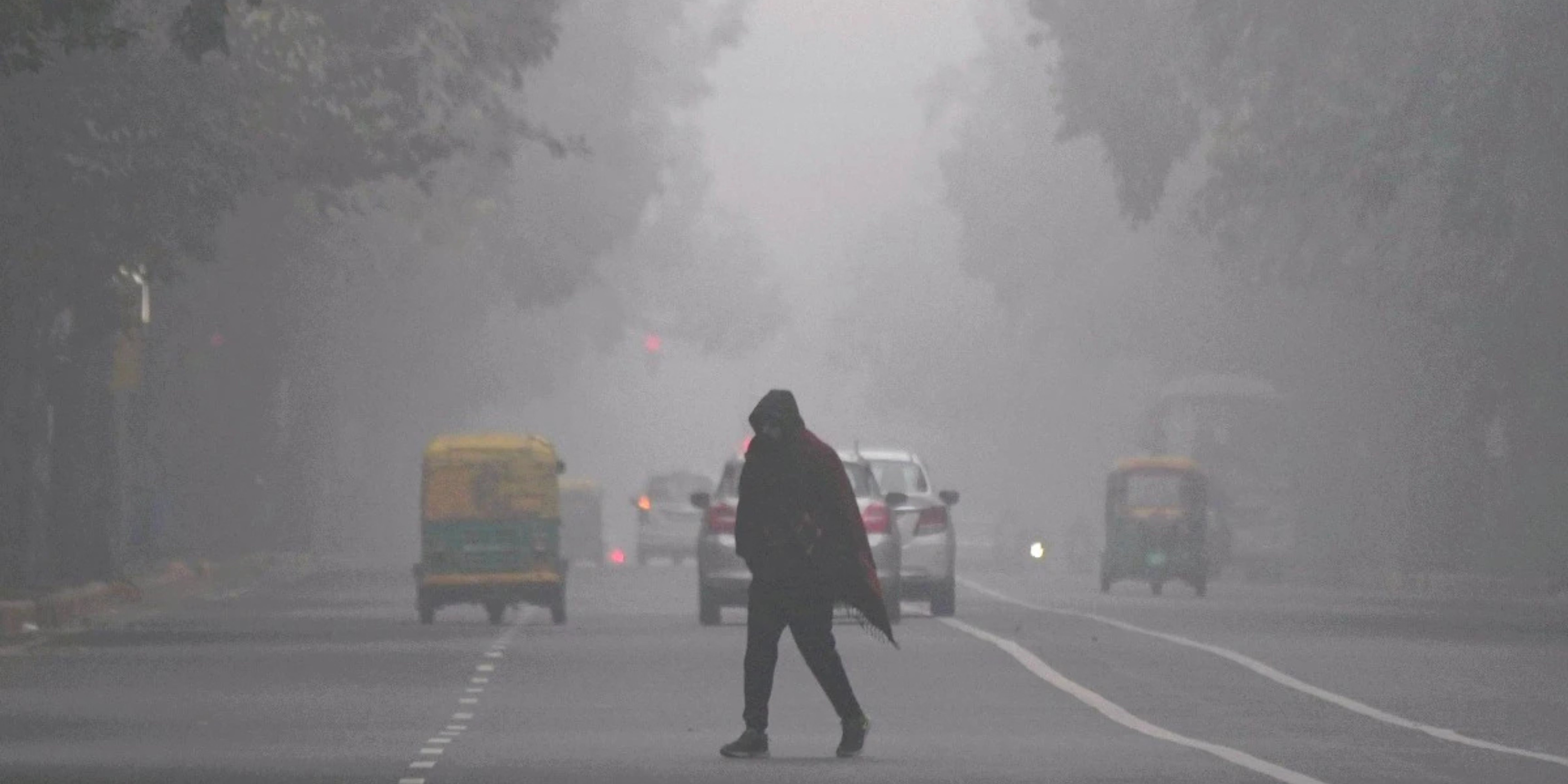

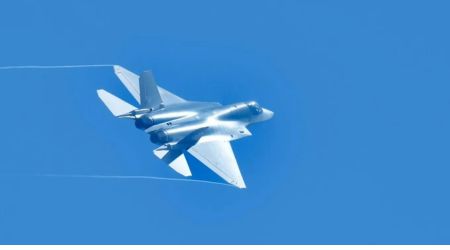
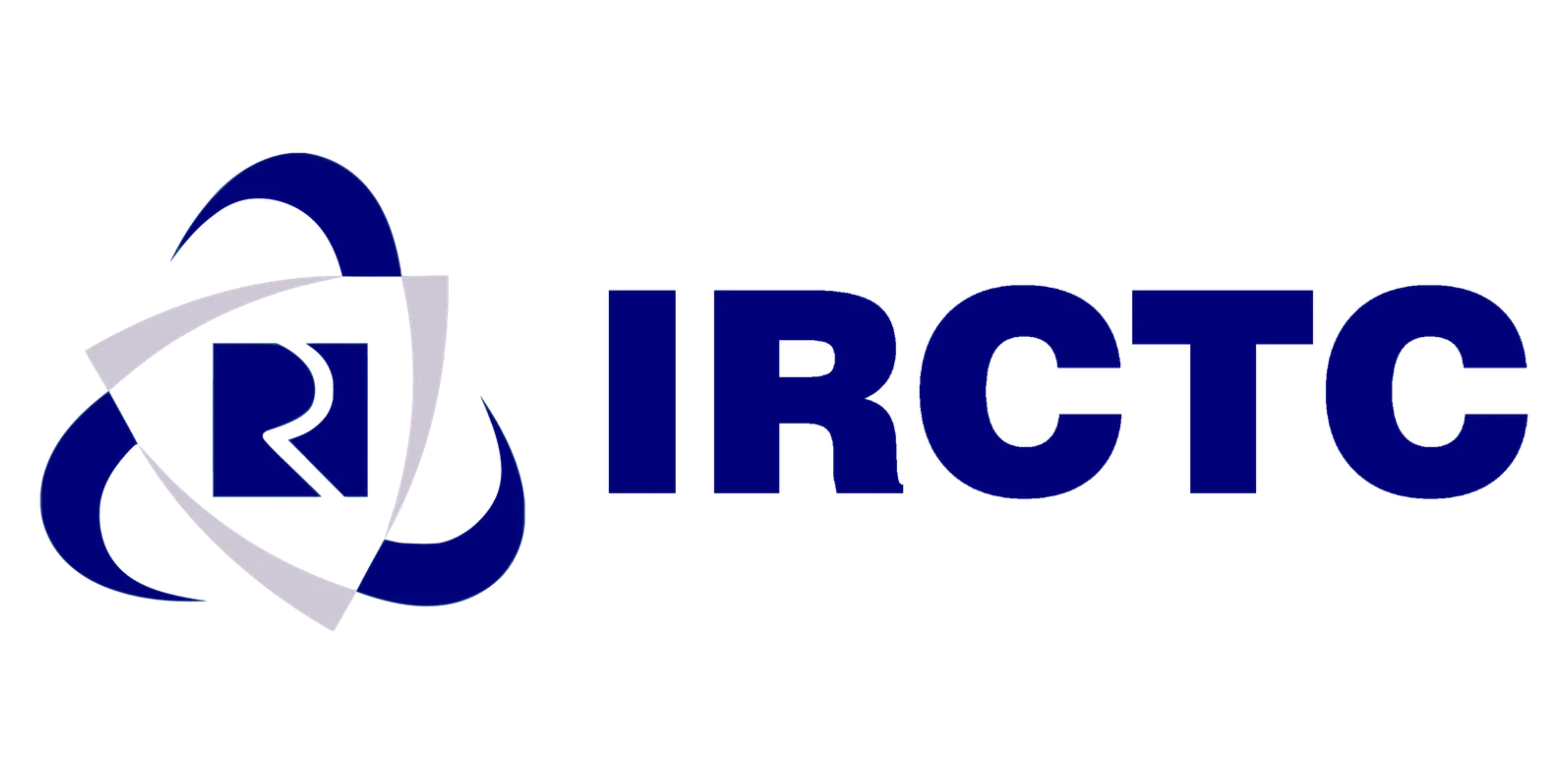
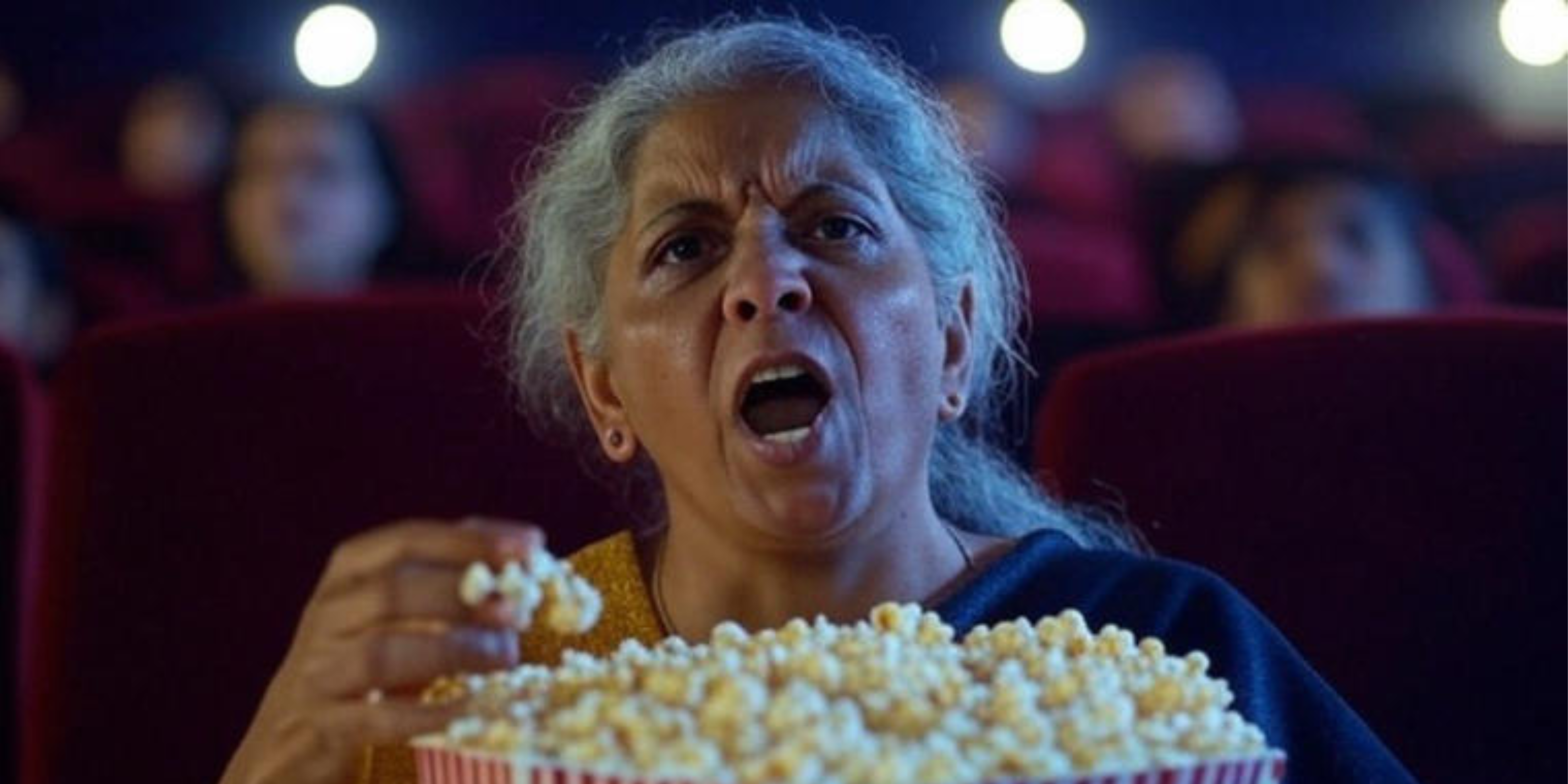
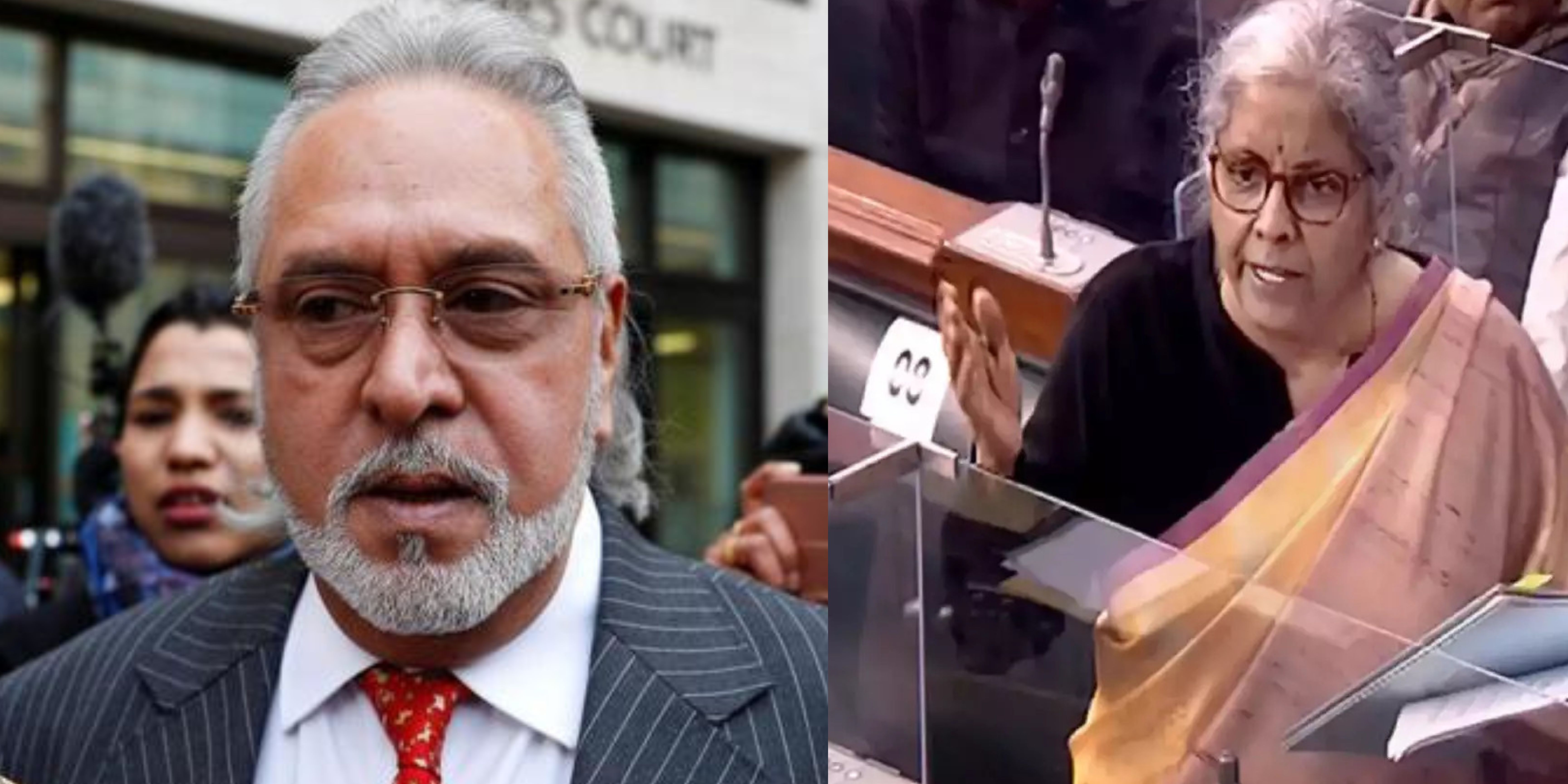
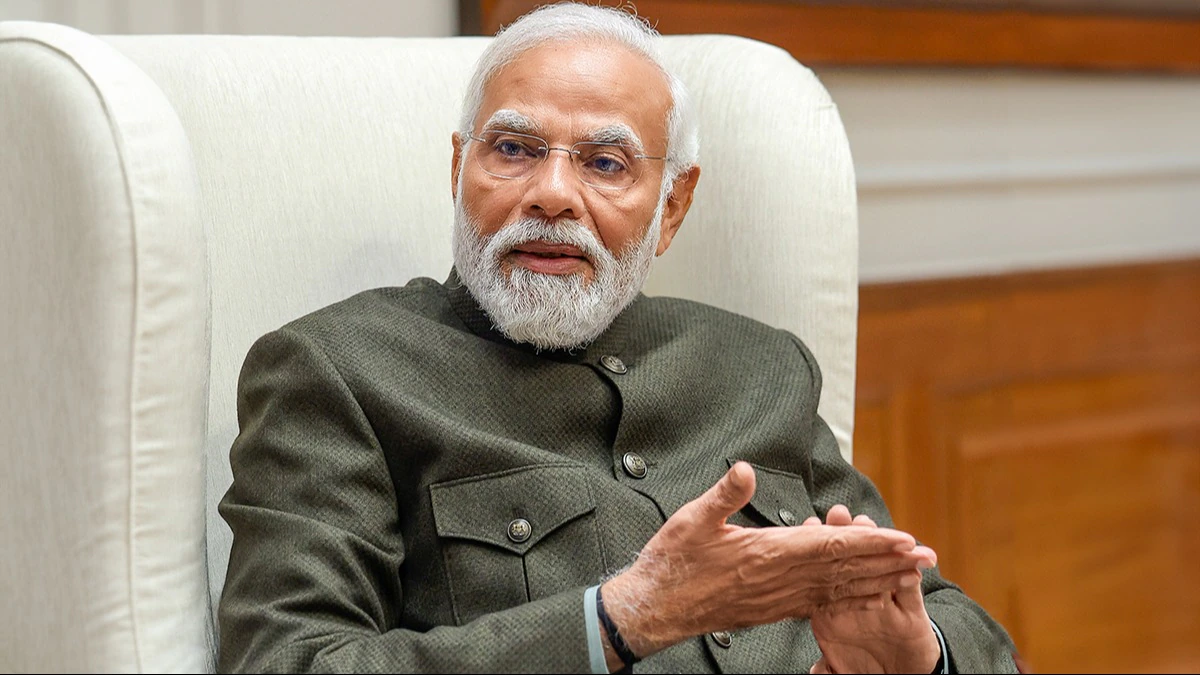
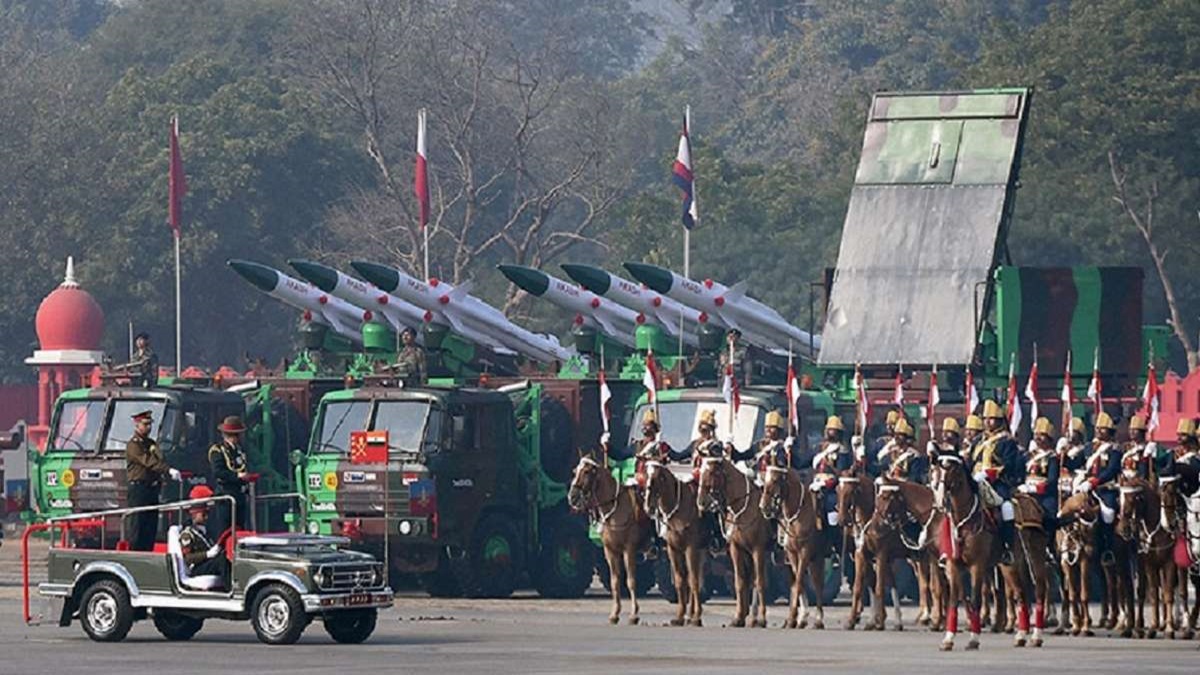

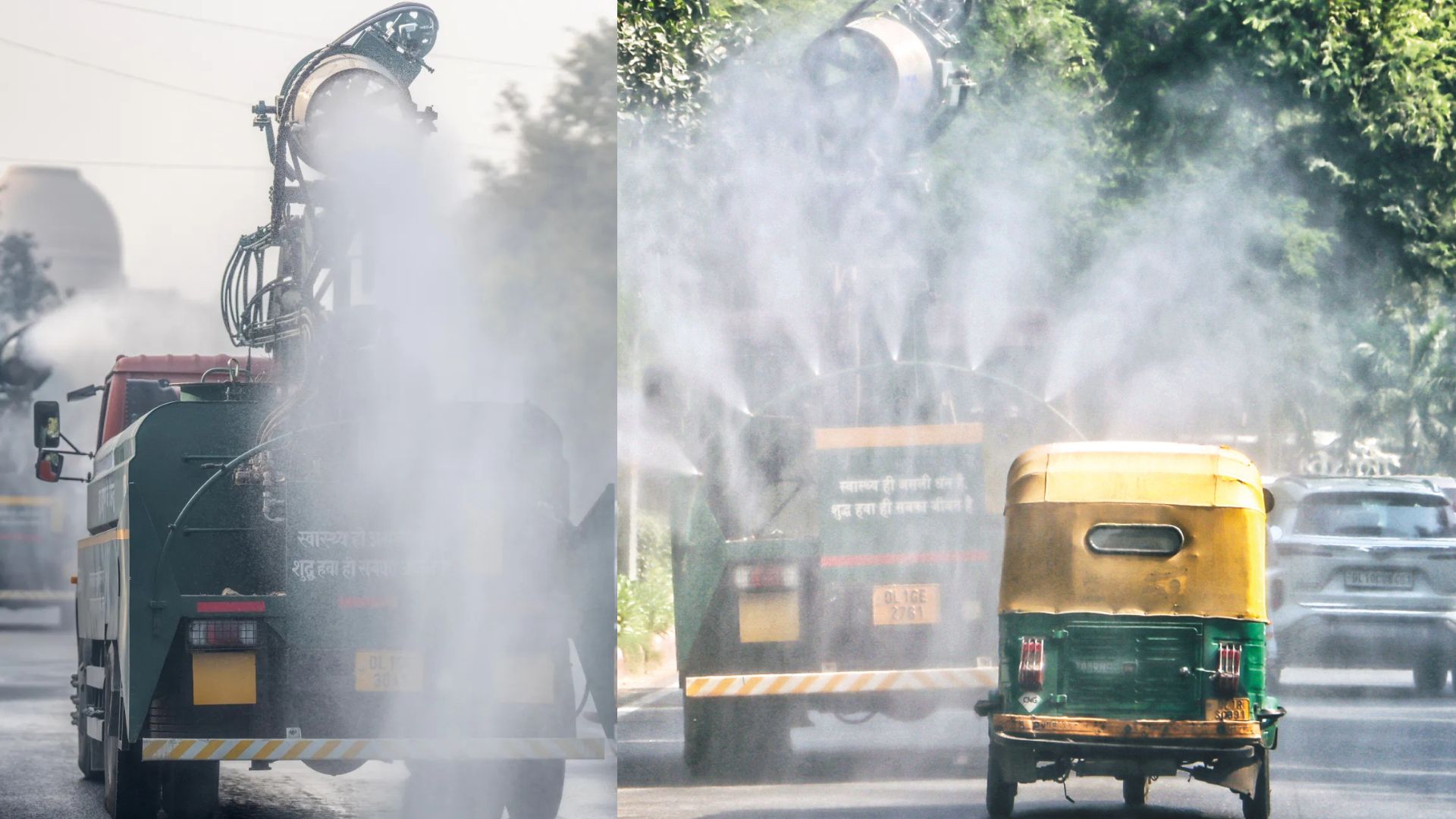
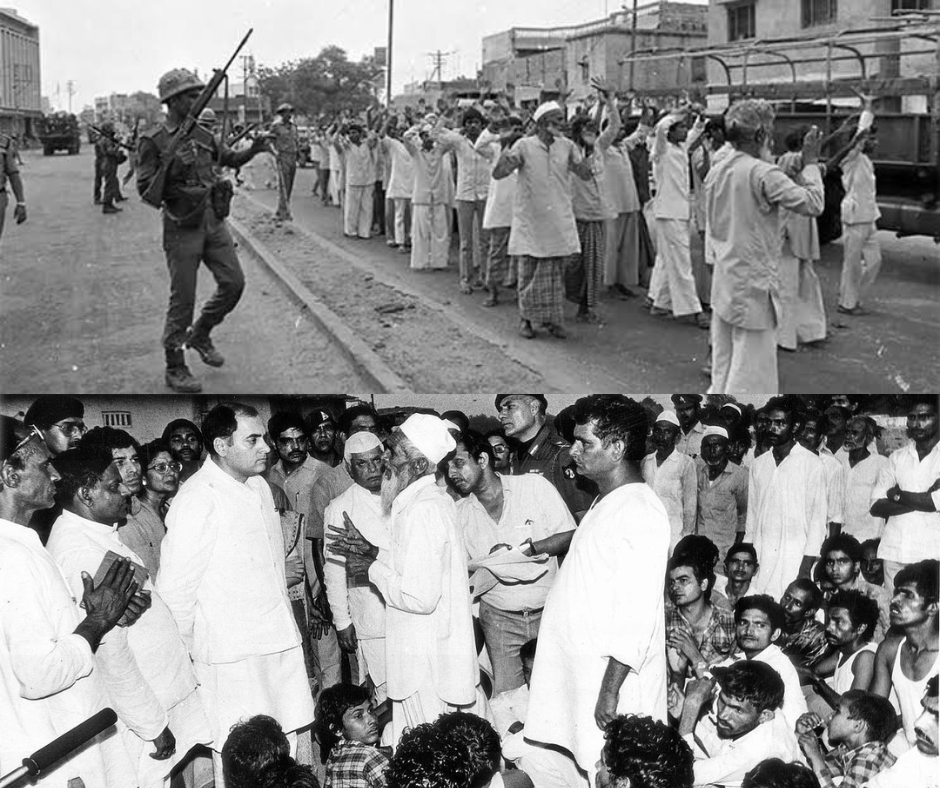
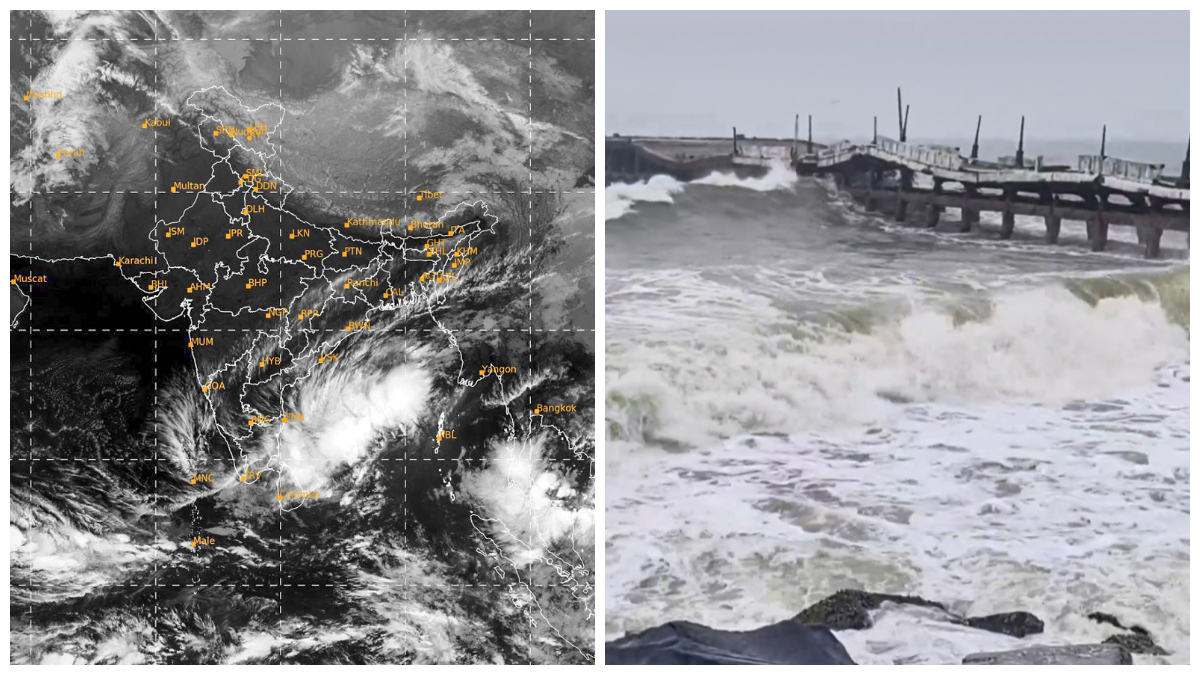

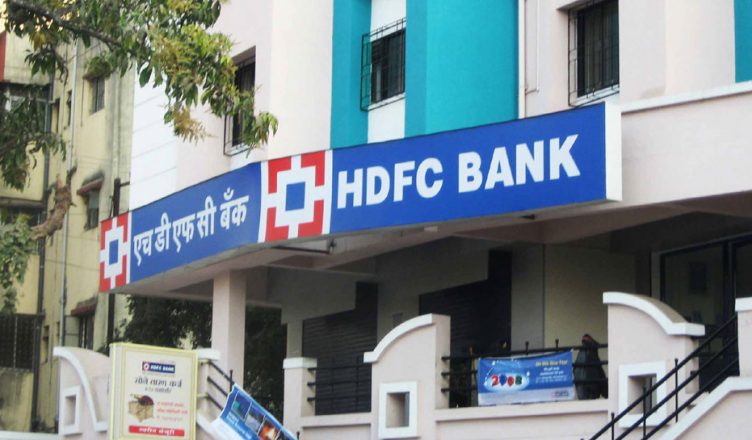

.jfif)
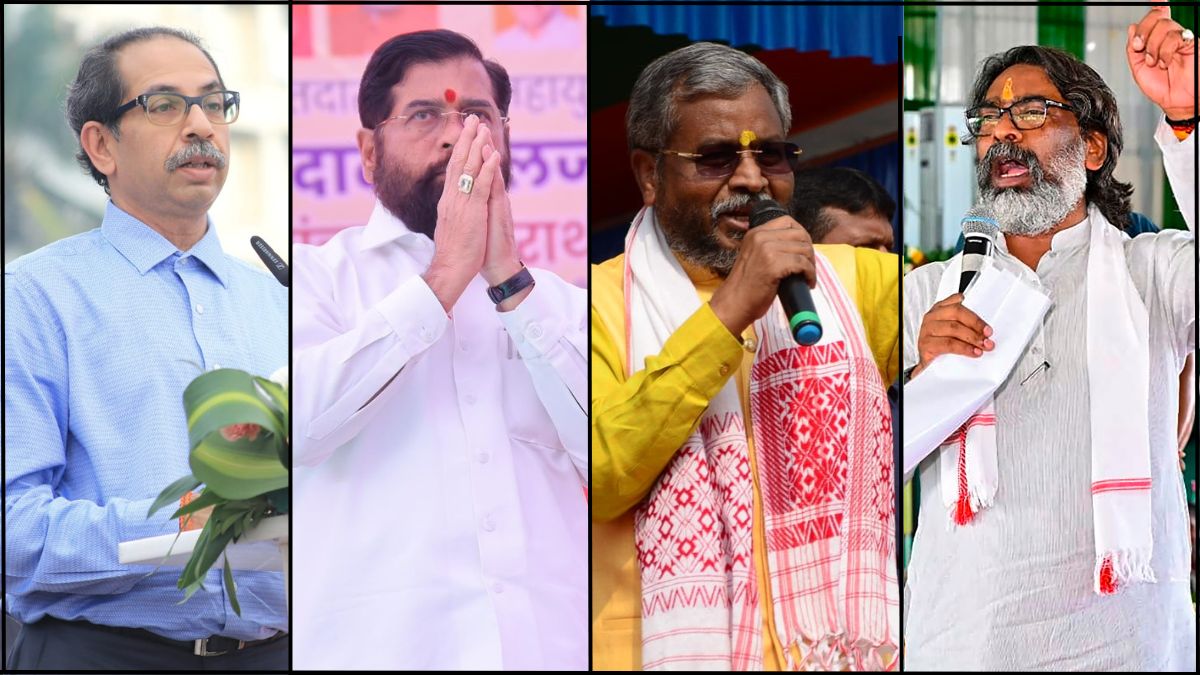


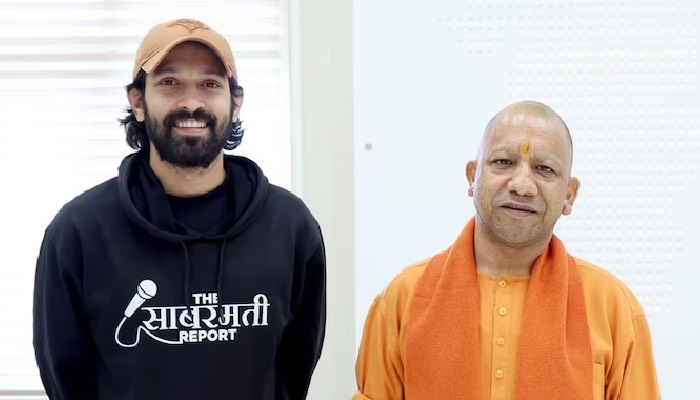
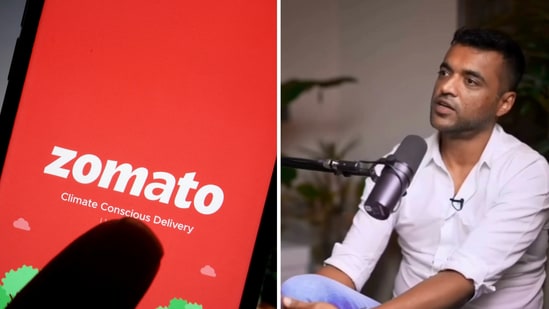
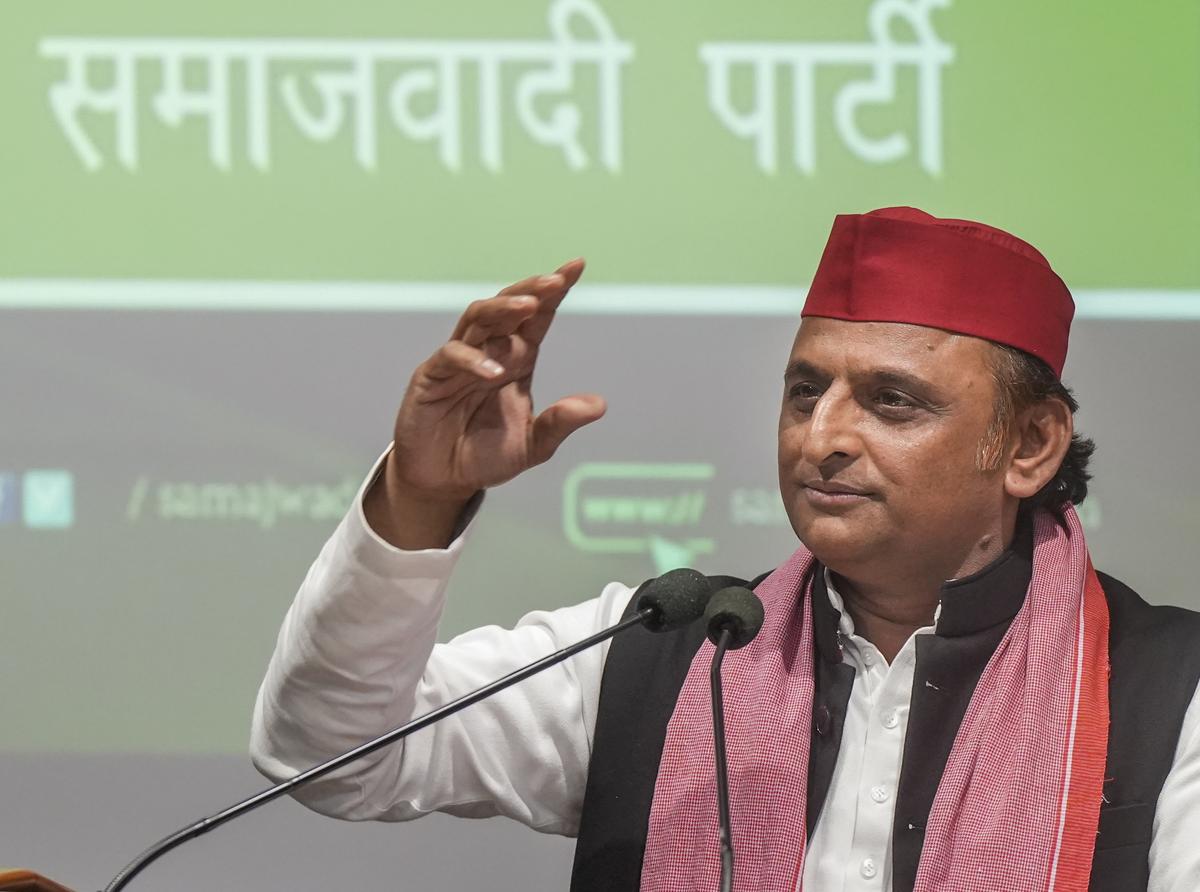



.jpg)

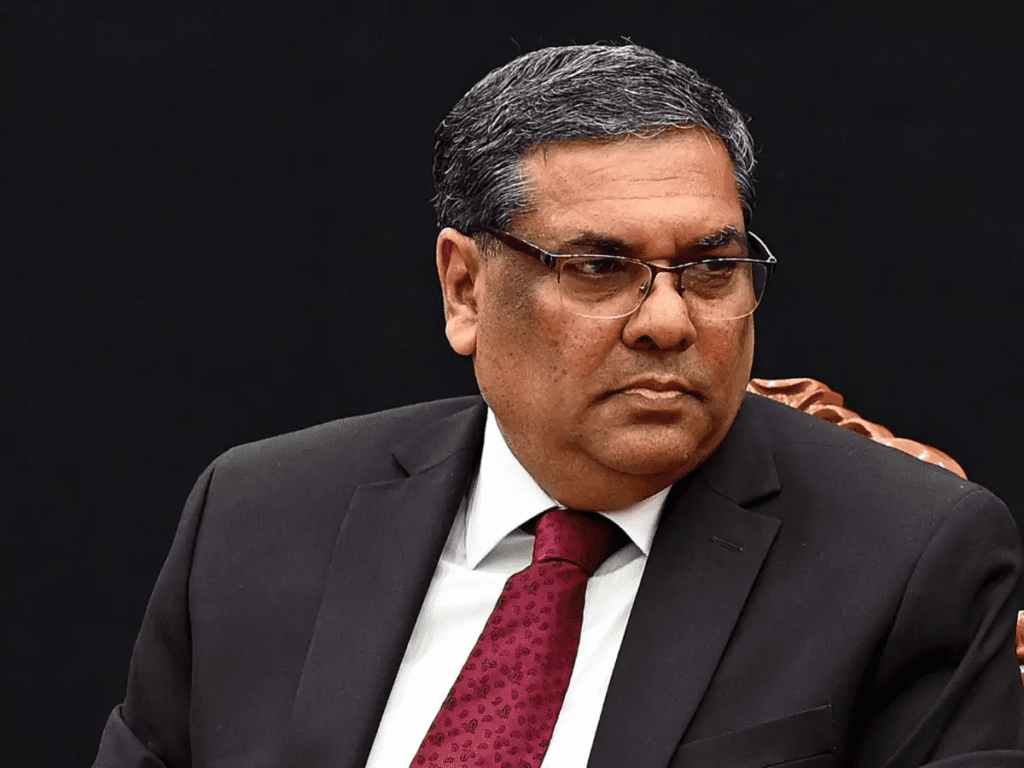

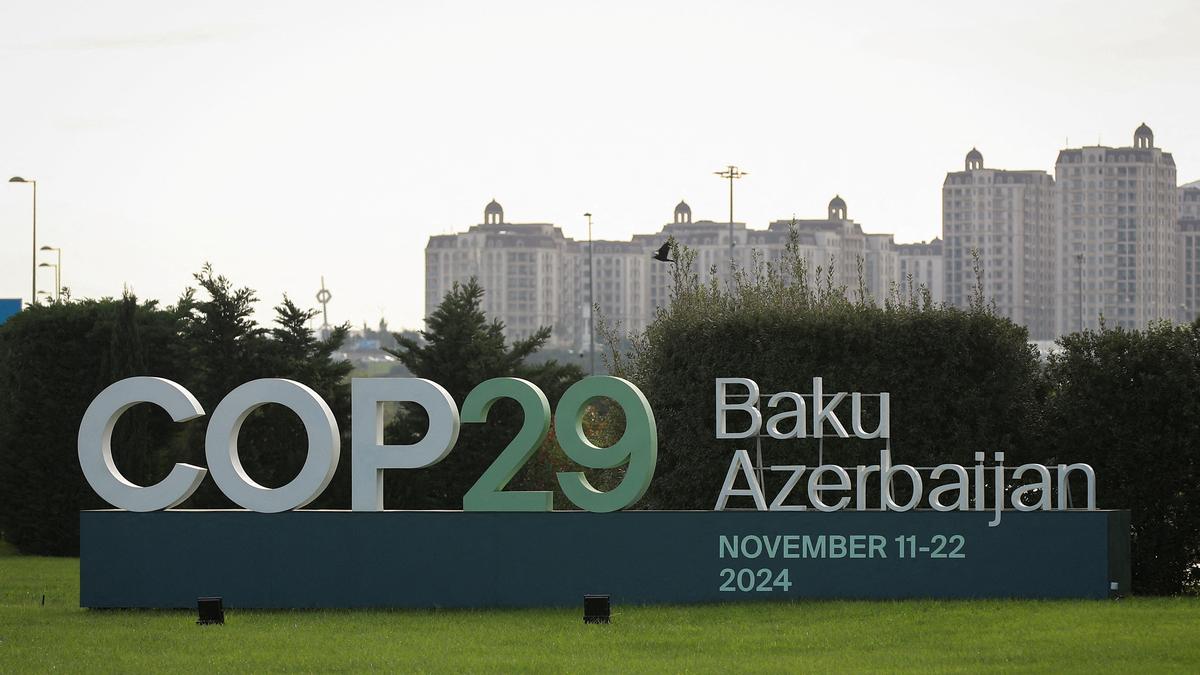

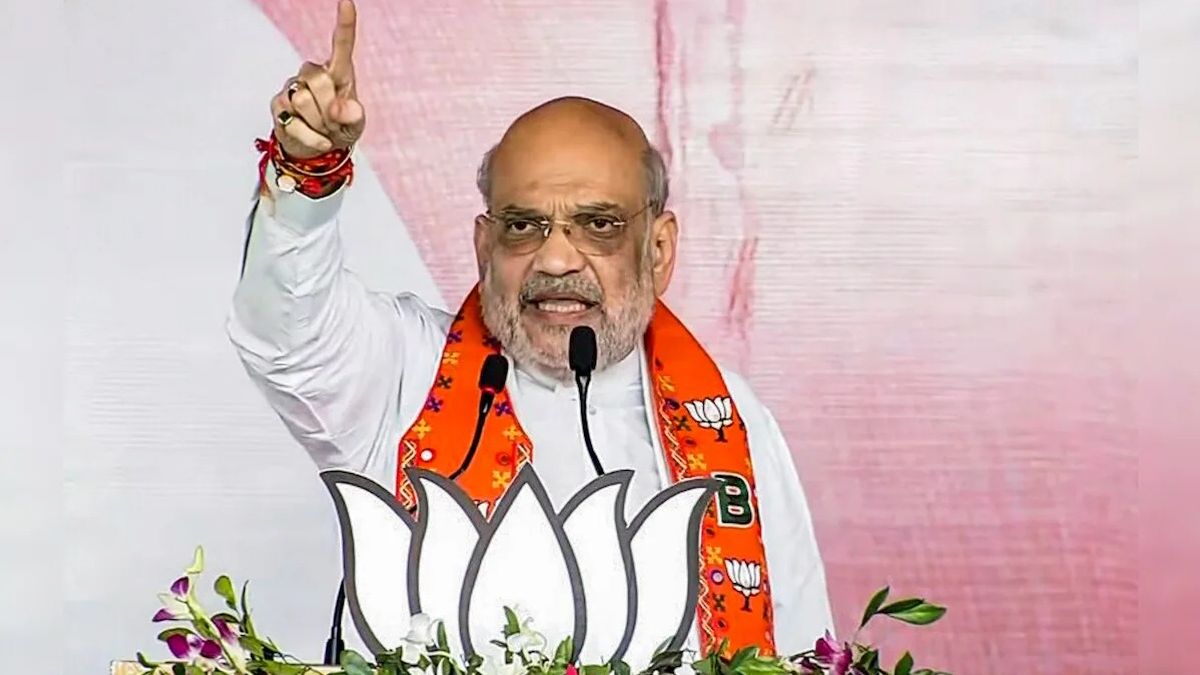
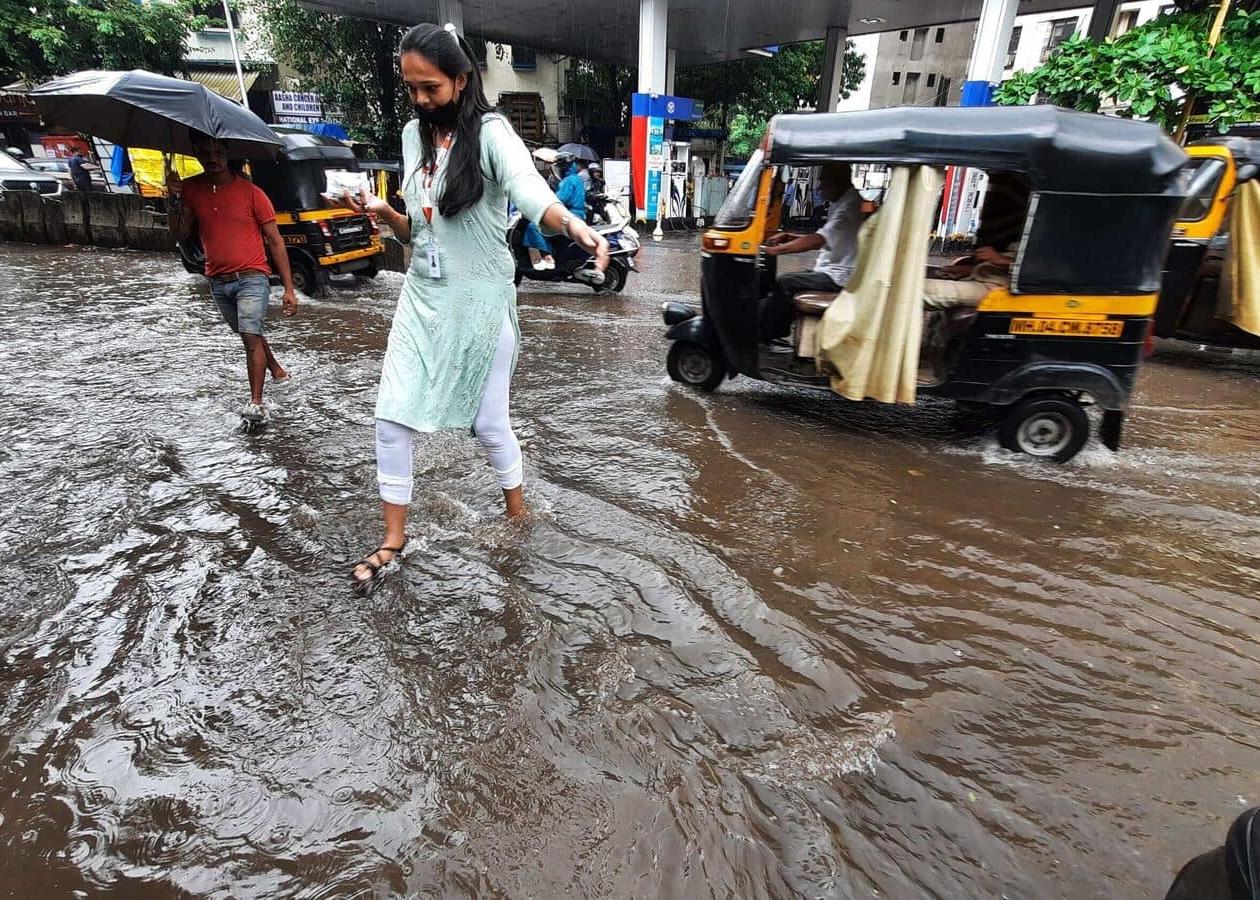
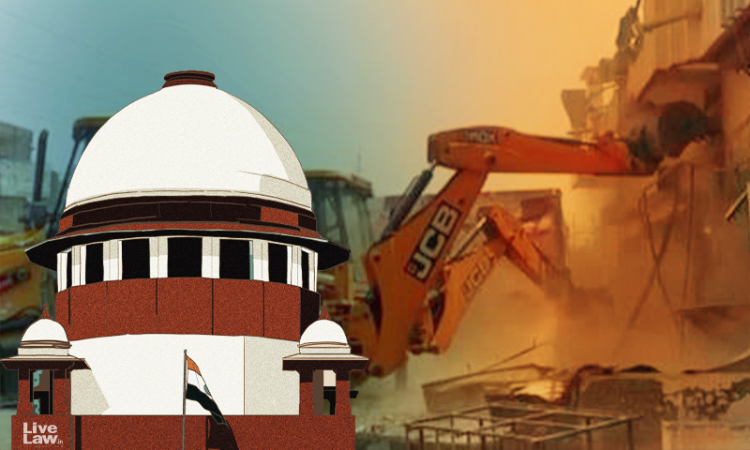
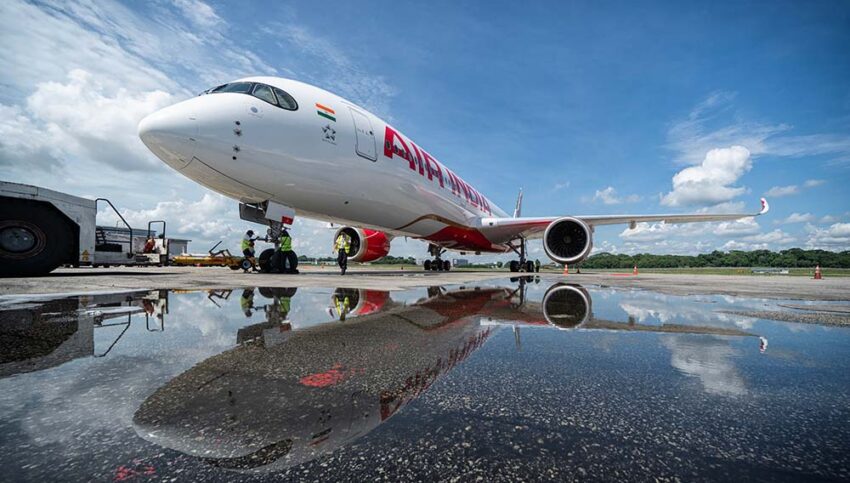
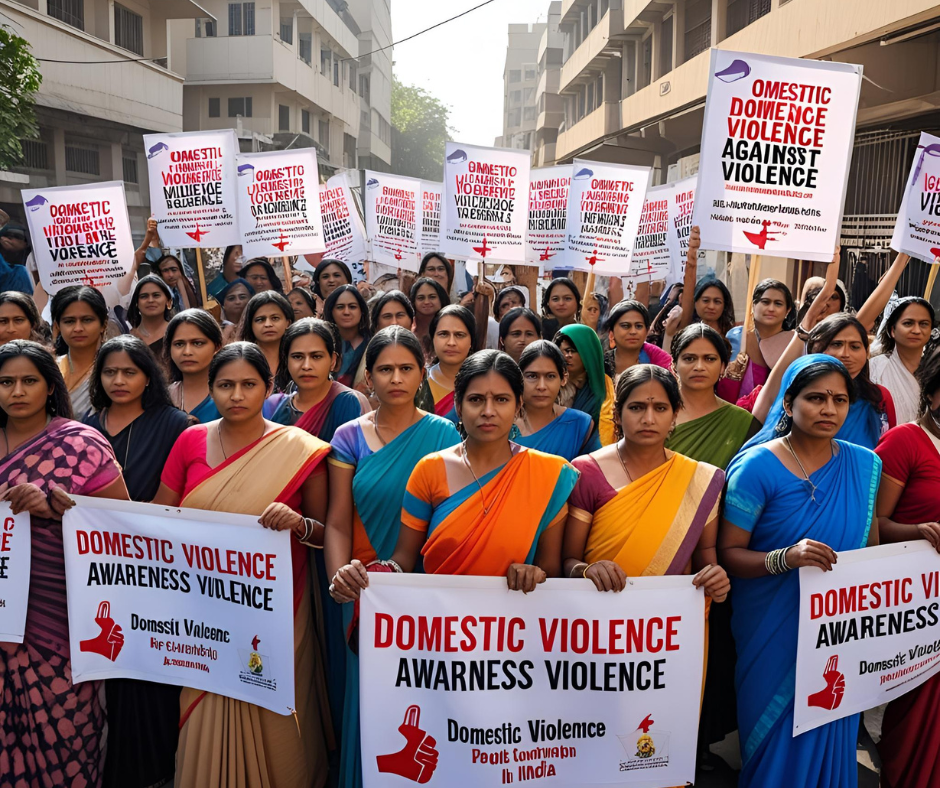
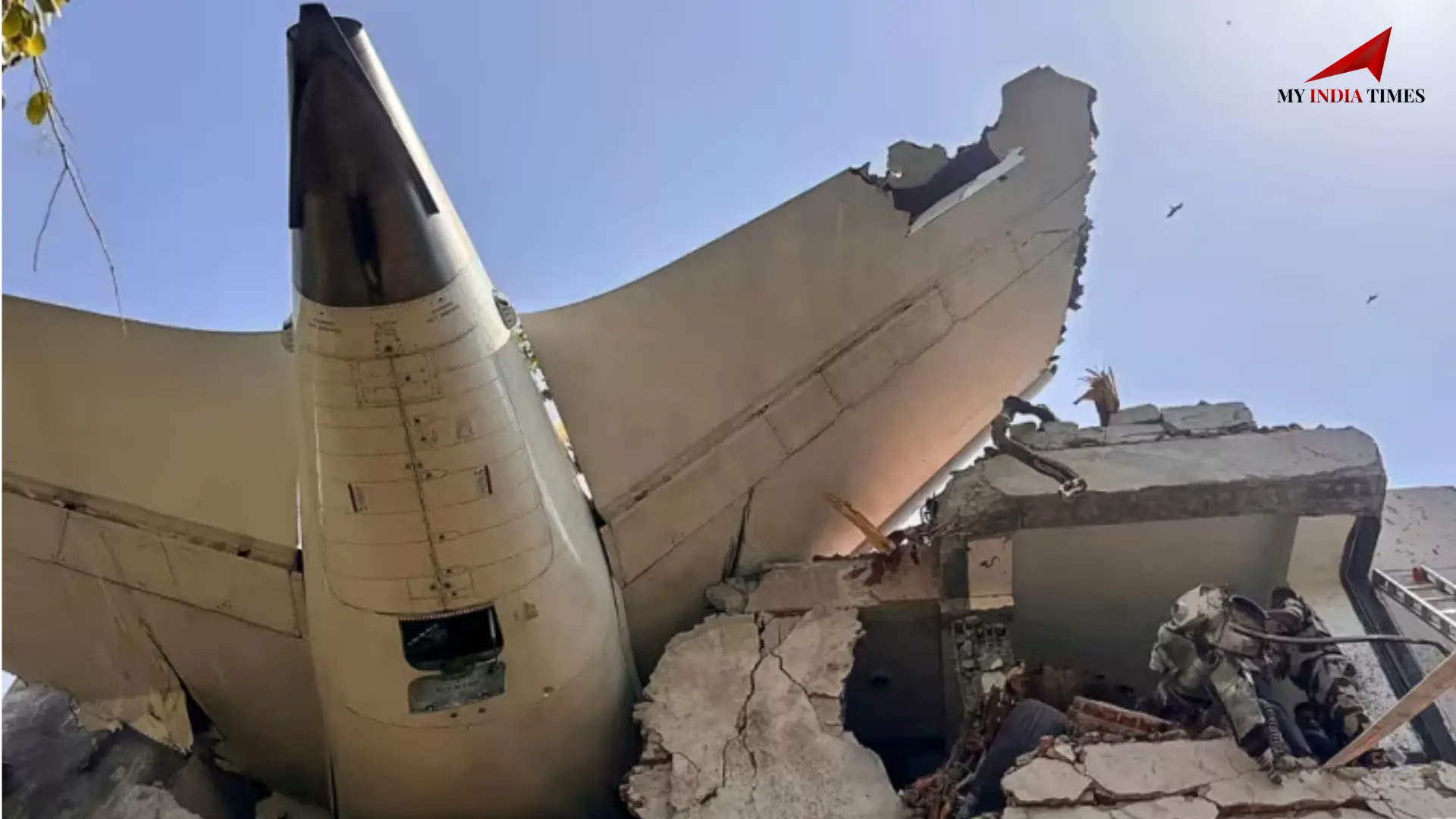
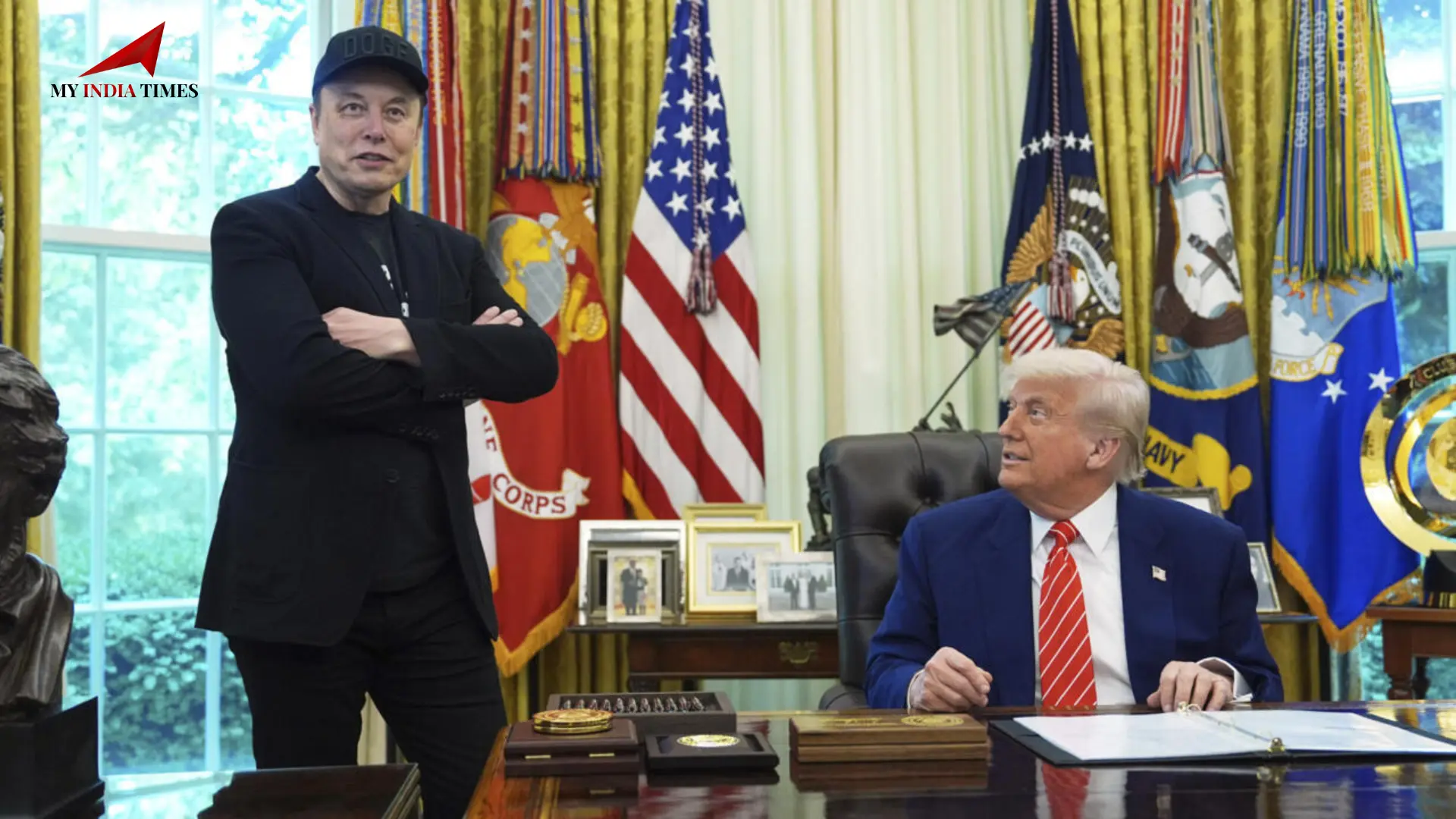



















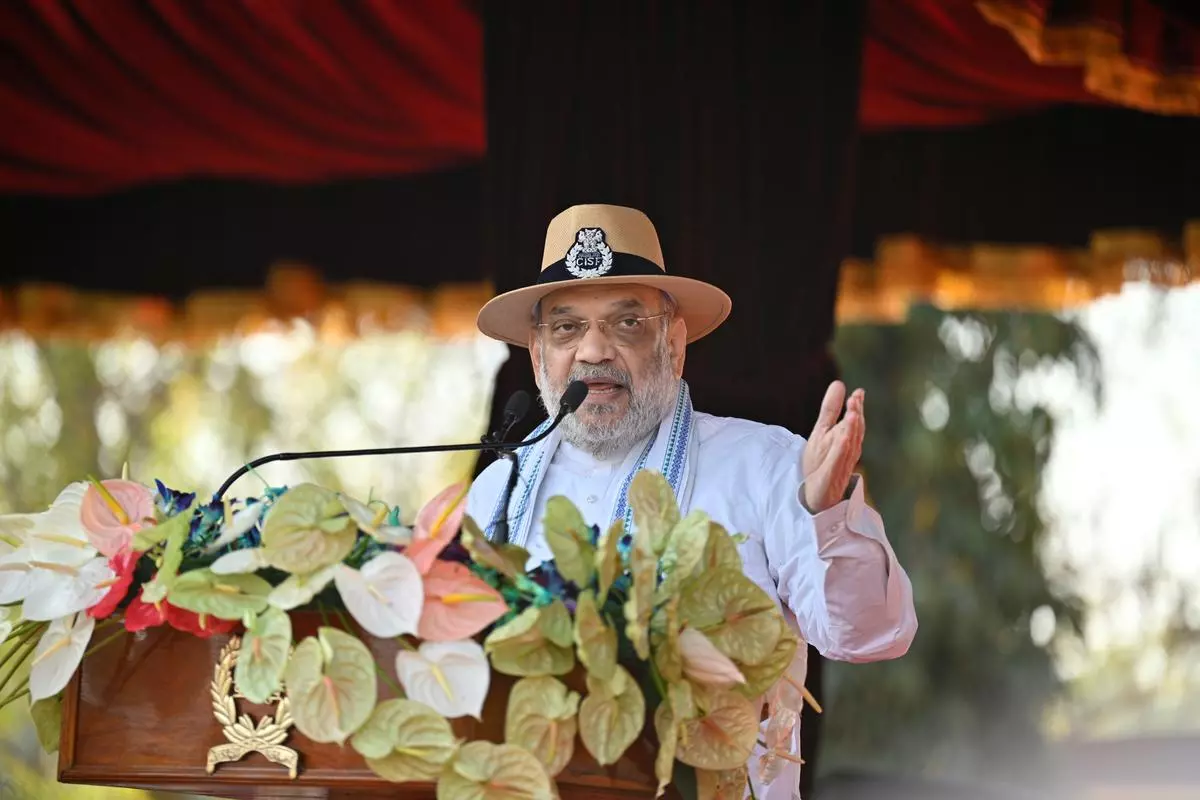

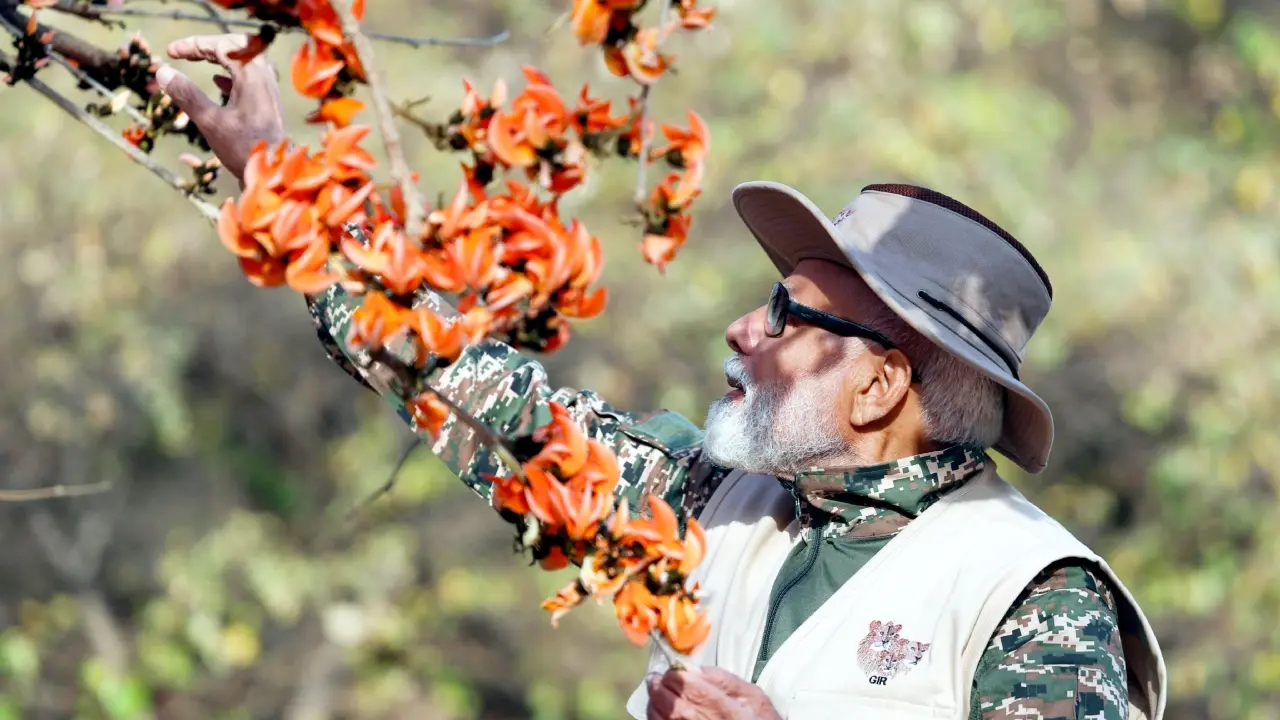

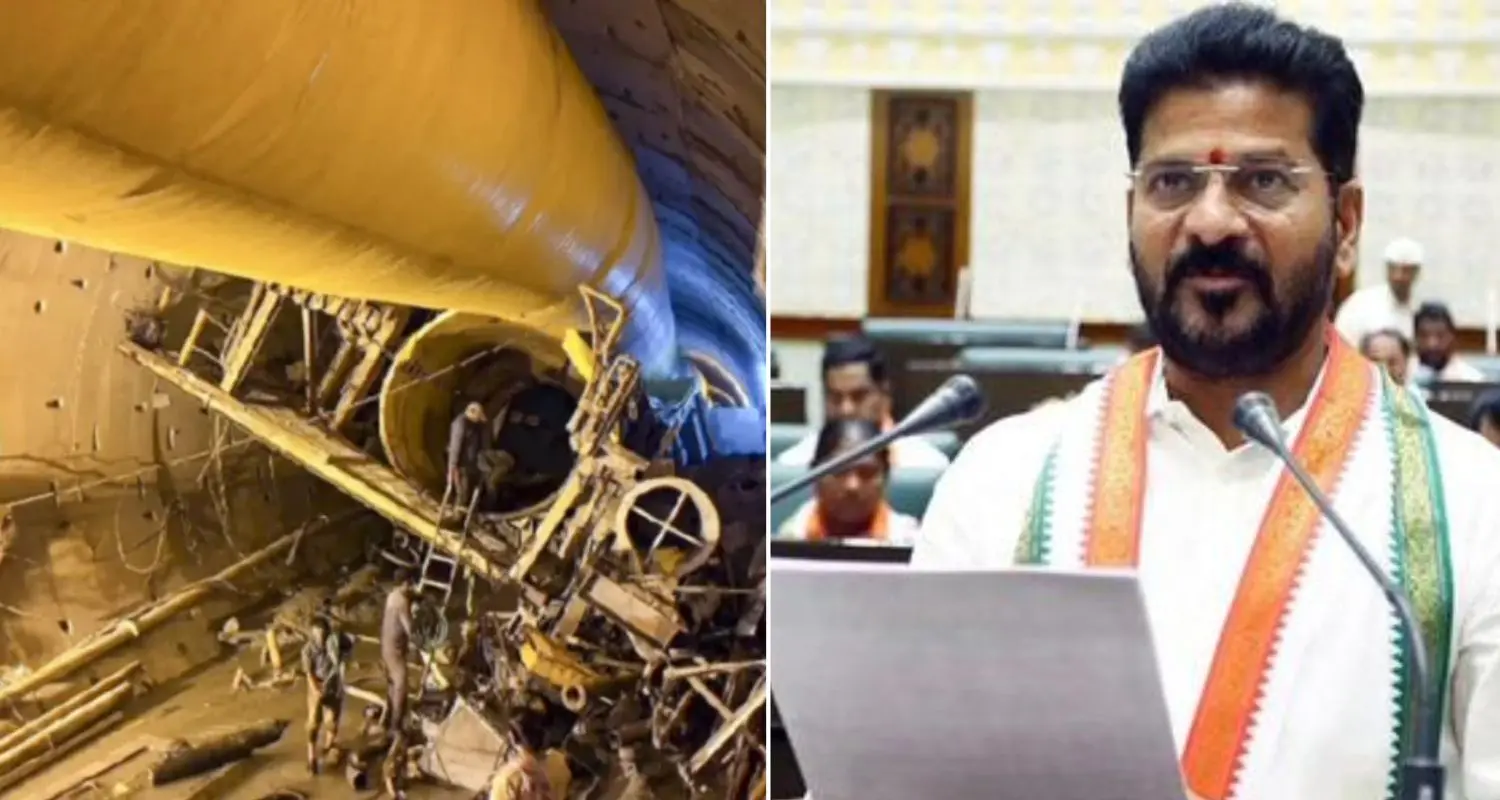

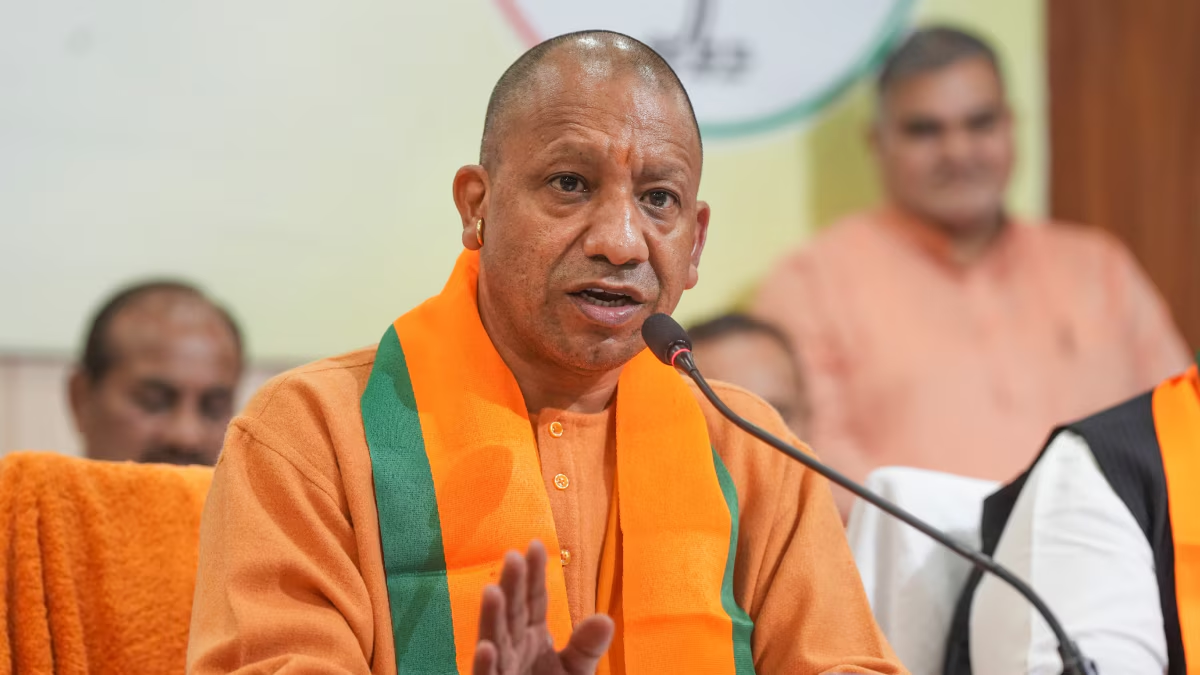
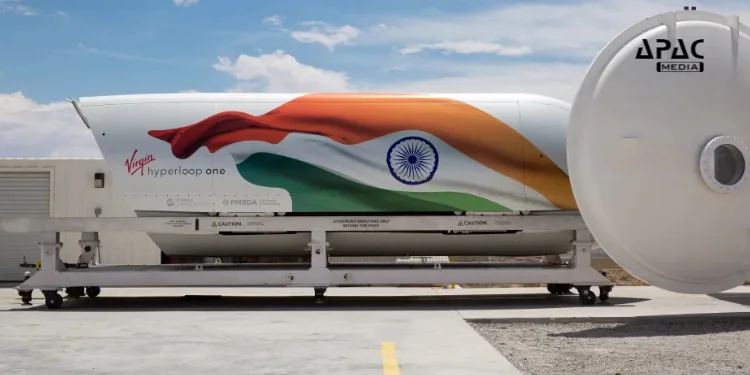

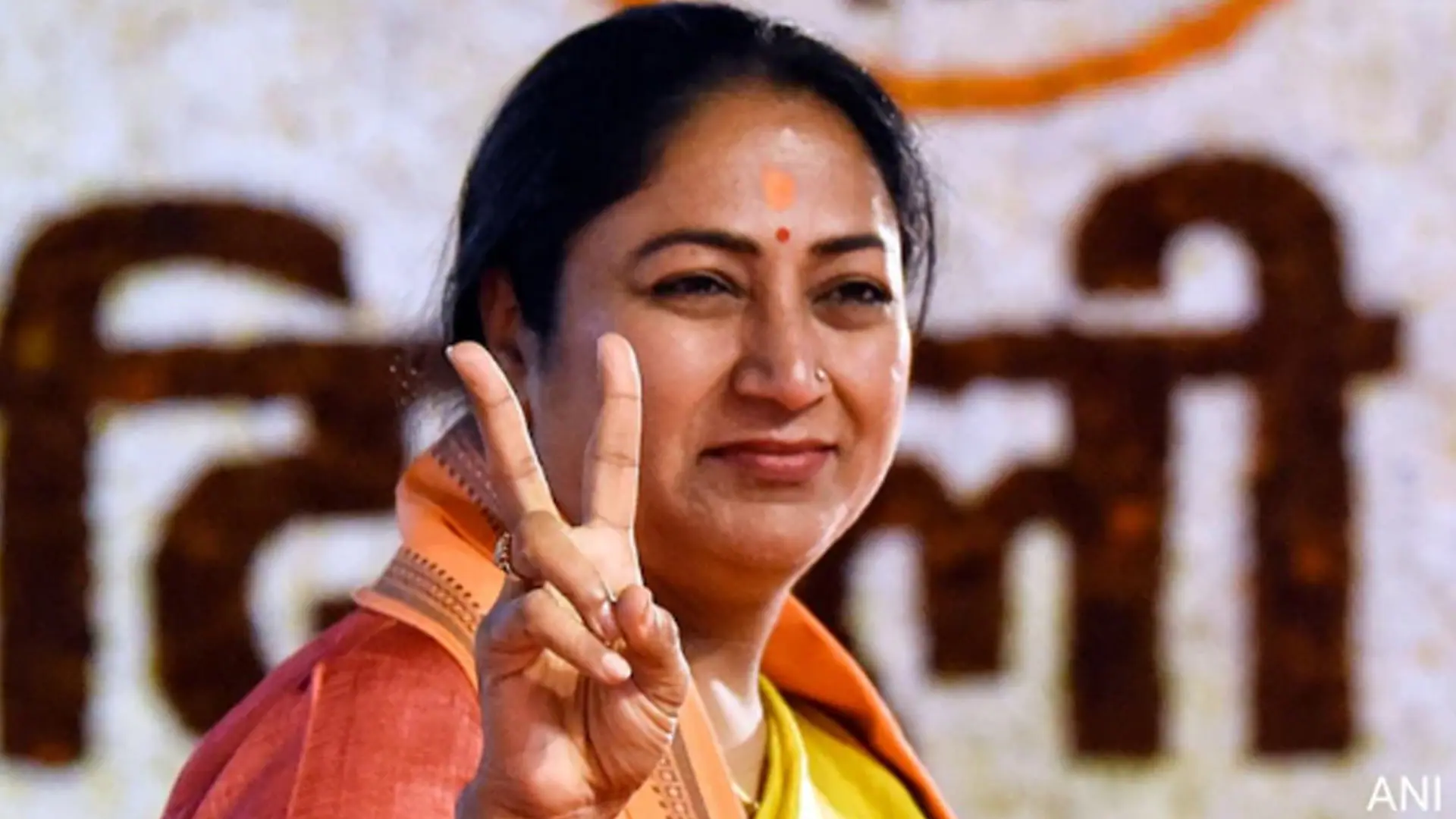

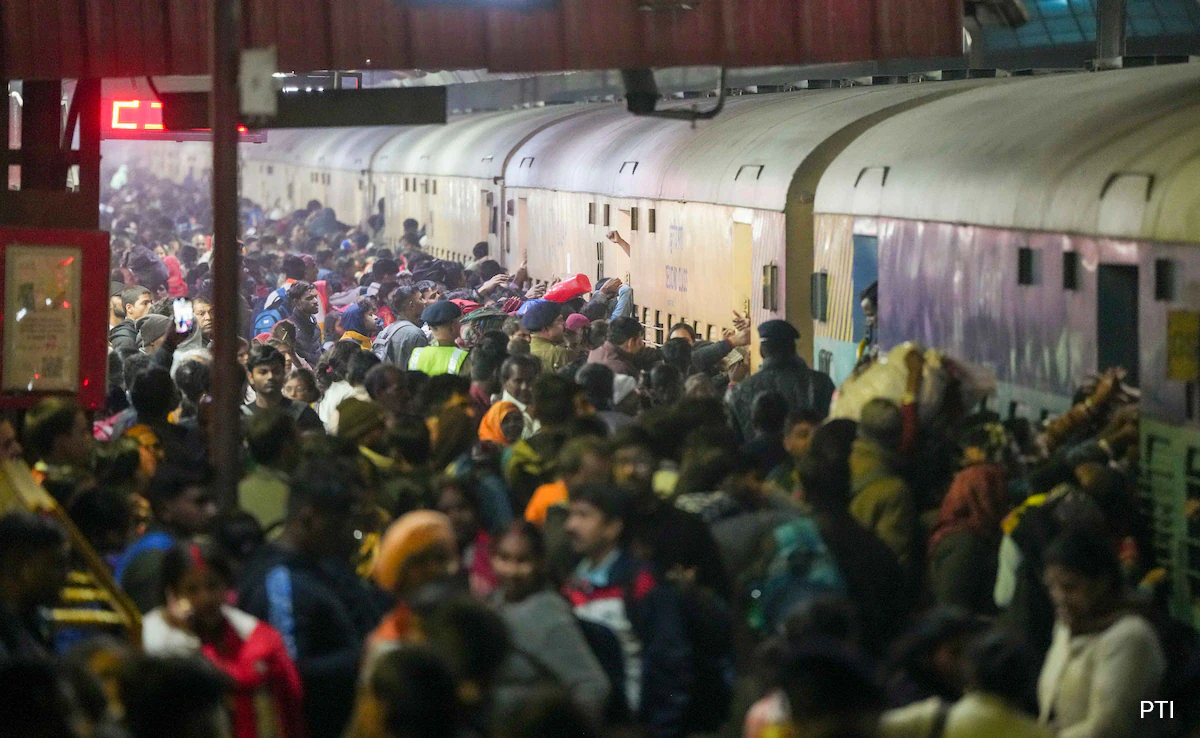
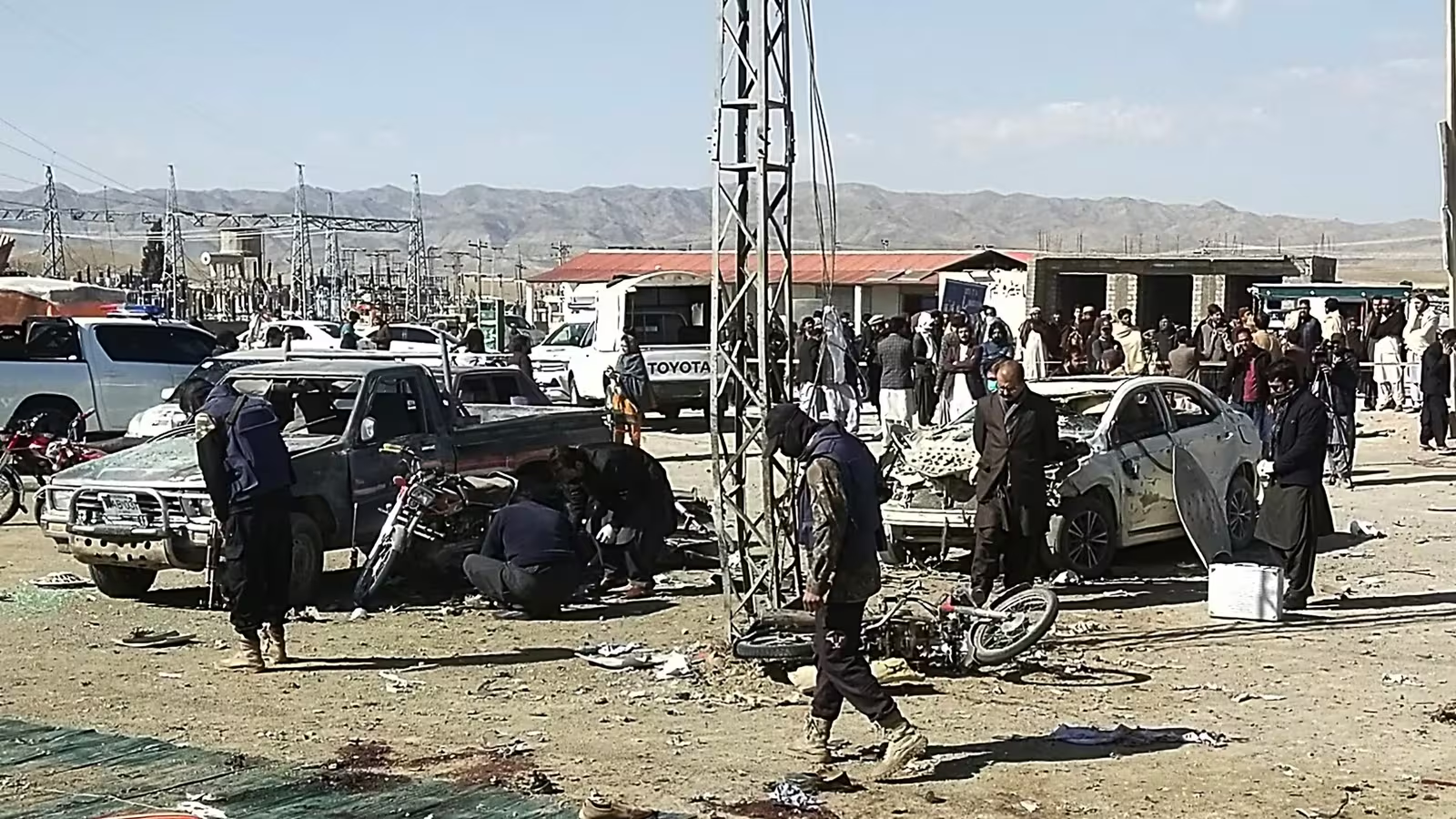
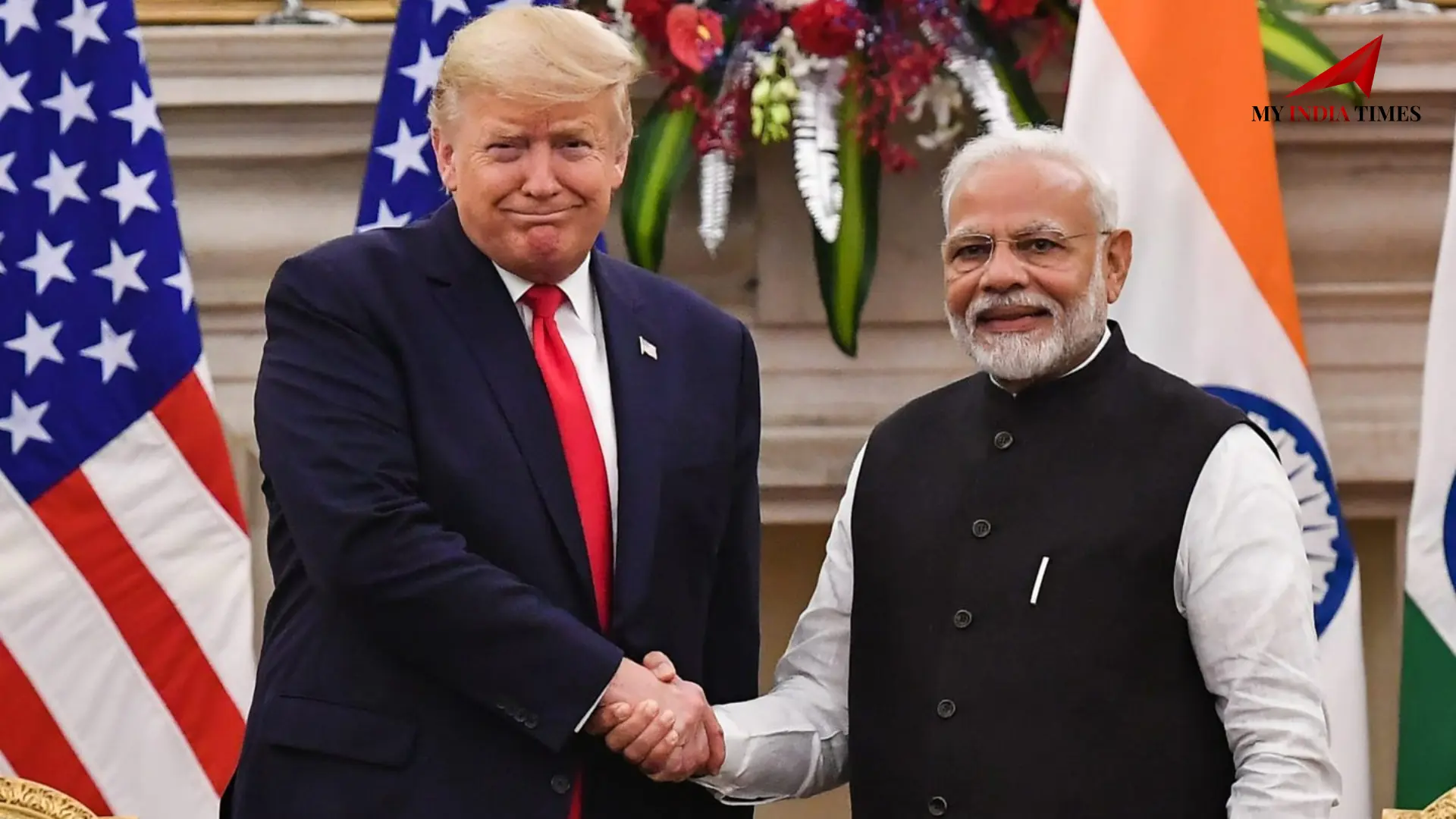
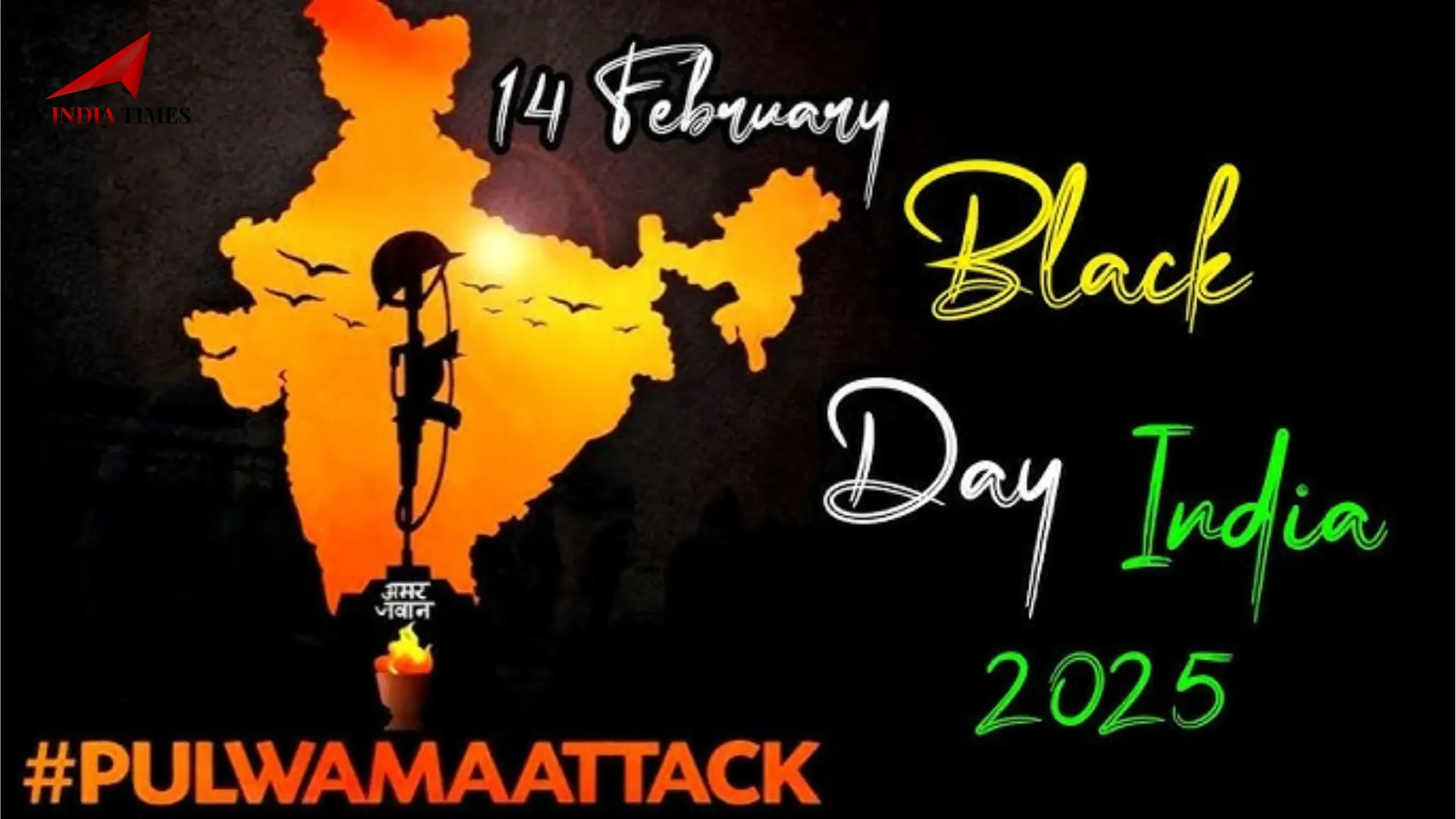
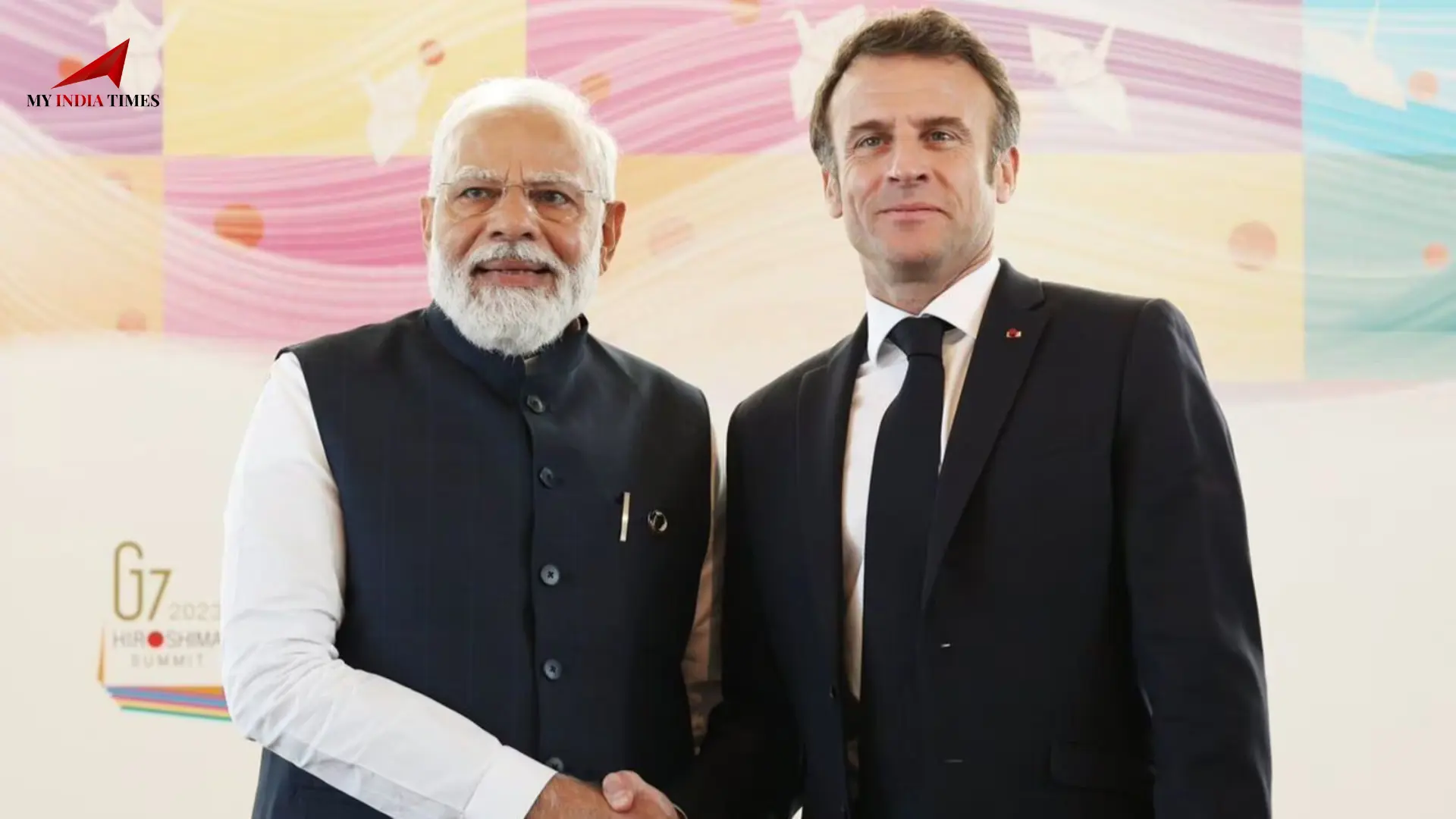
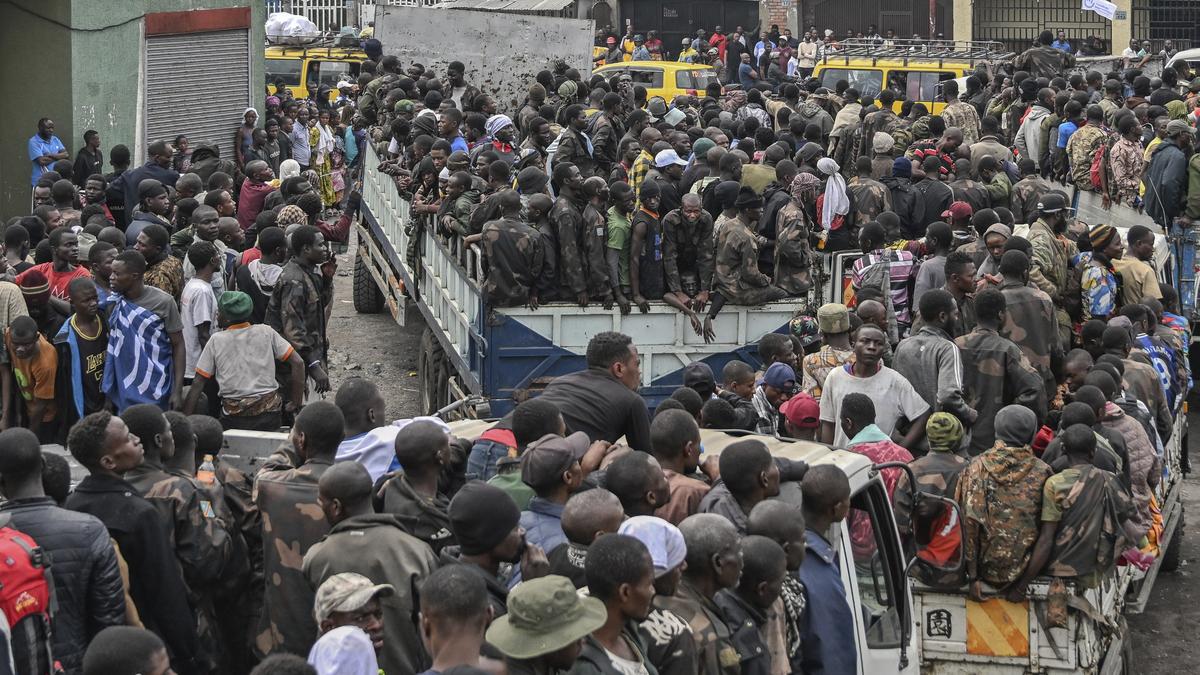
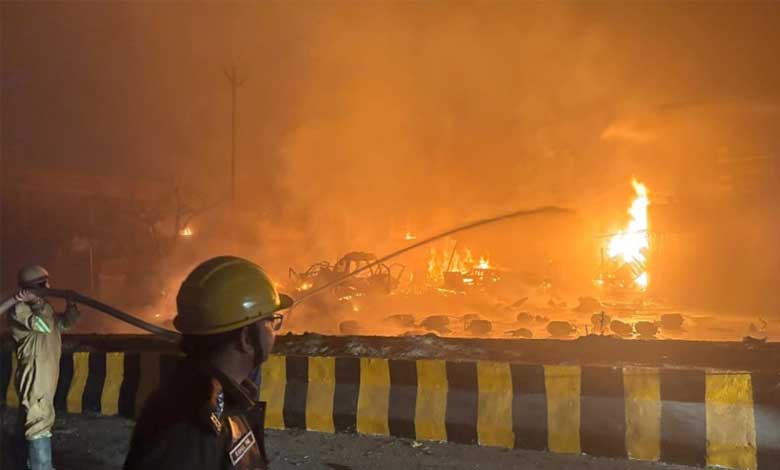



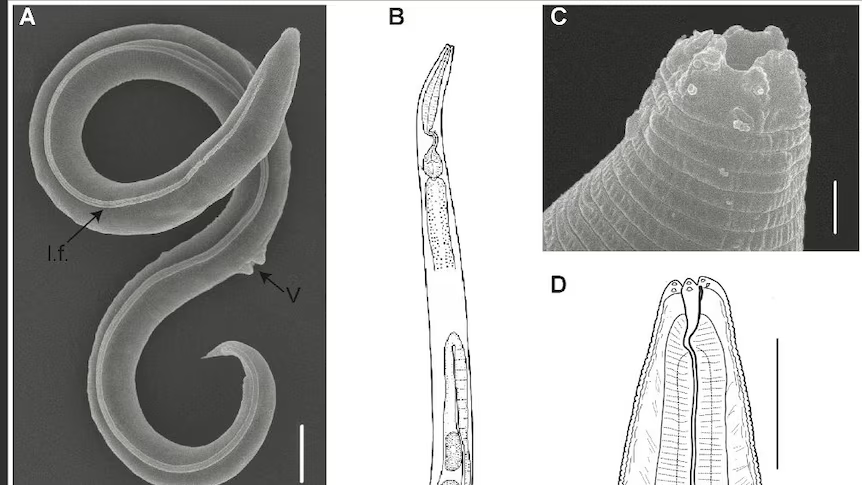
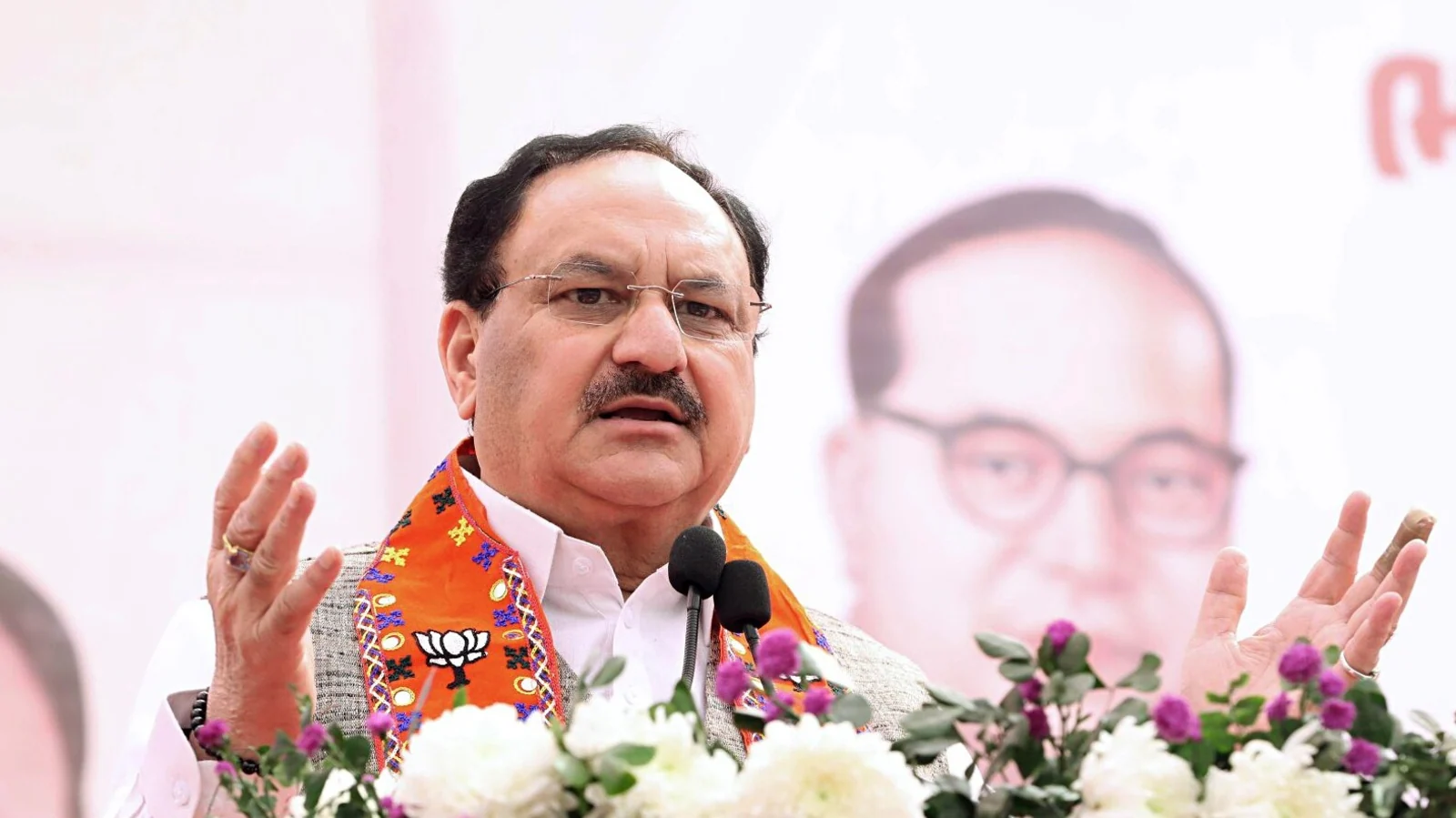
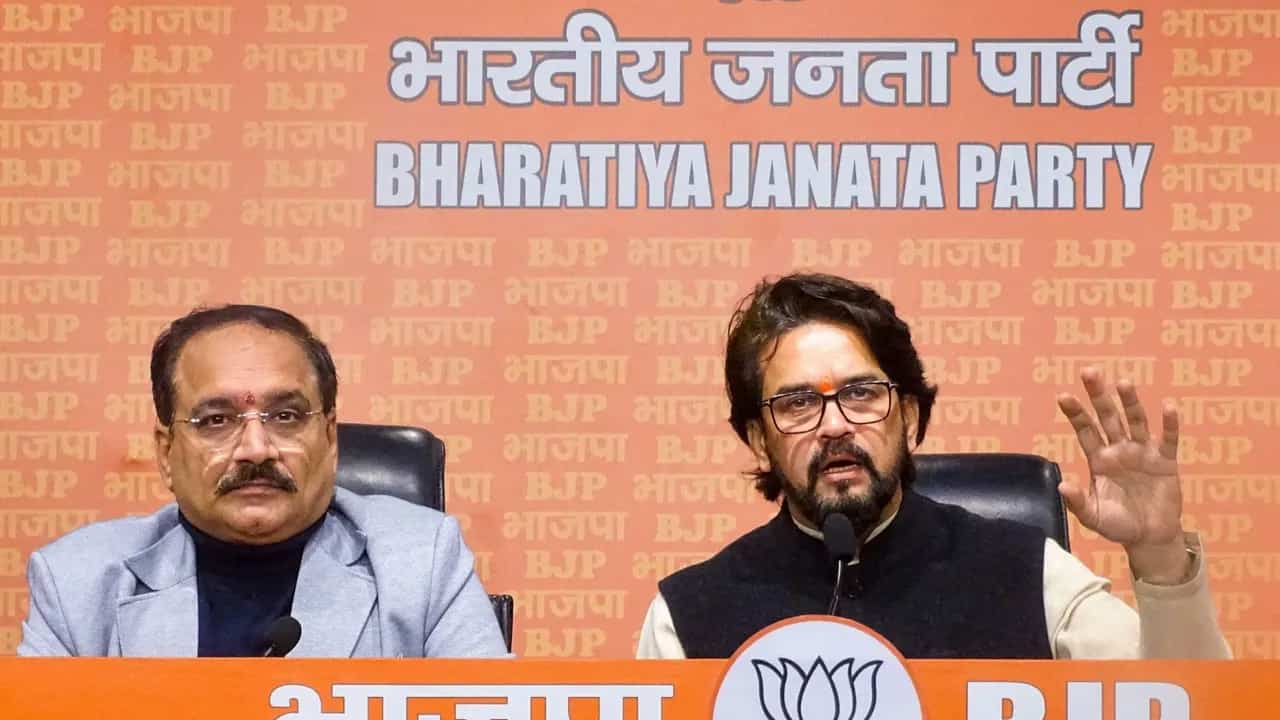


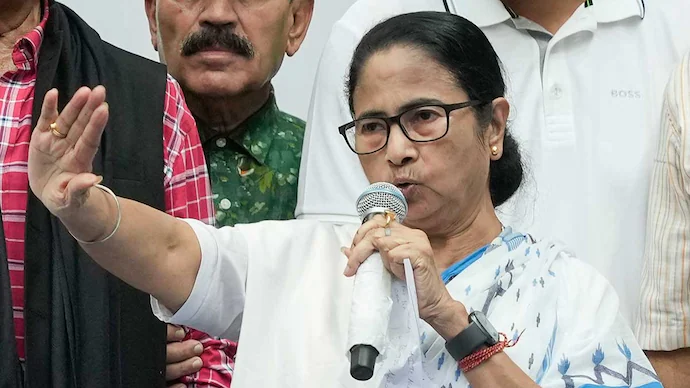


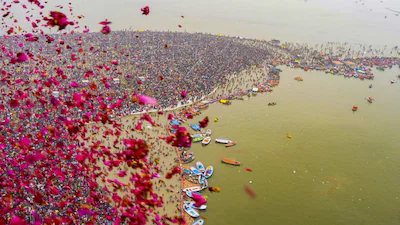
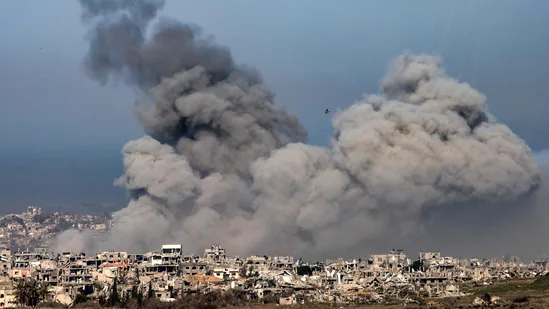
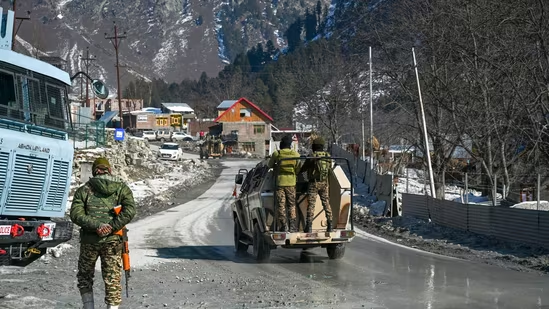
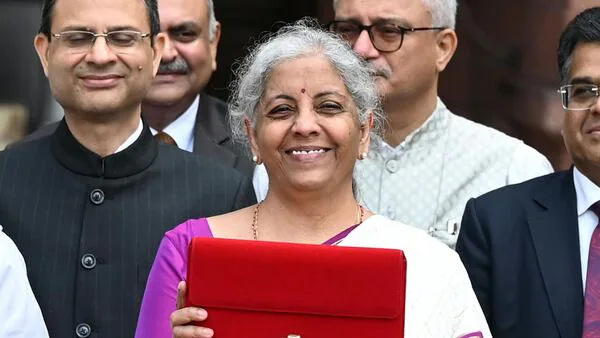
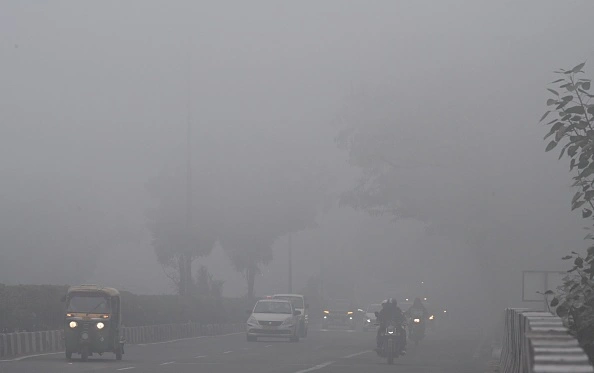
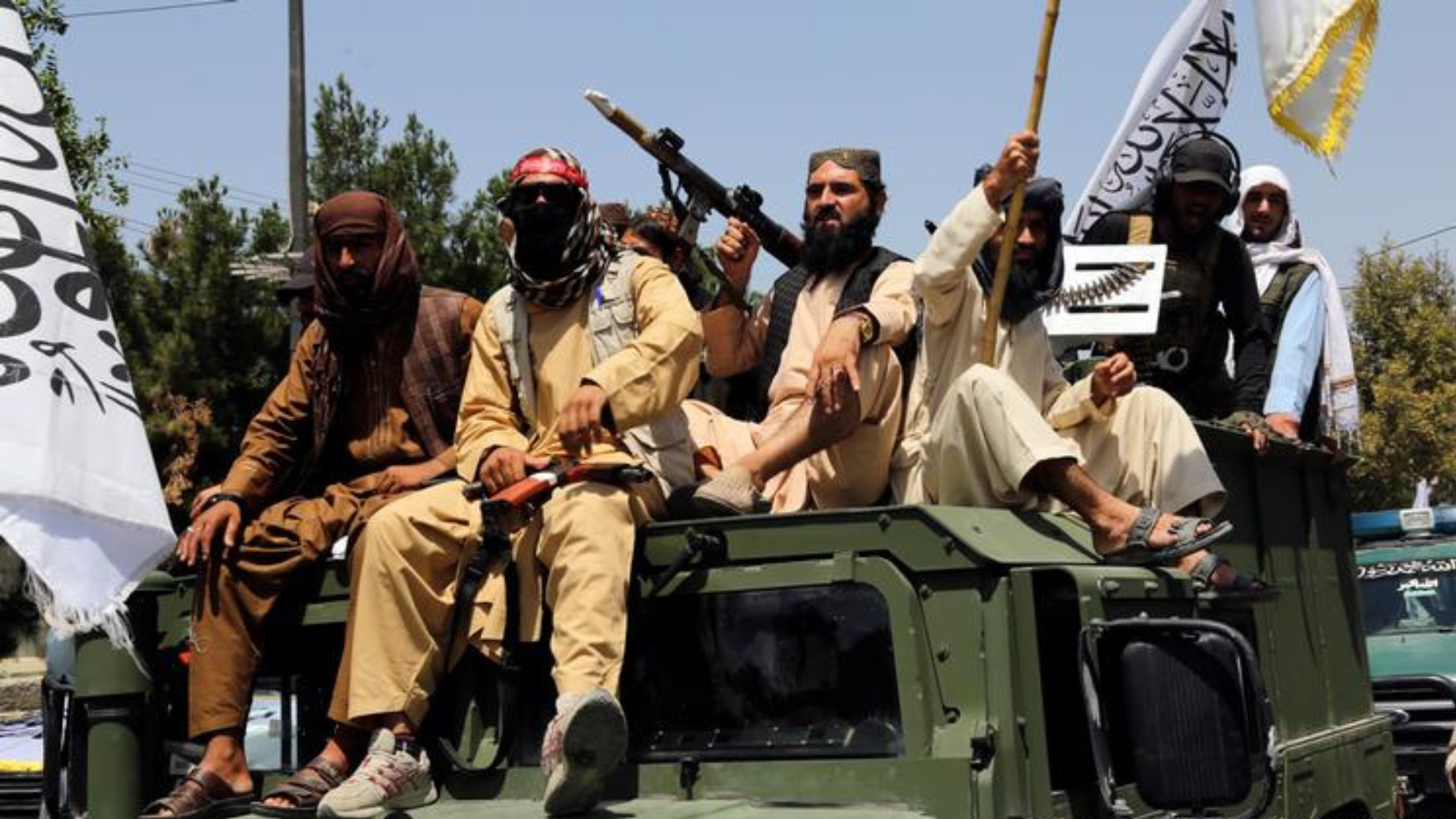
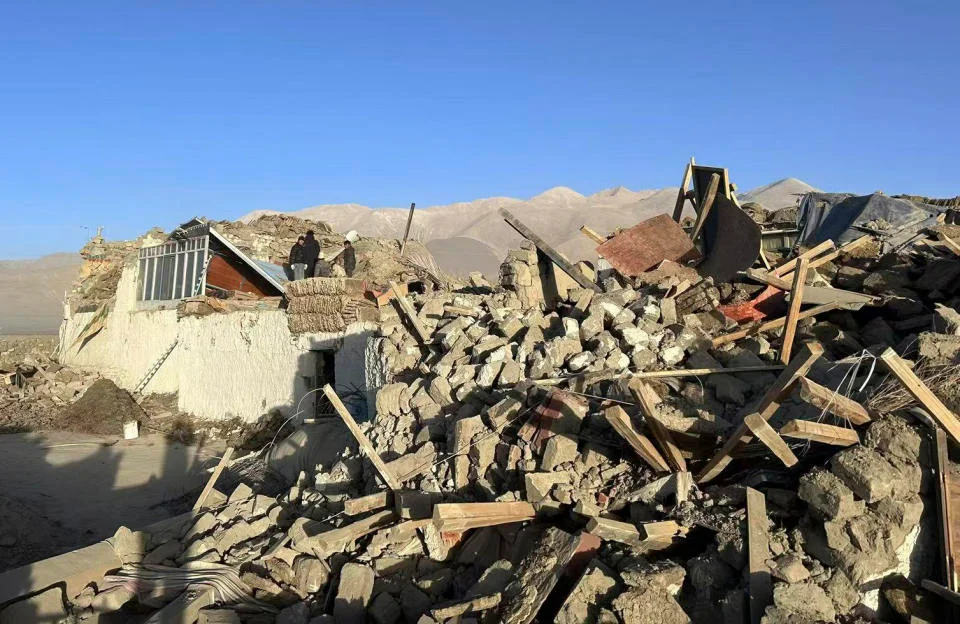

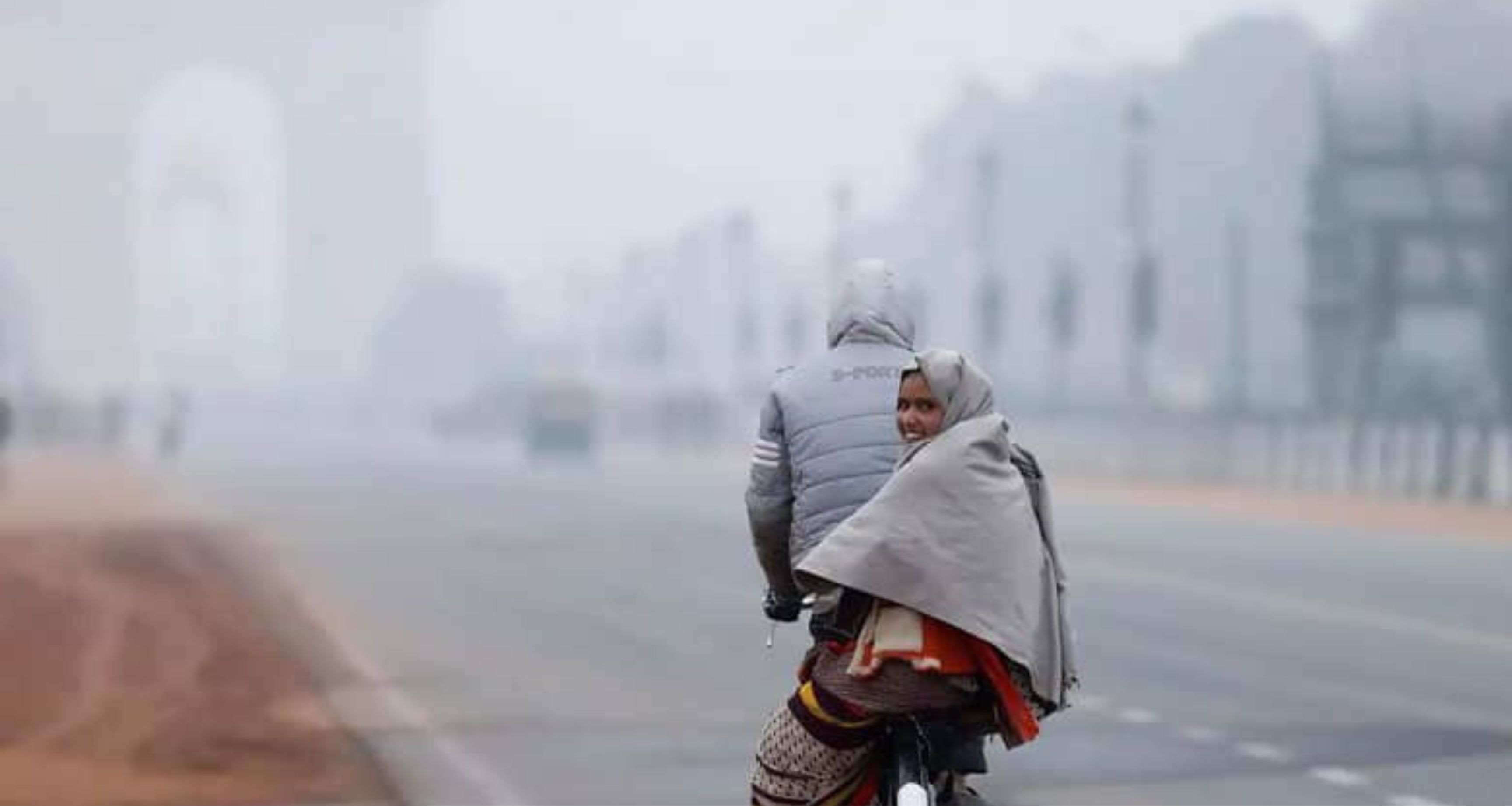
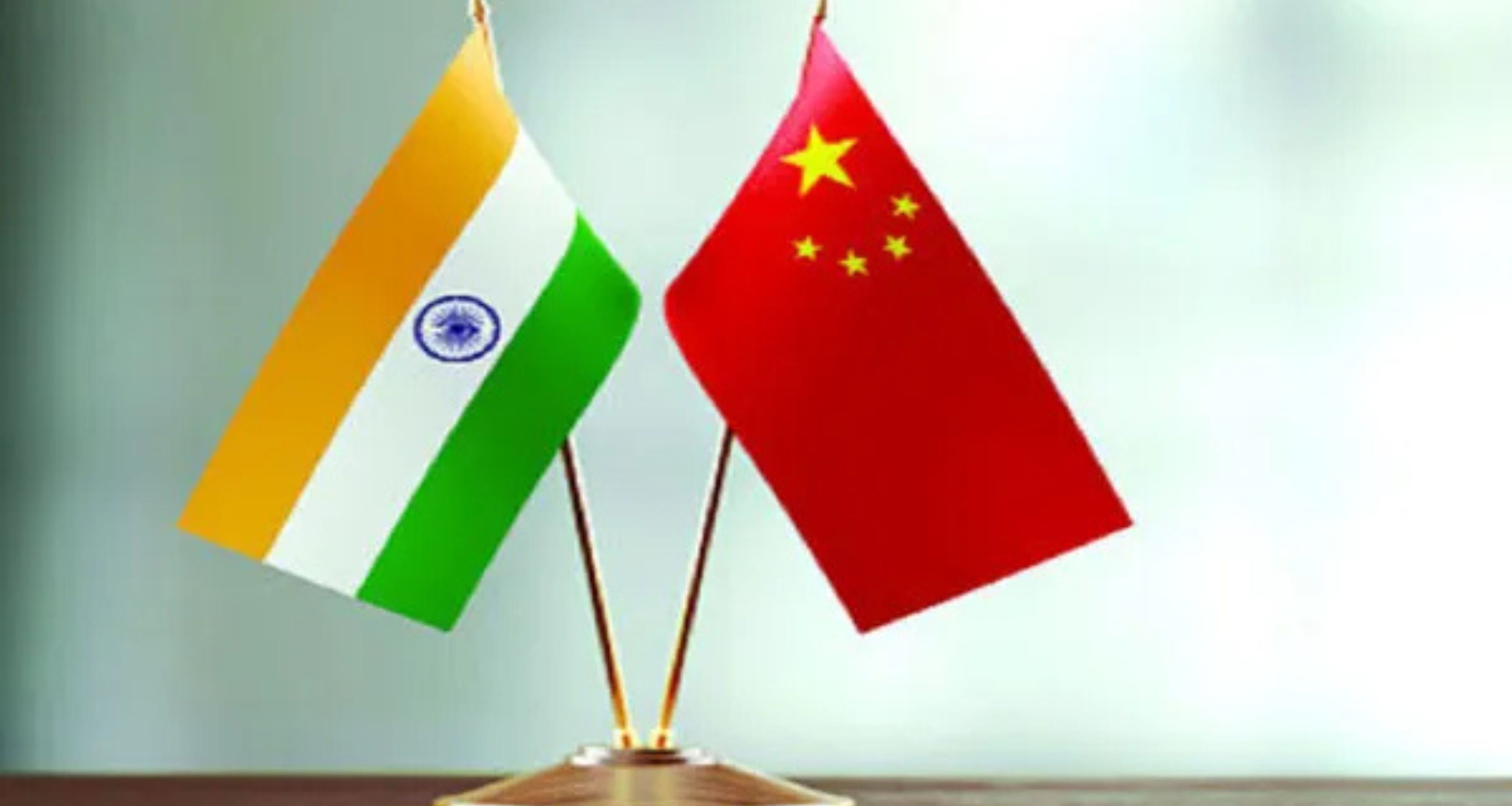
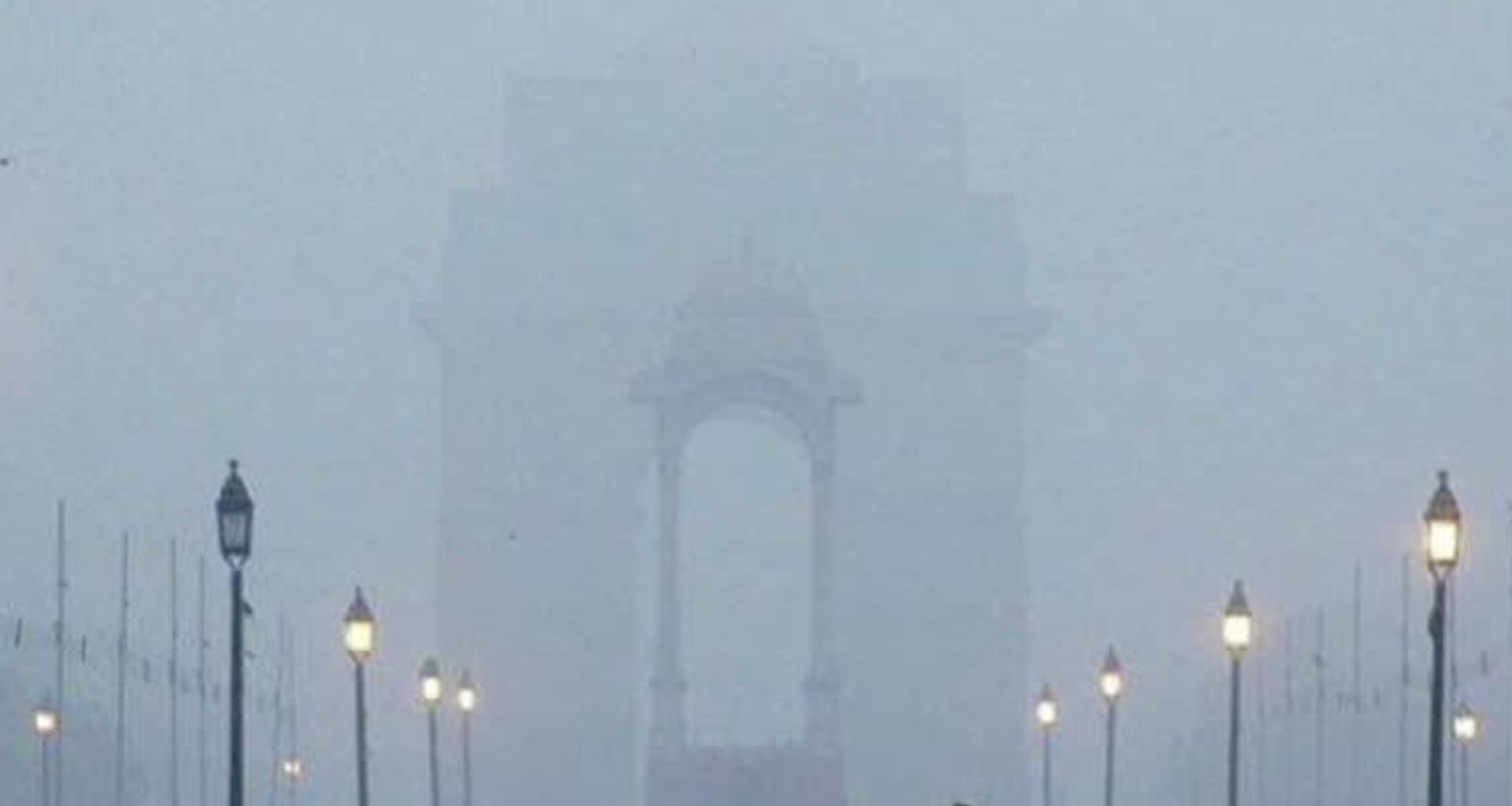
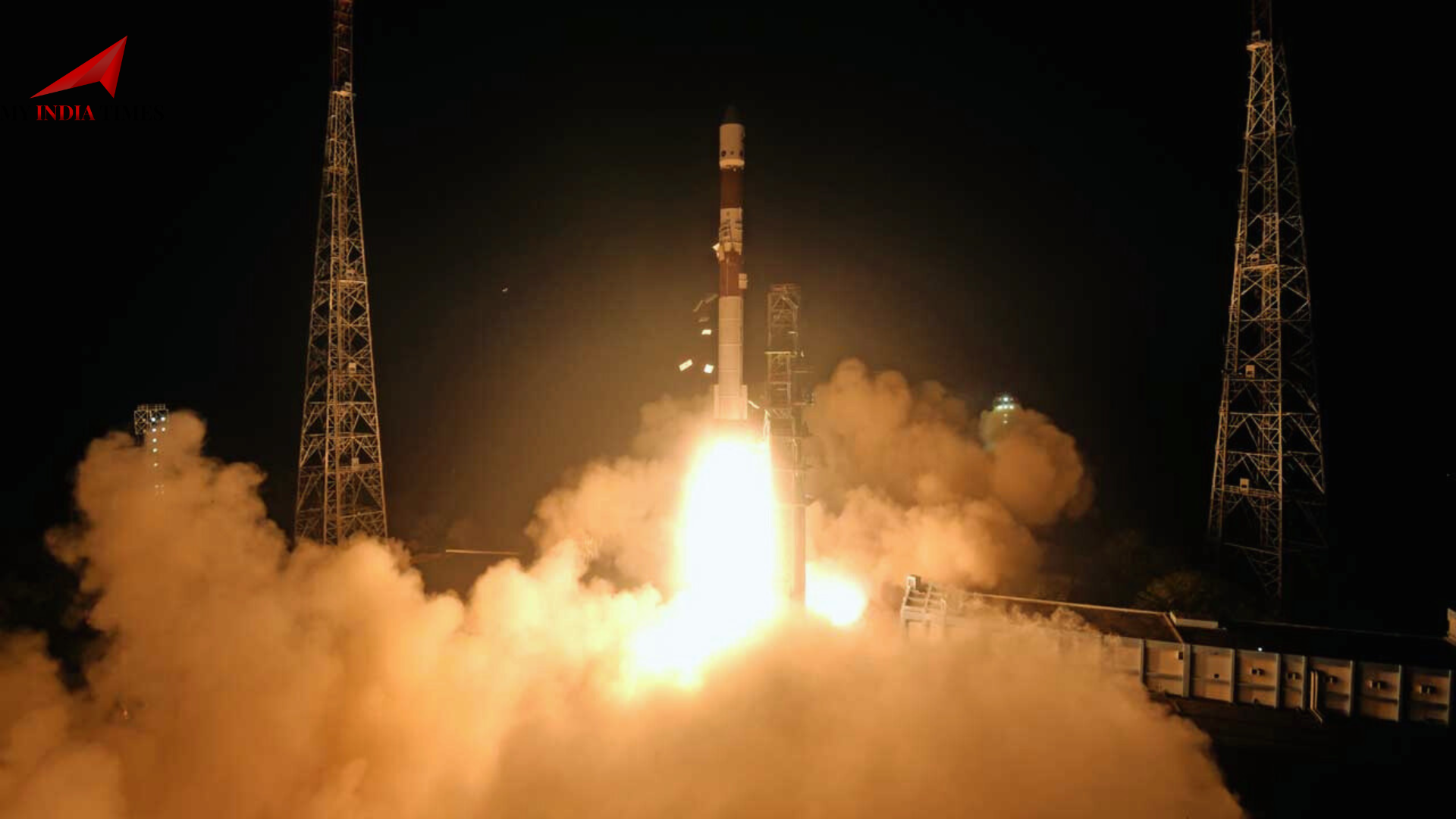
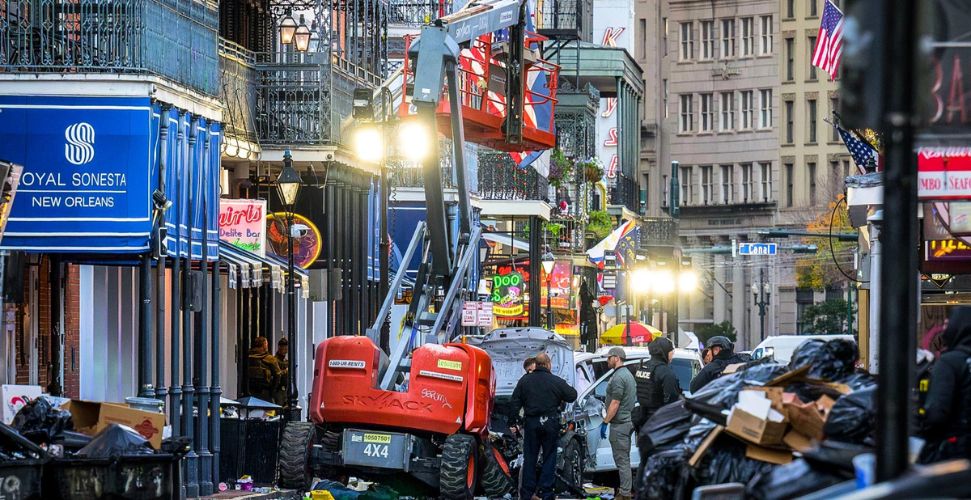
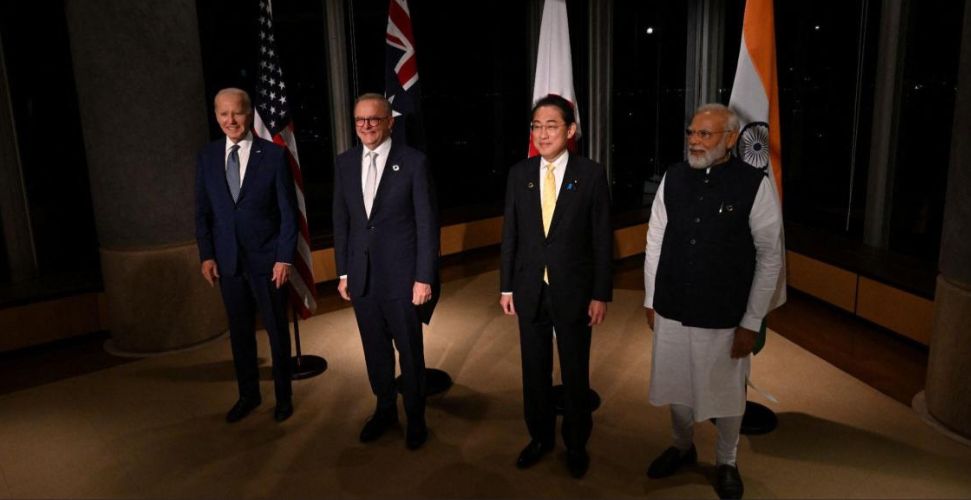

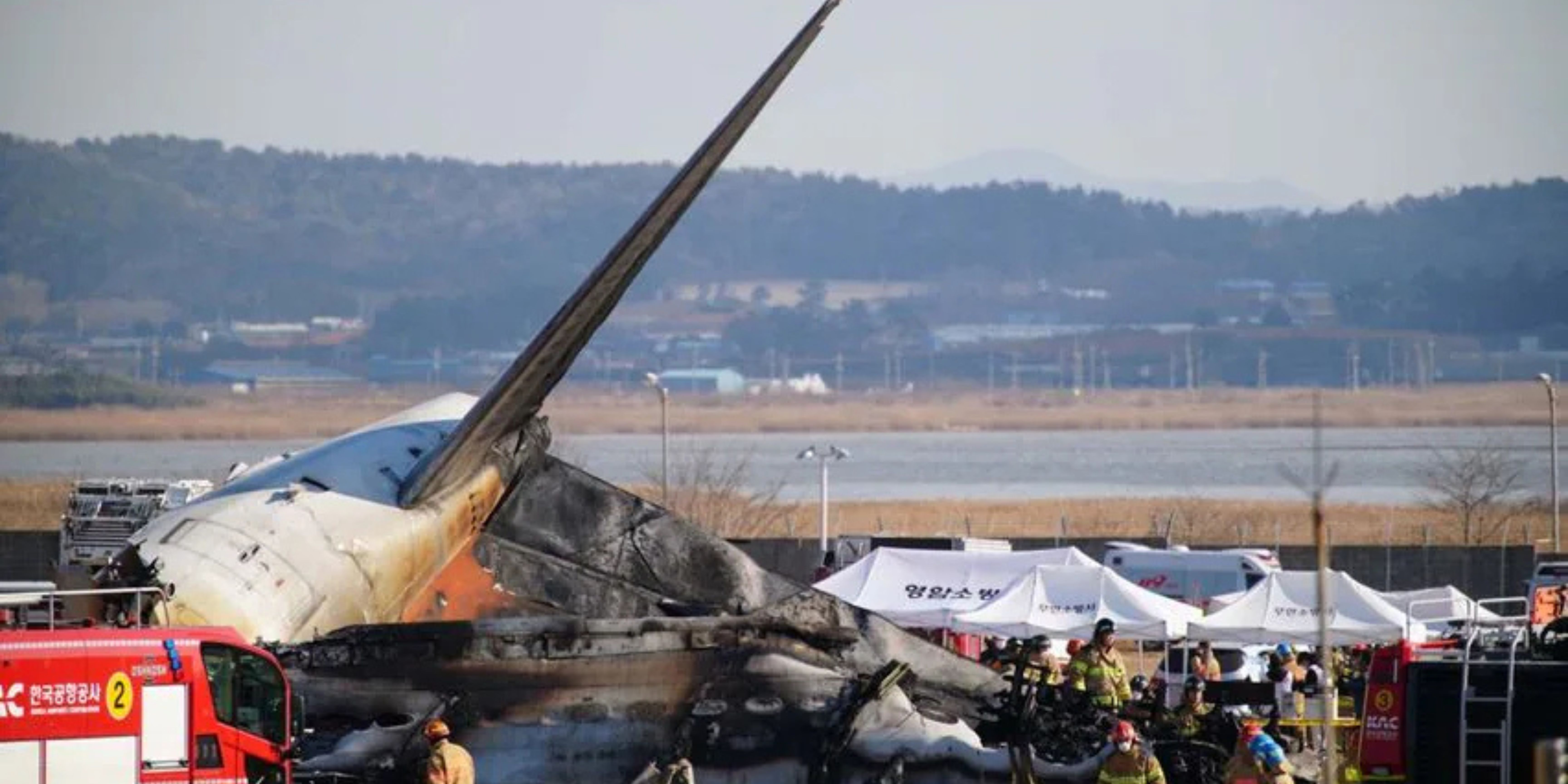
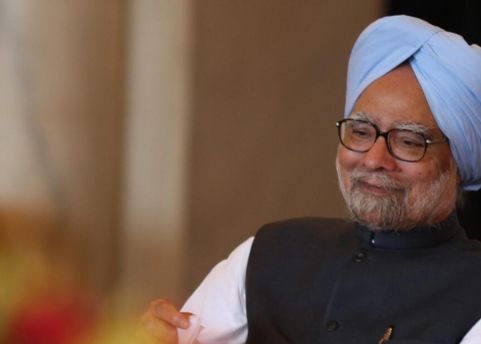
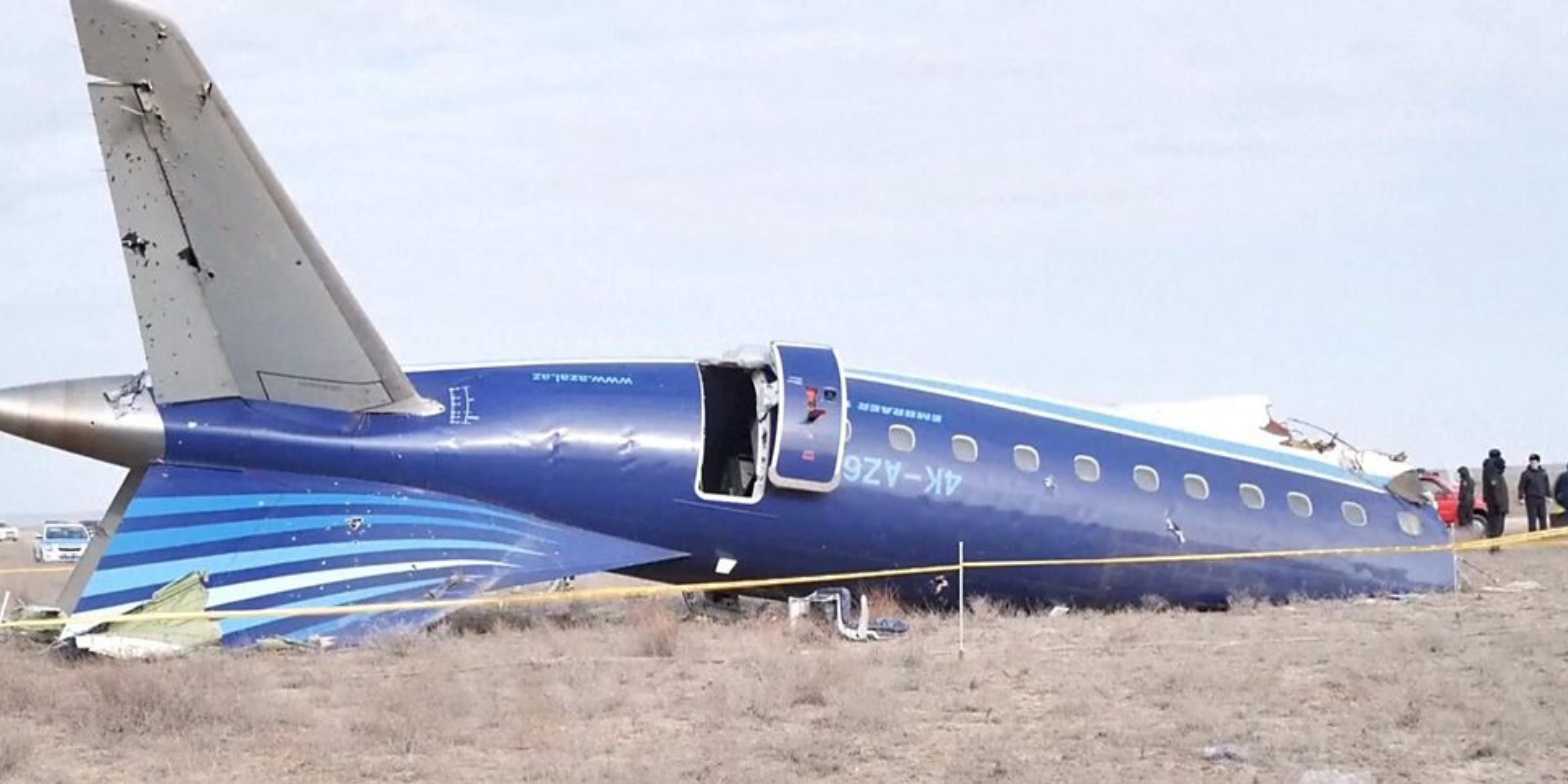
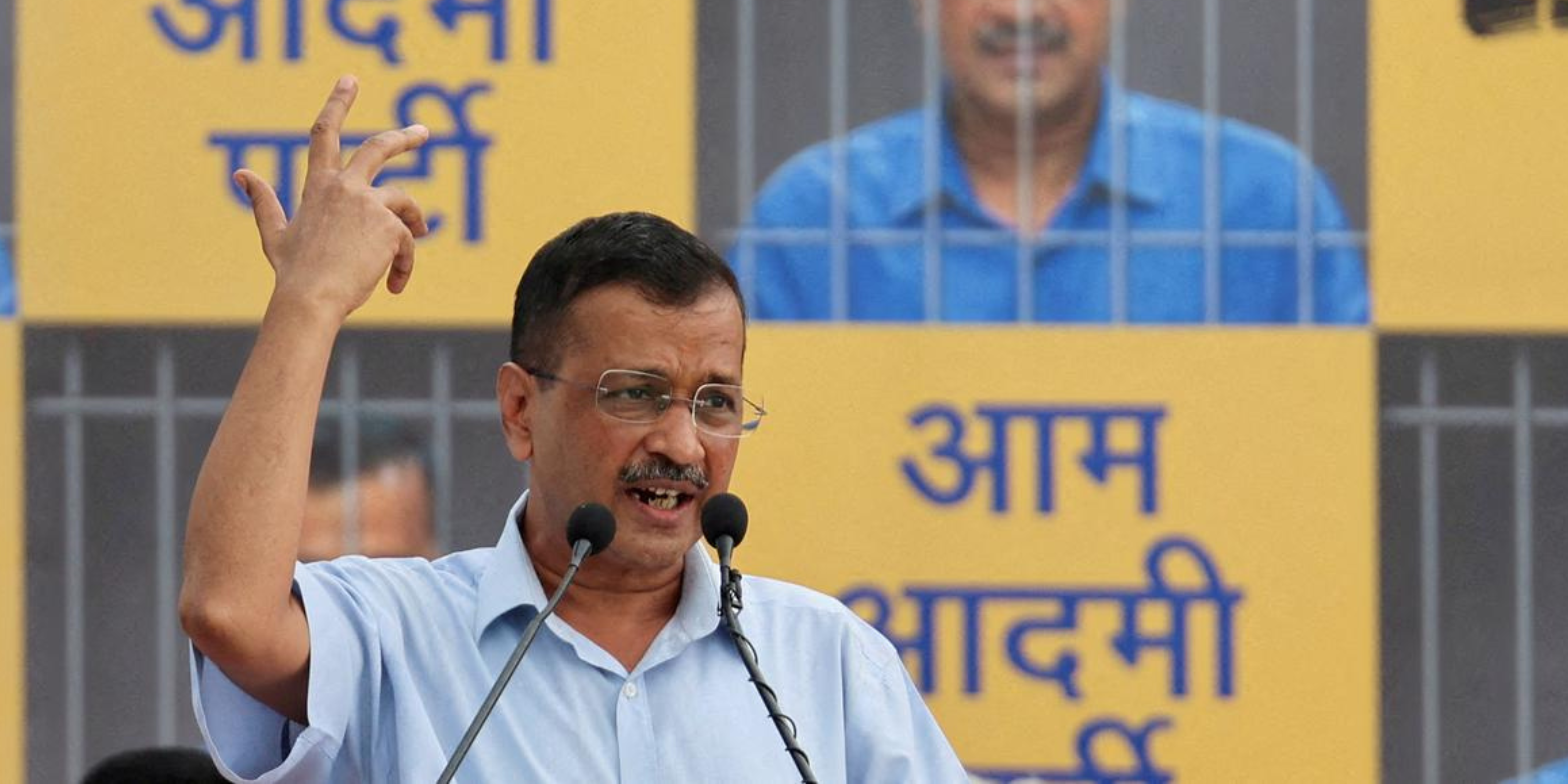

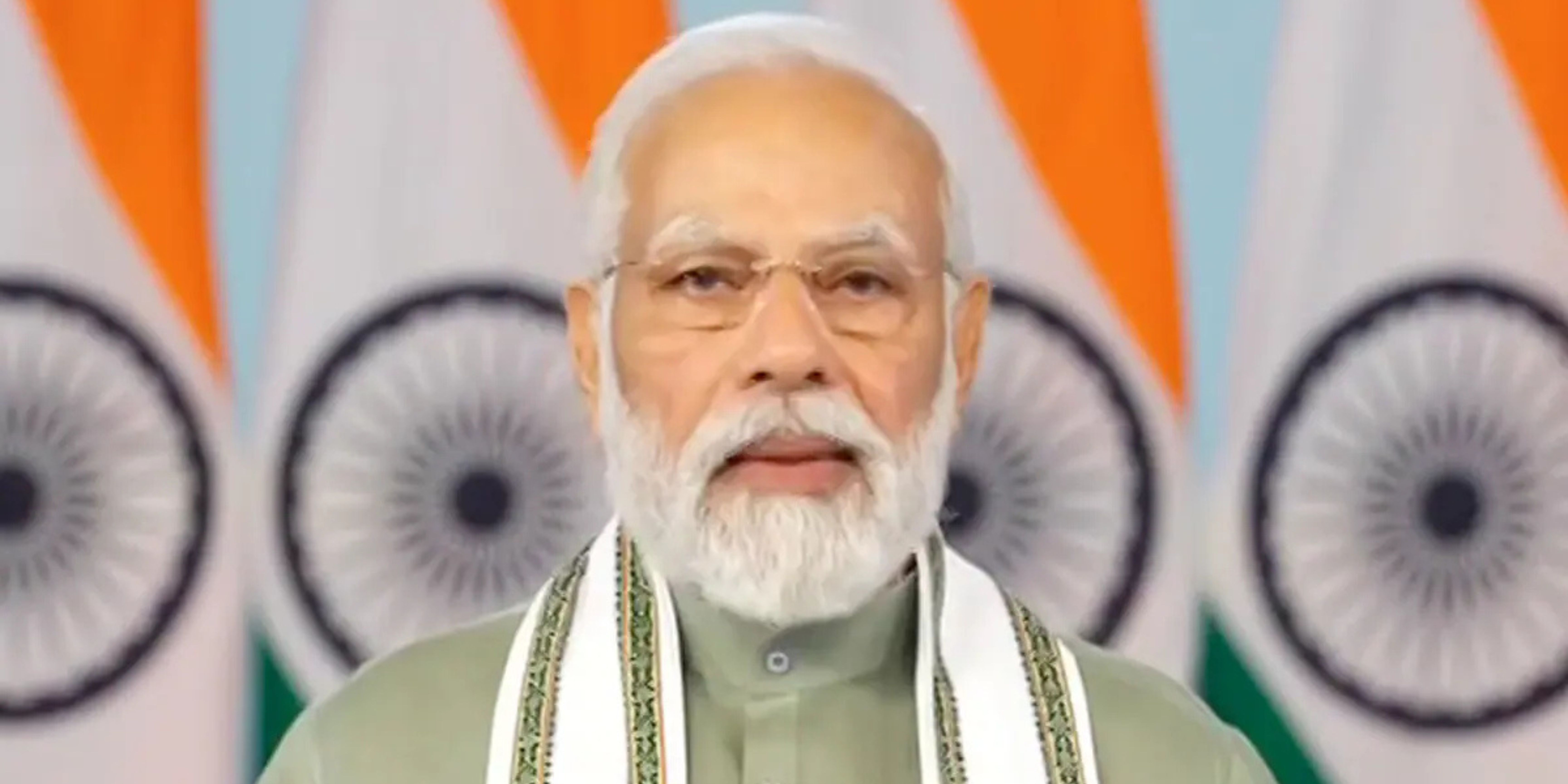
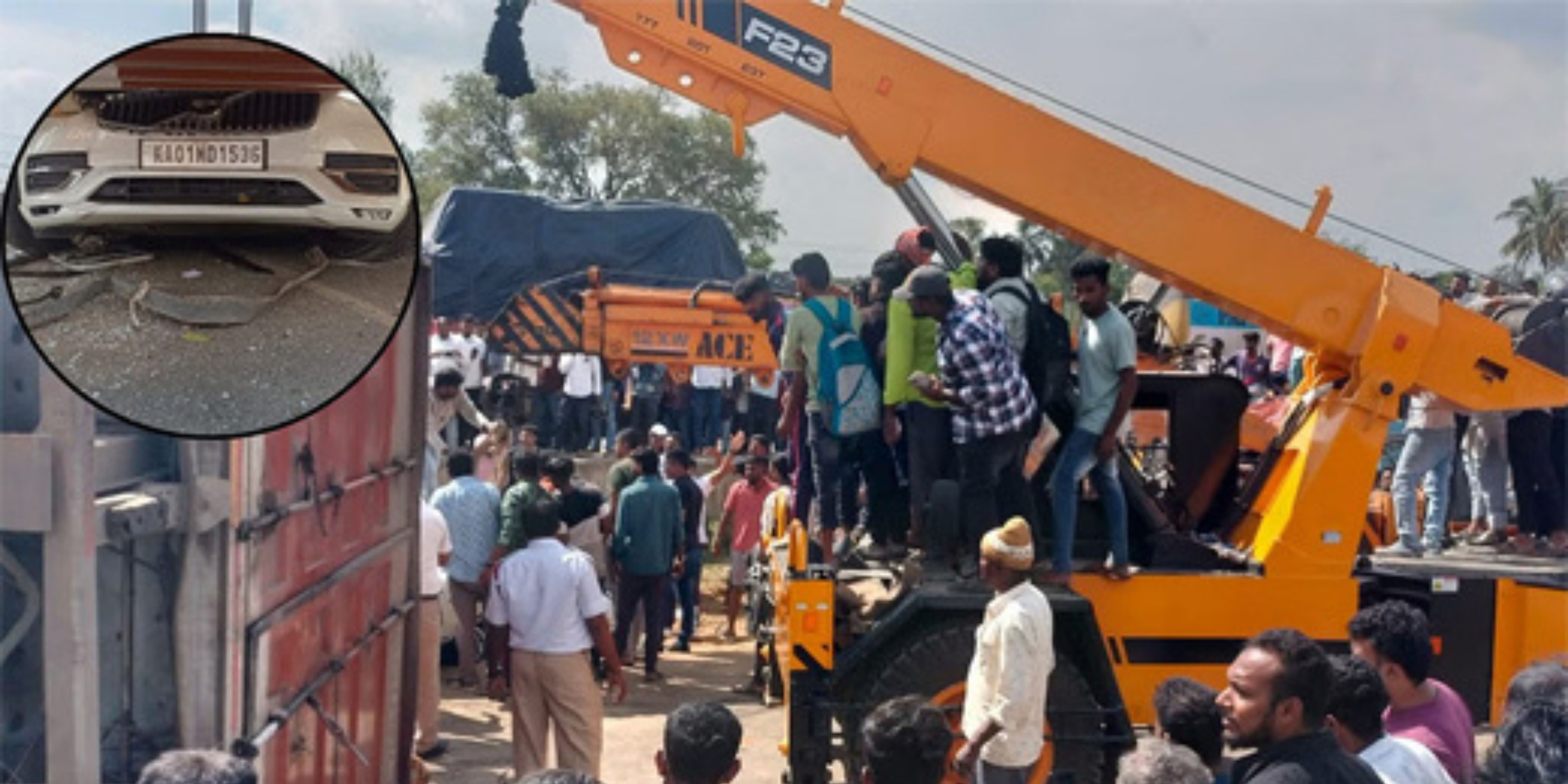




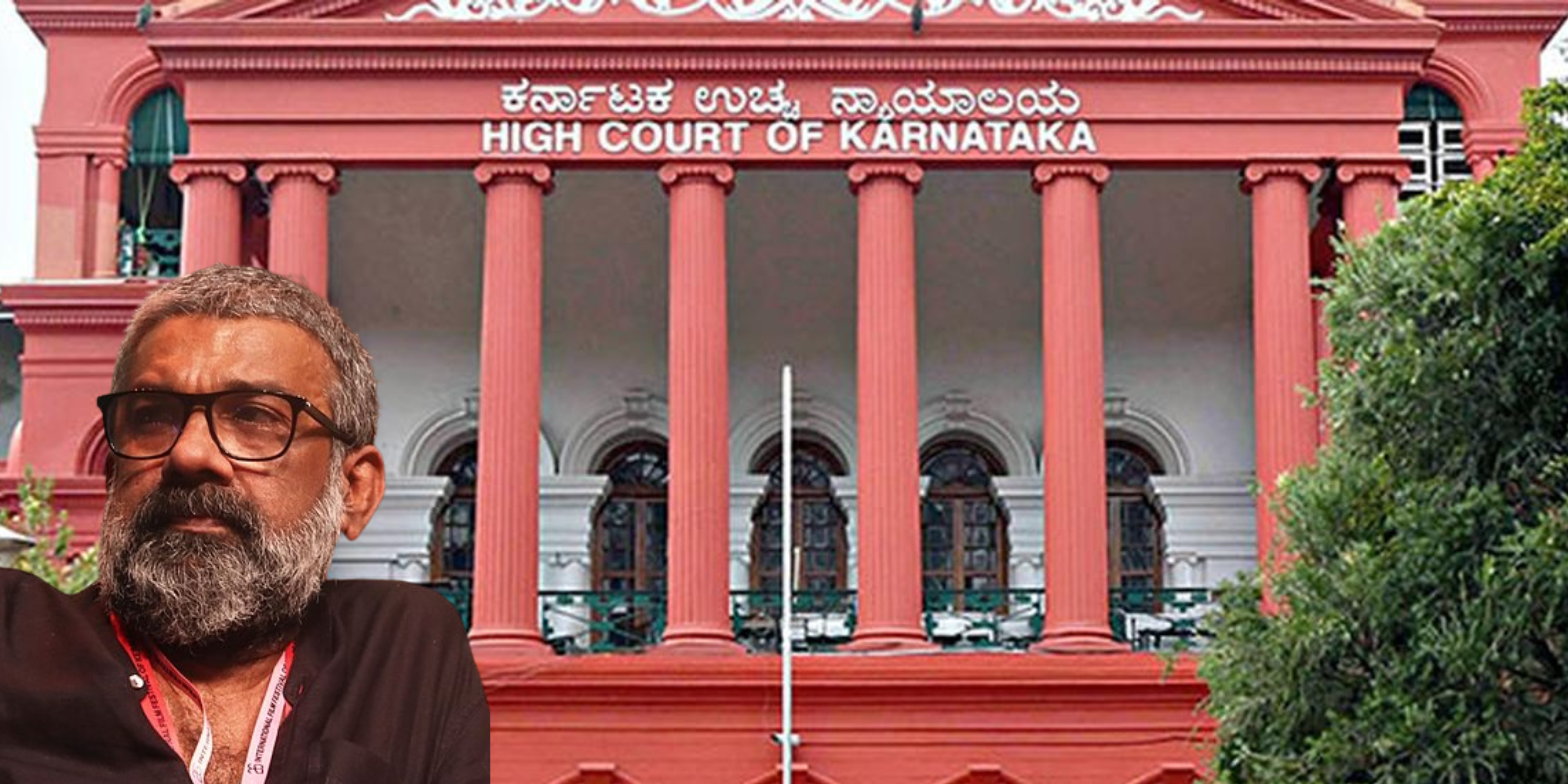
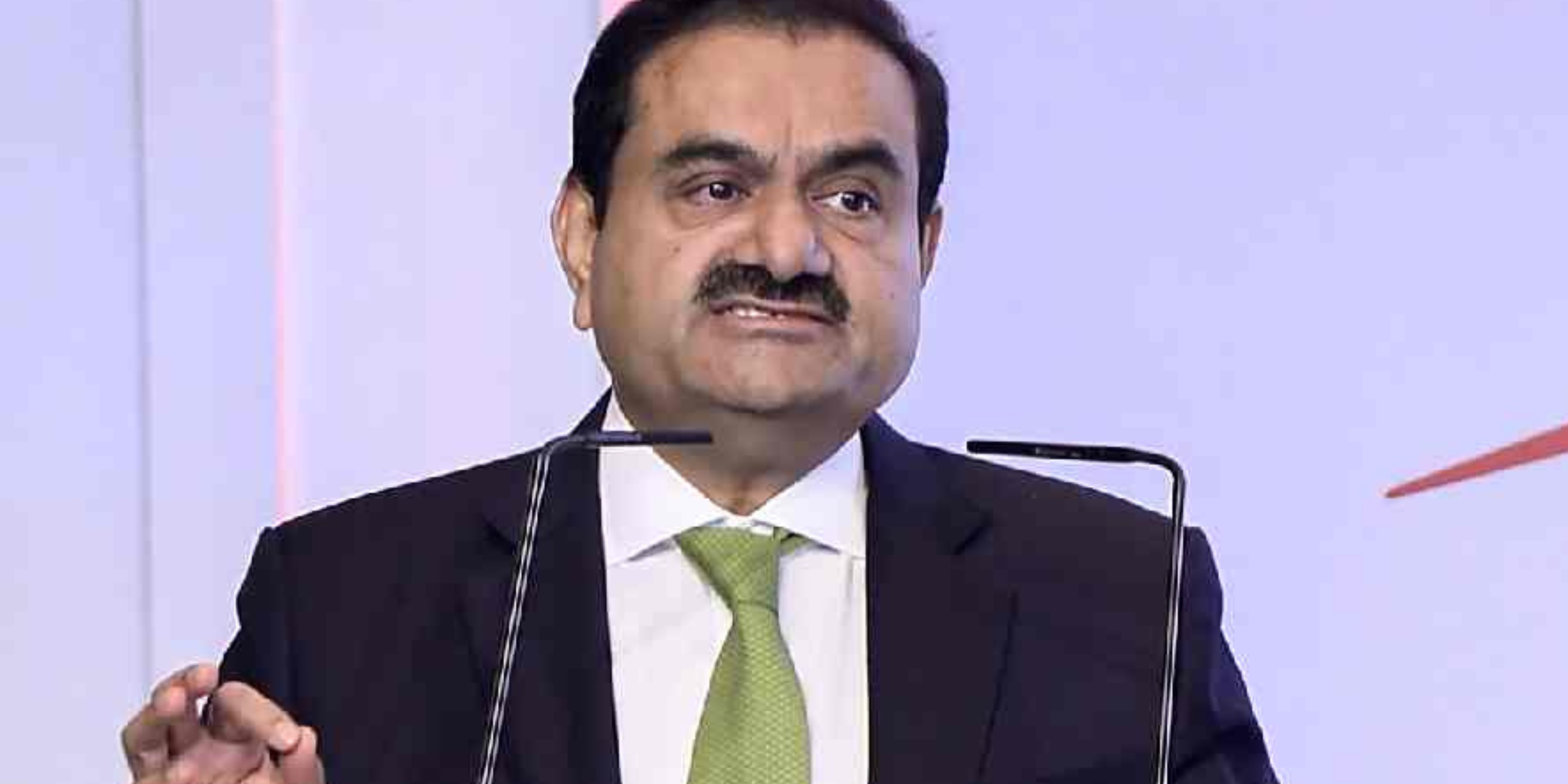
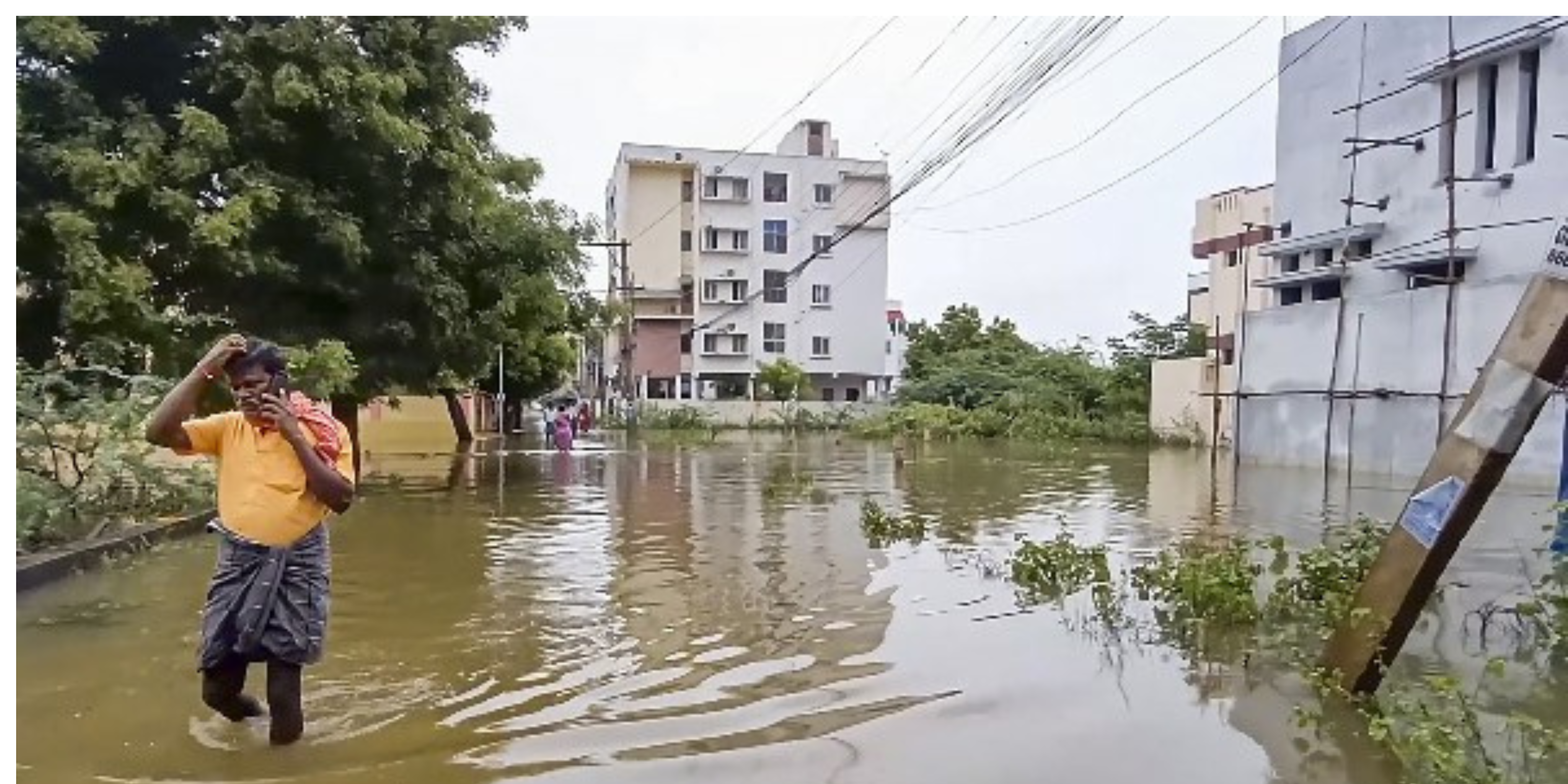
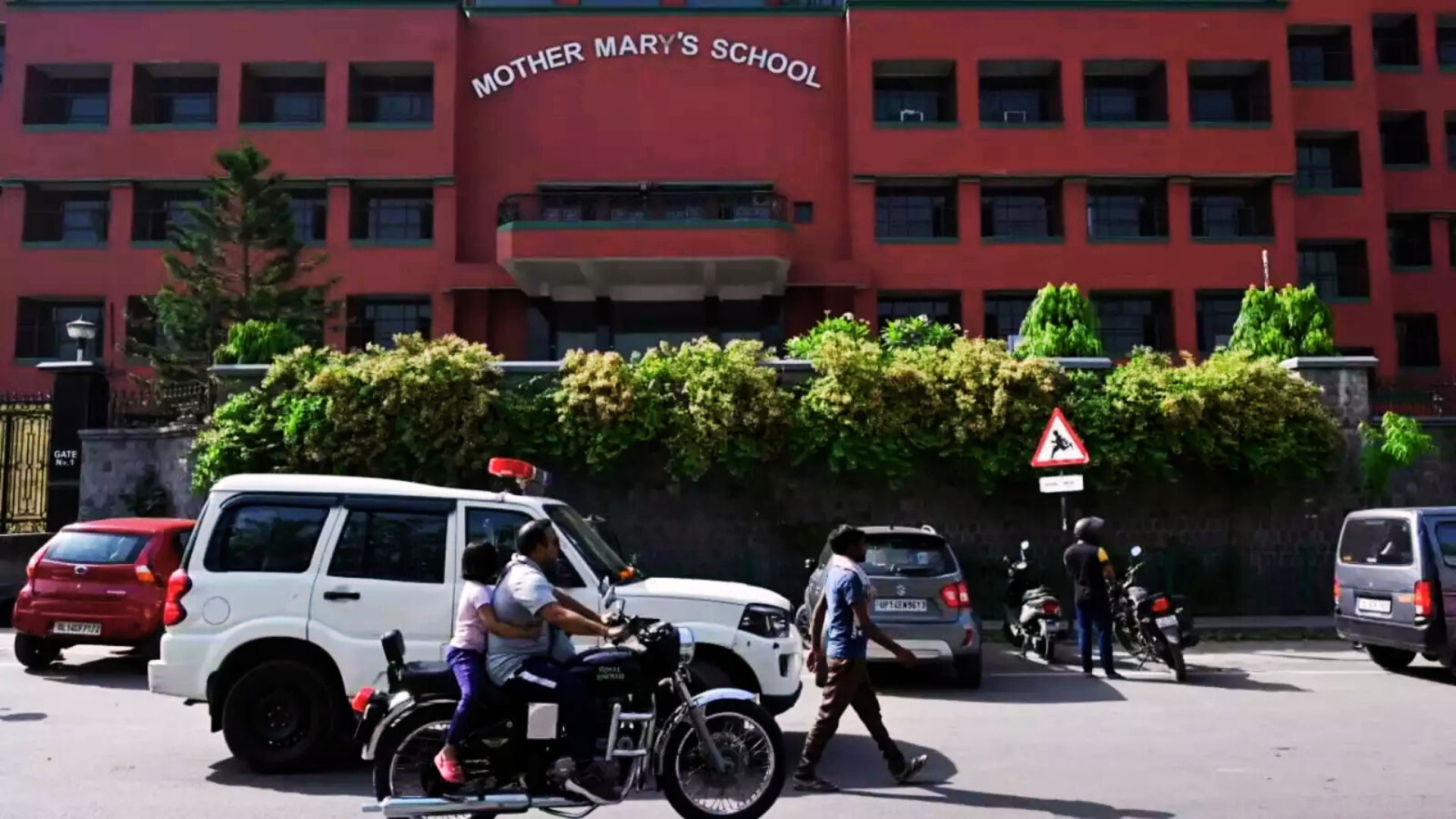
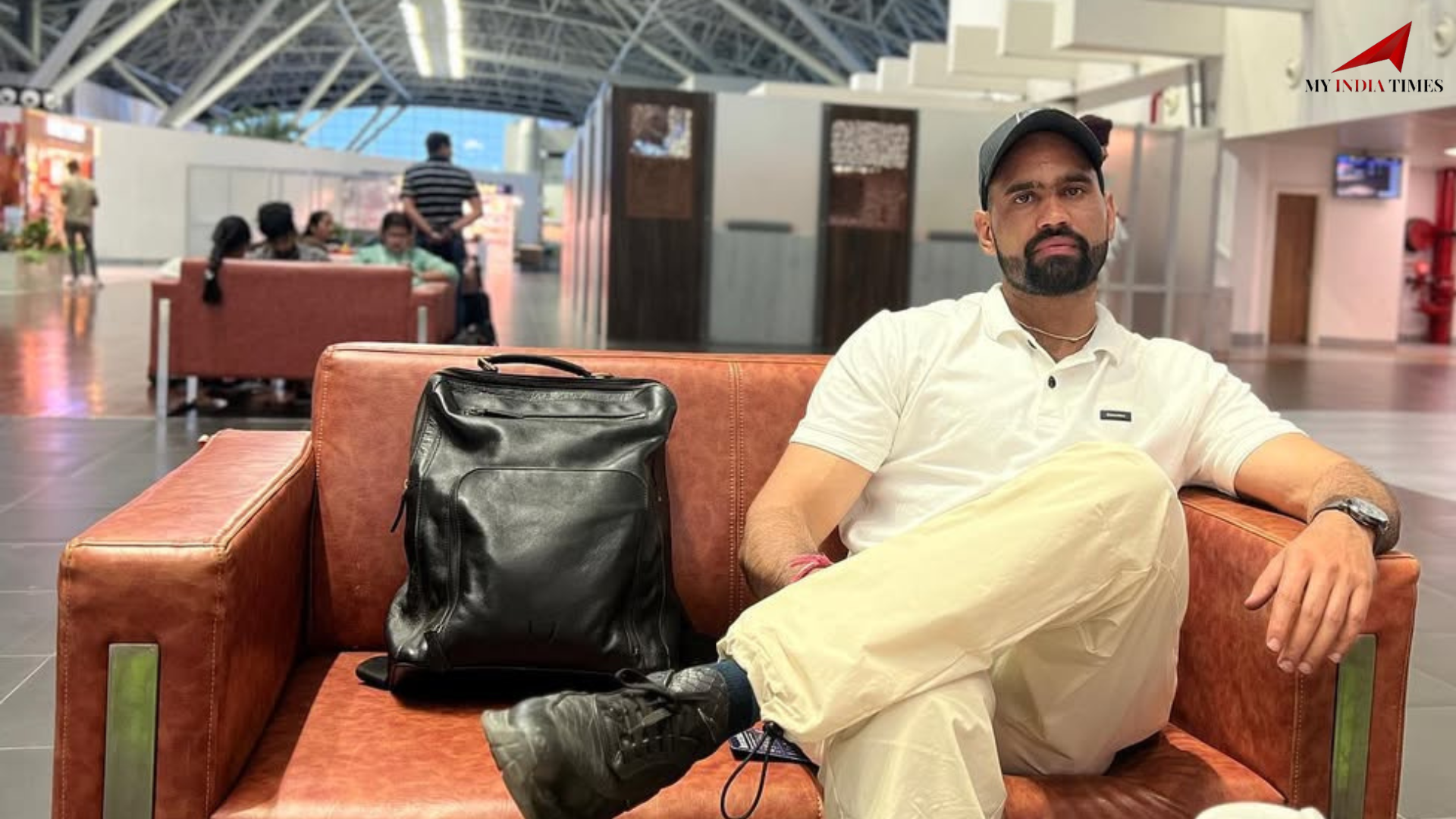

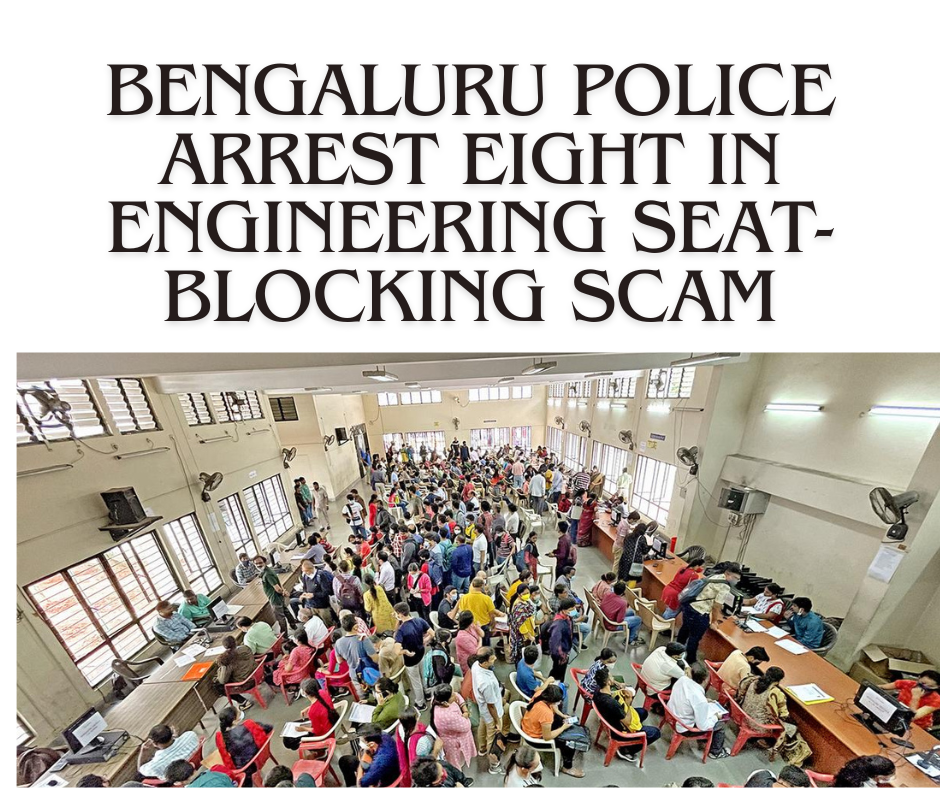
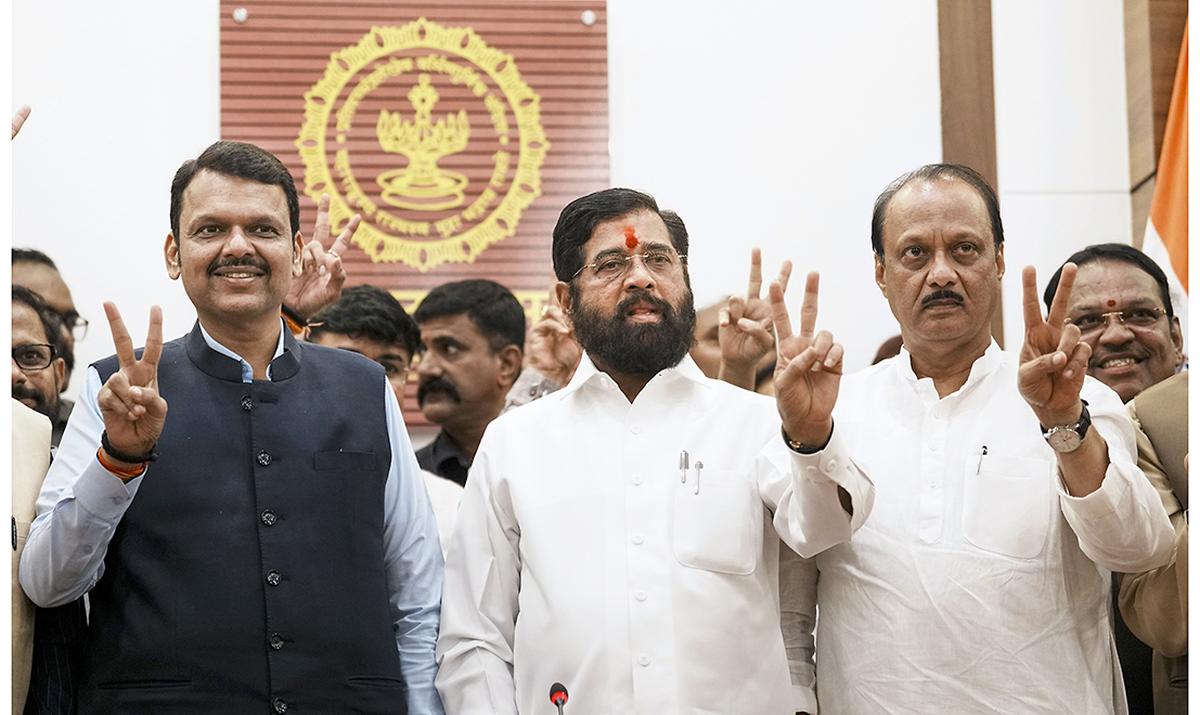
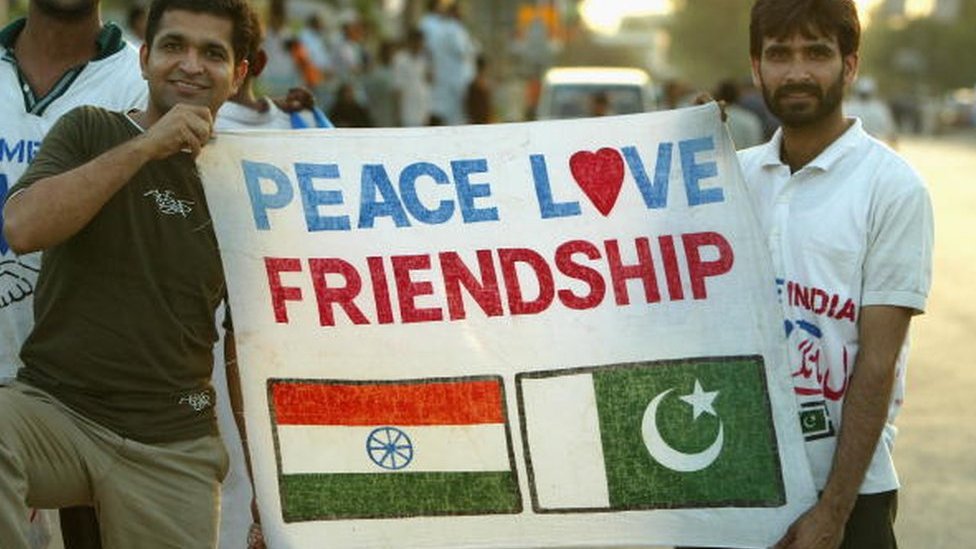
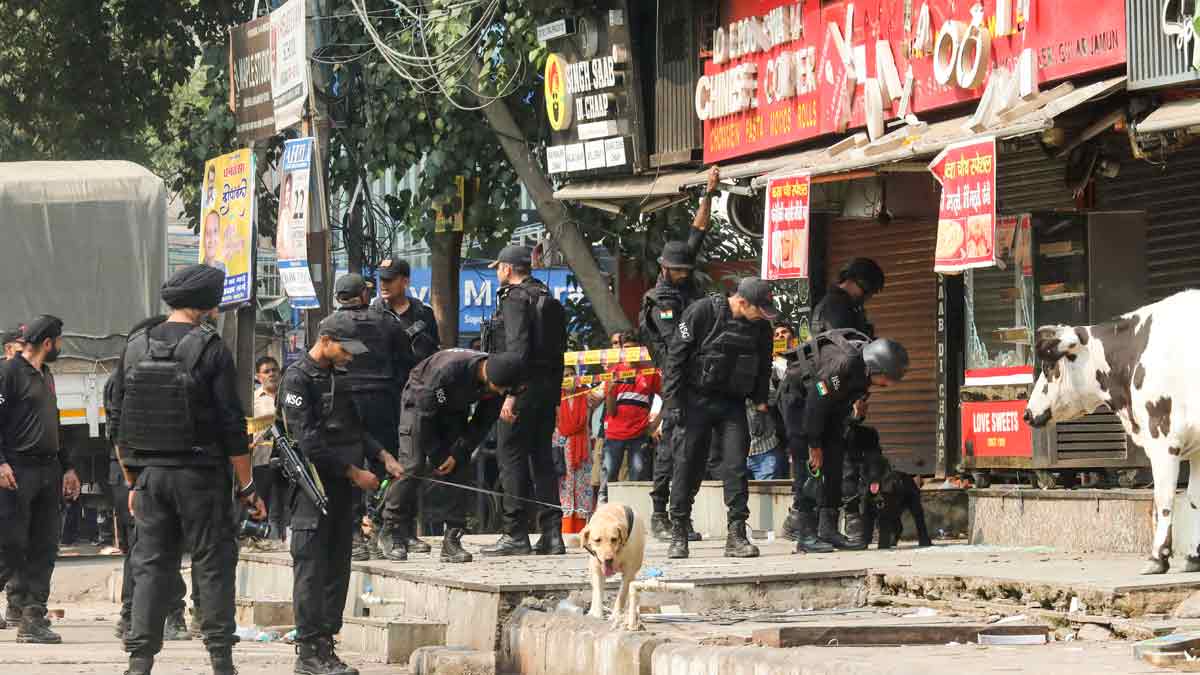
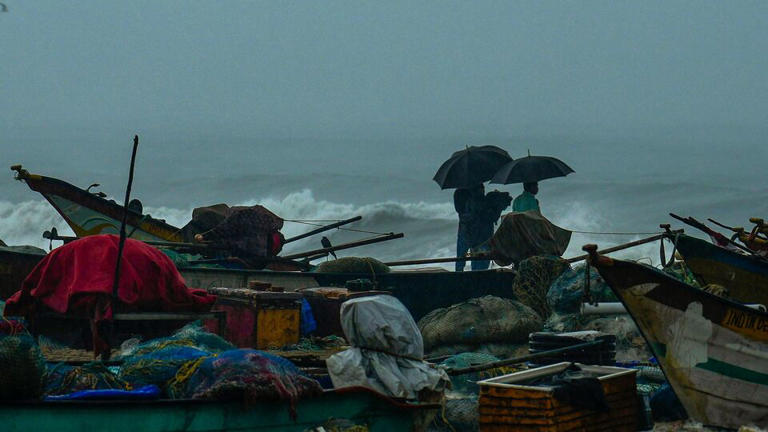

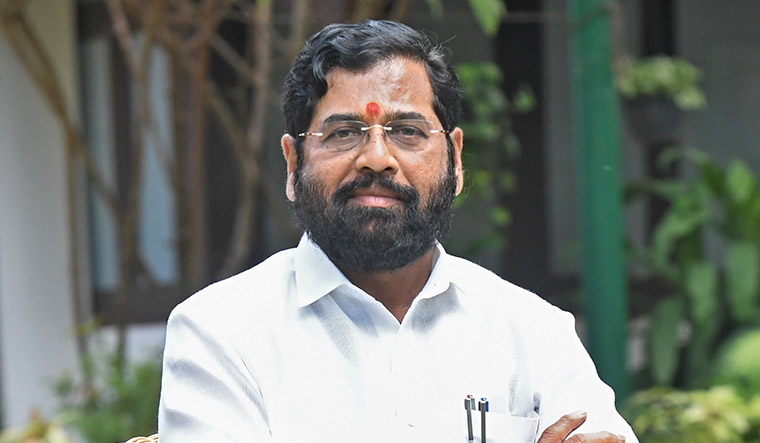
.png)
 (1).png)
